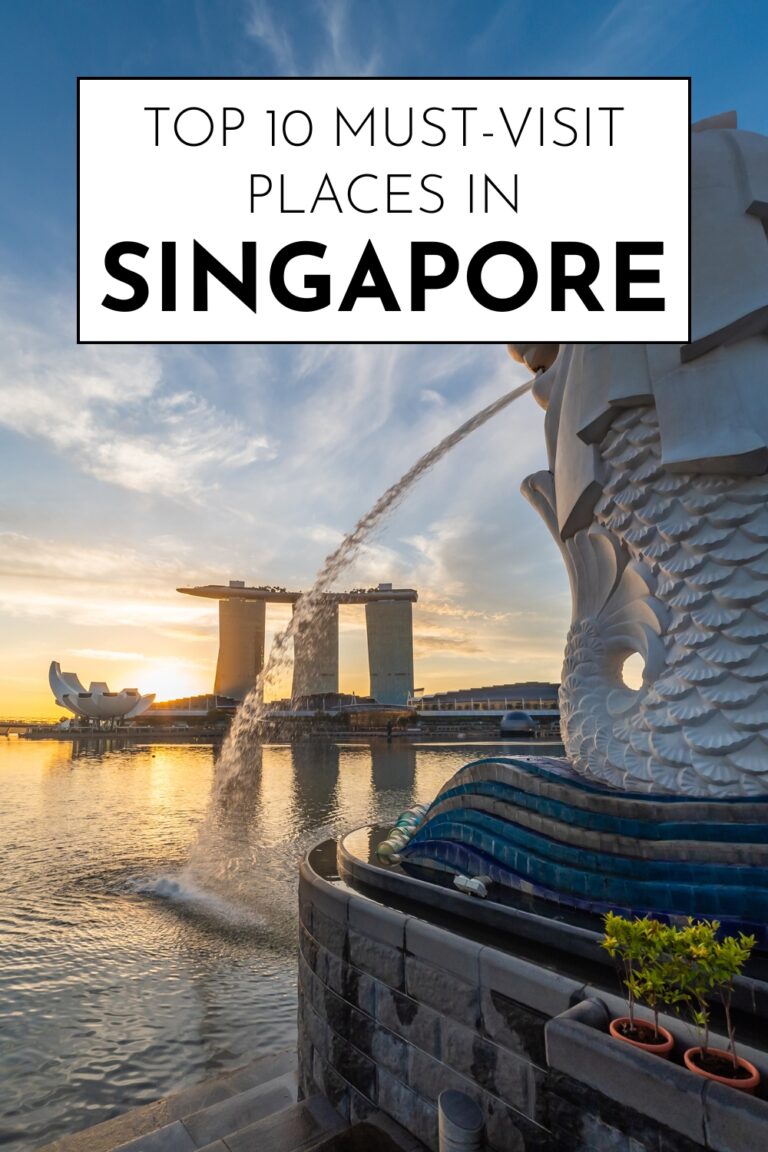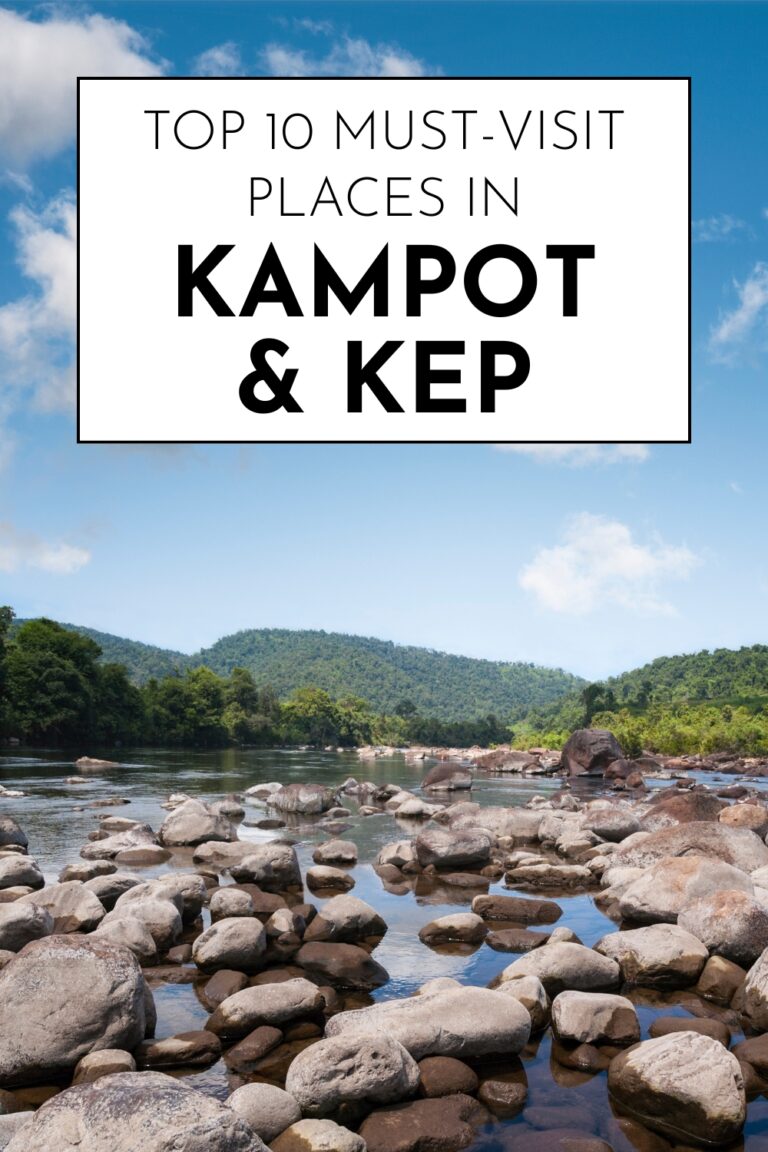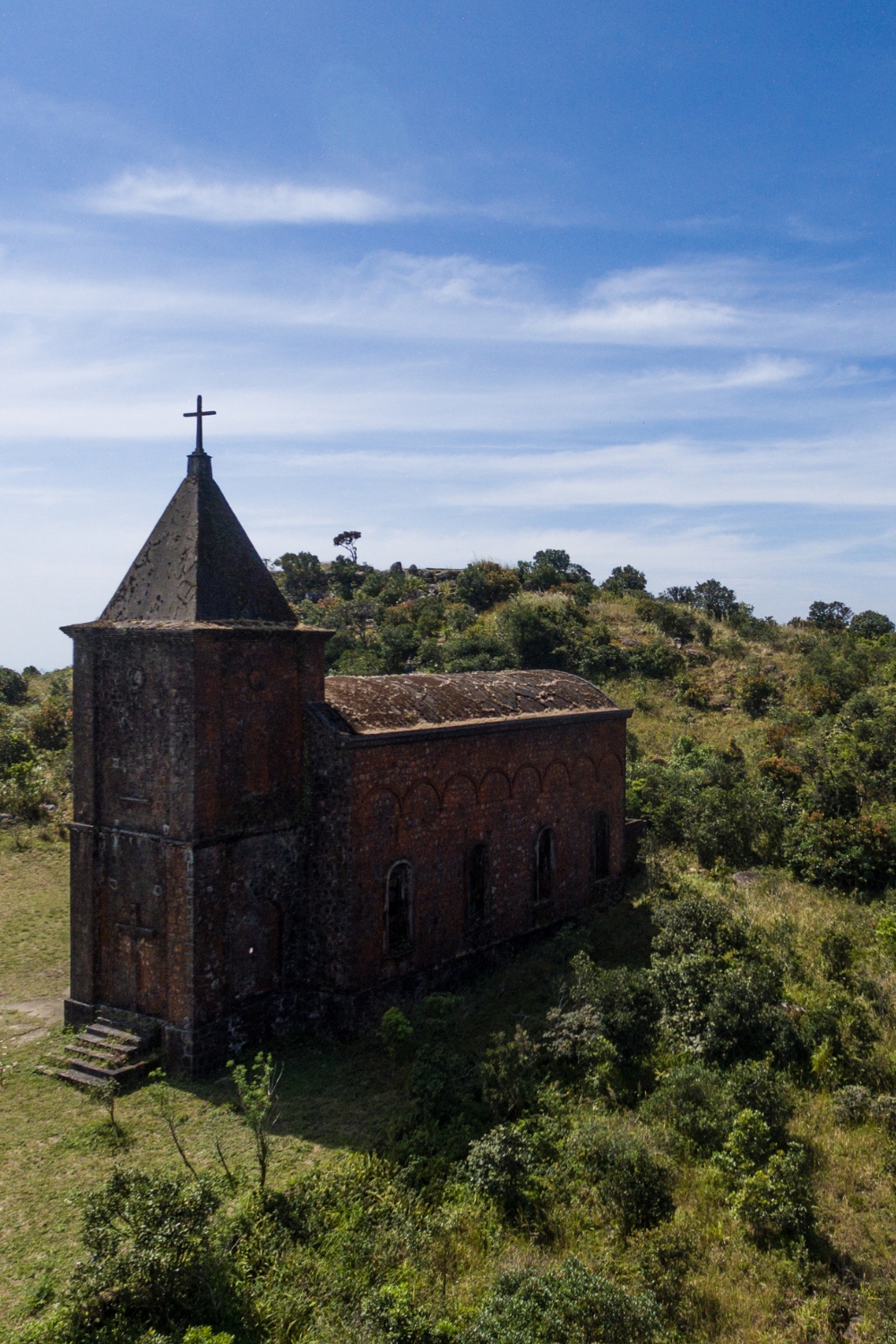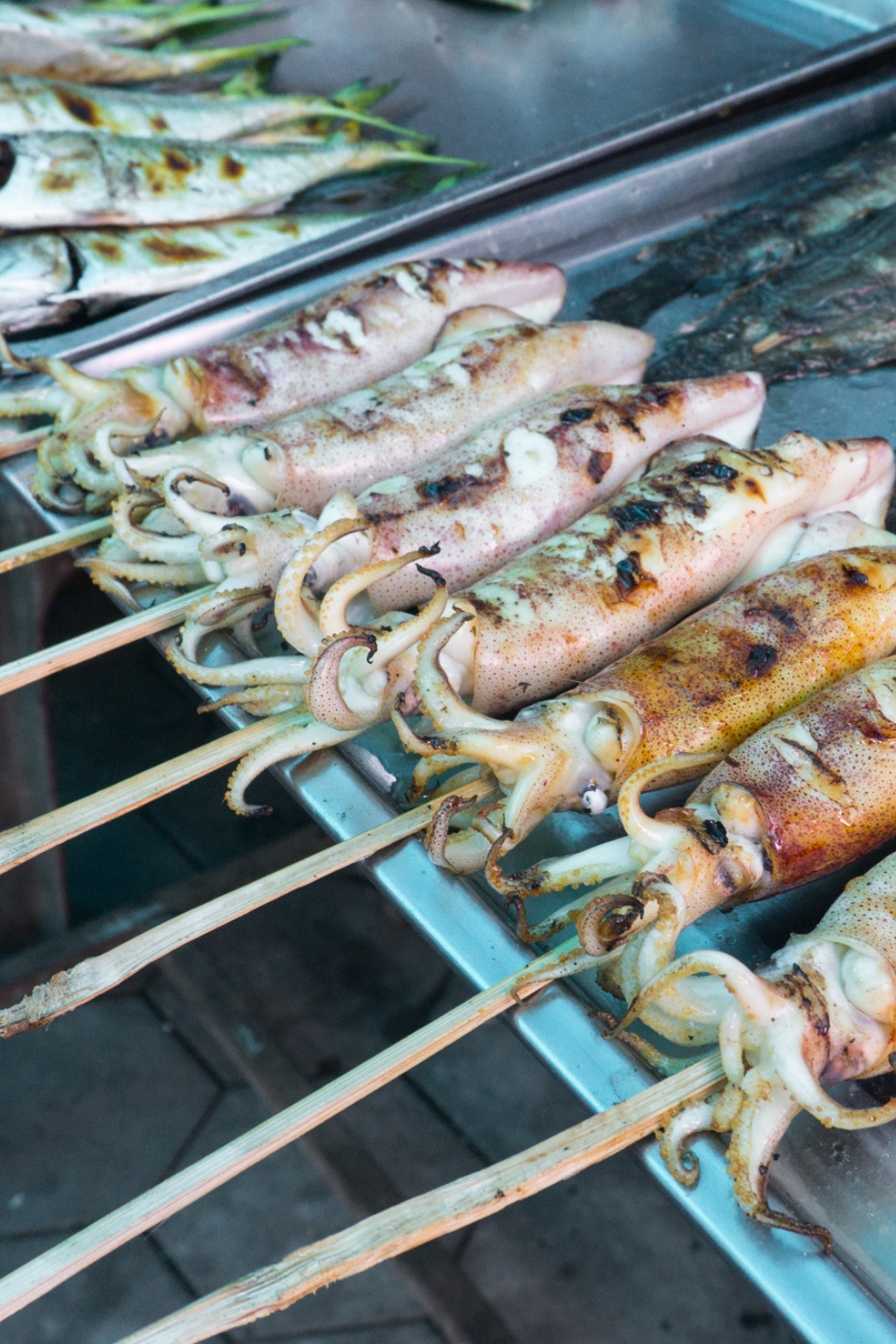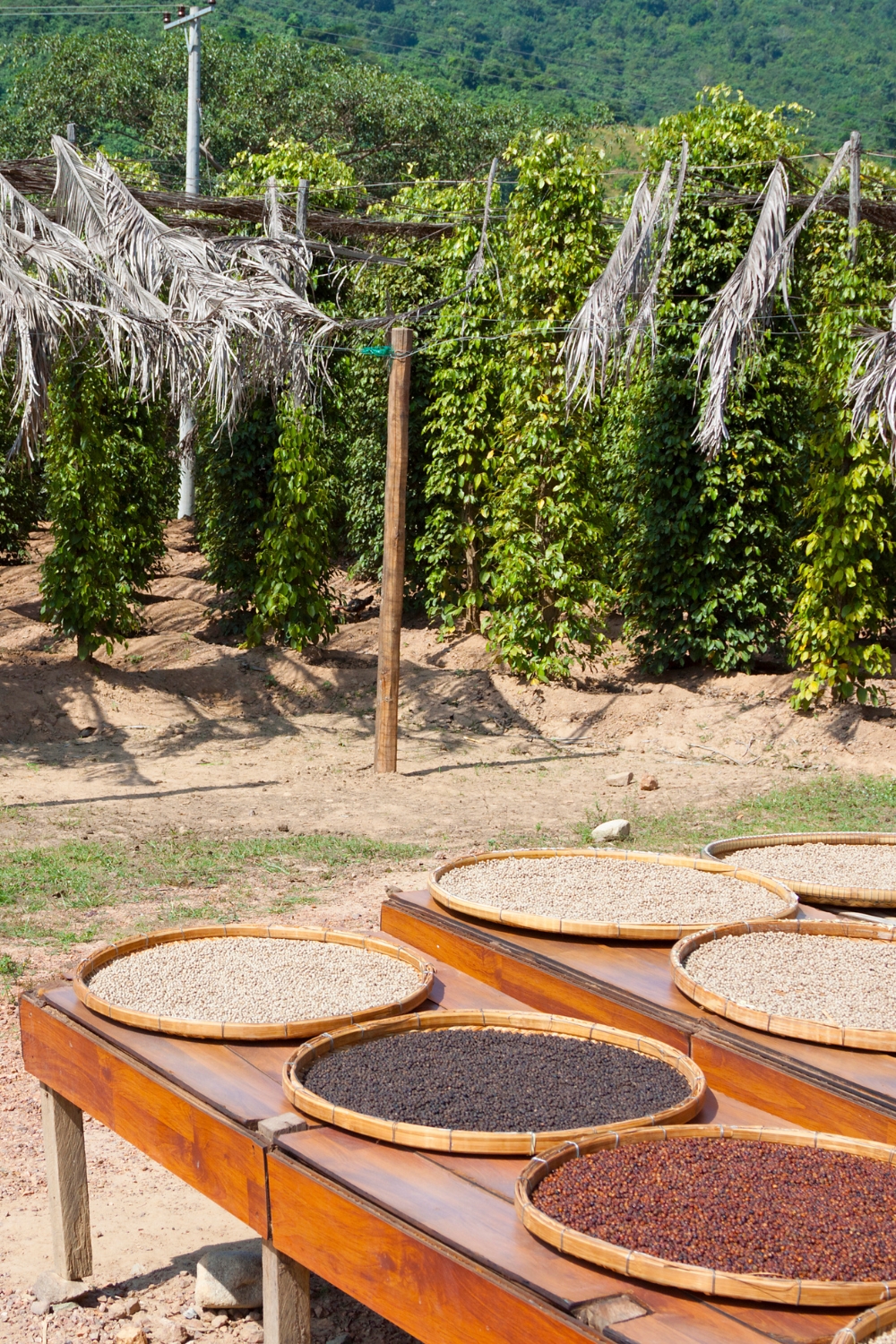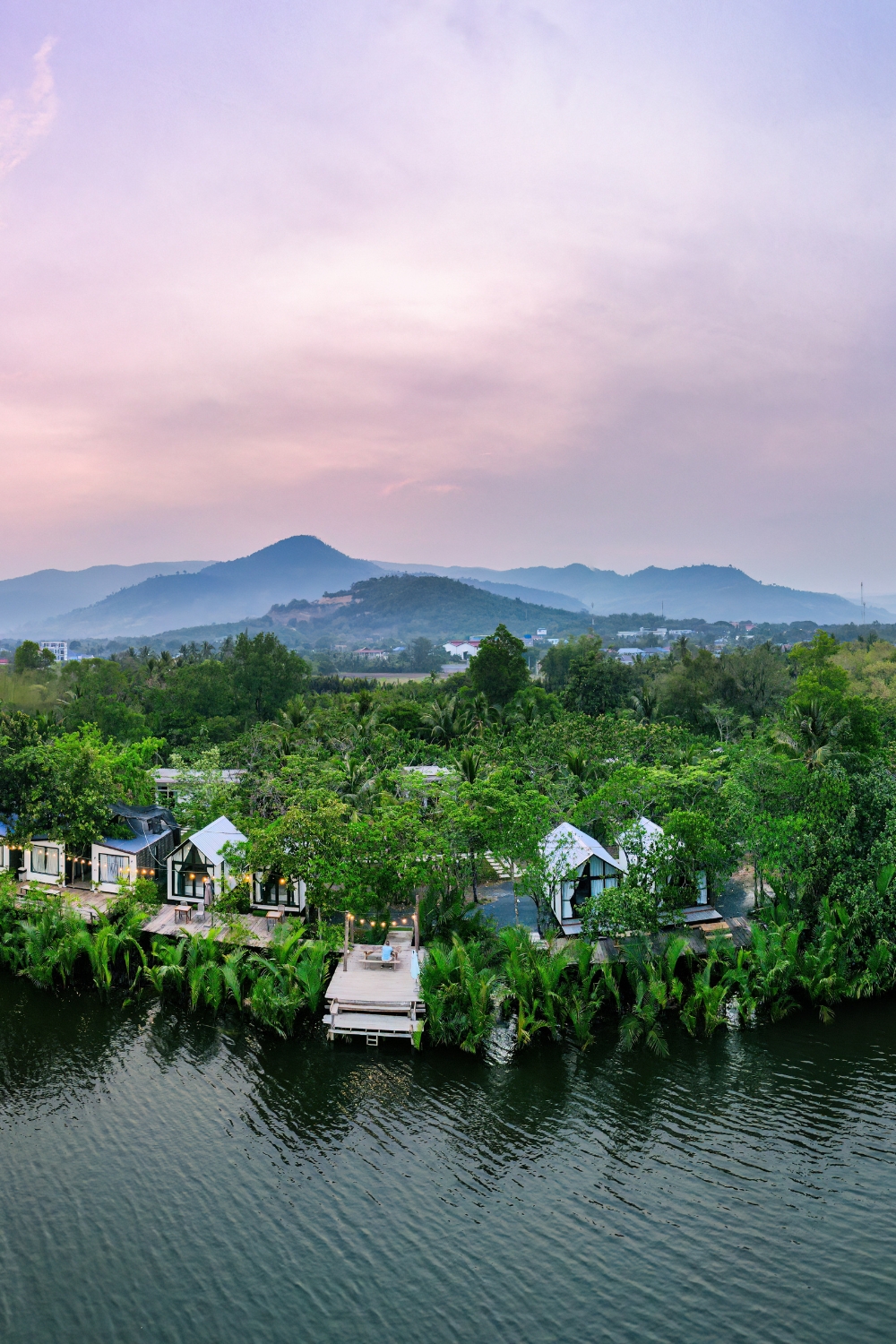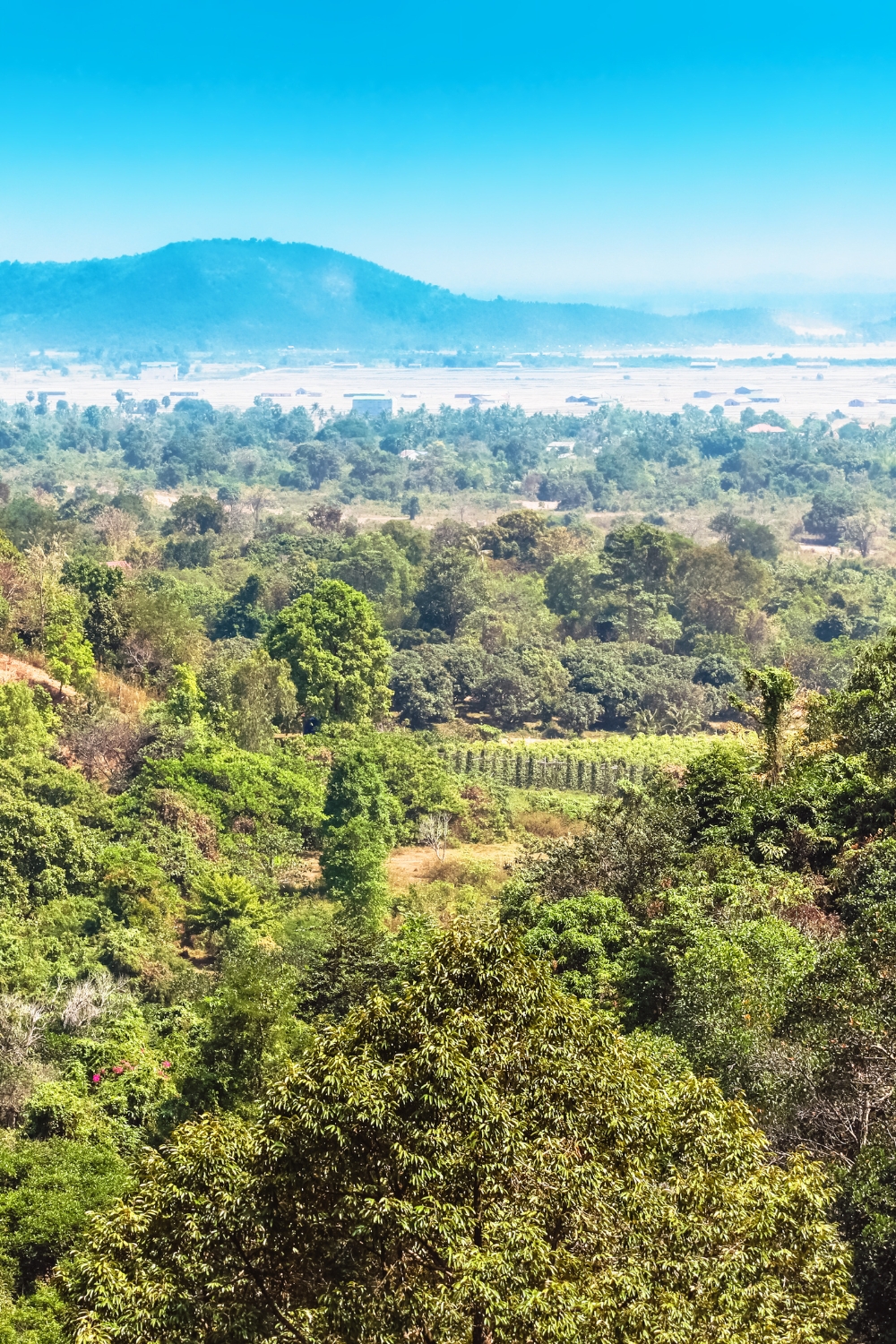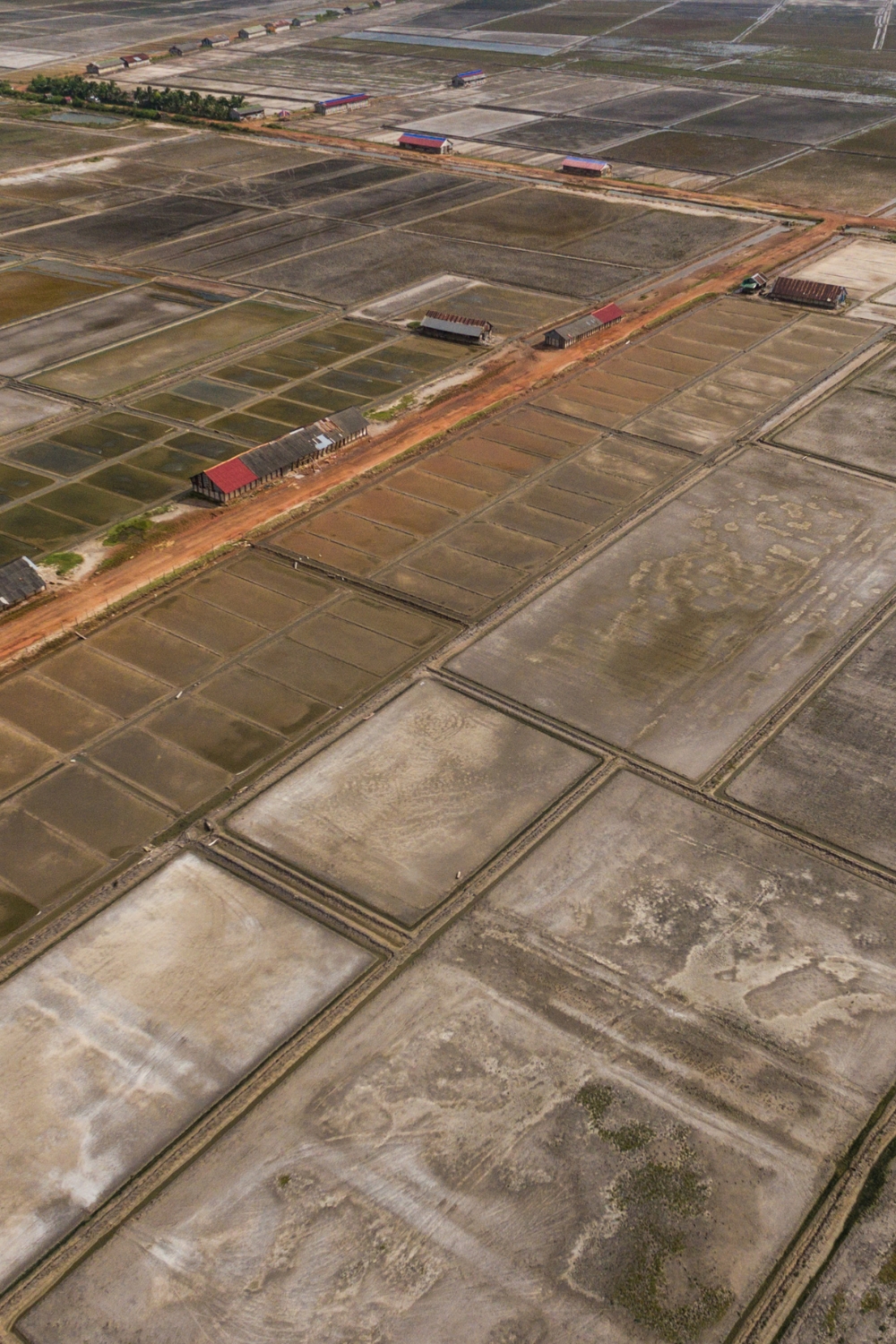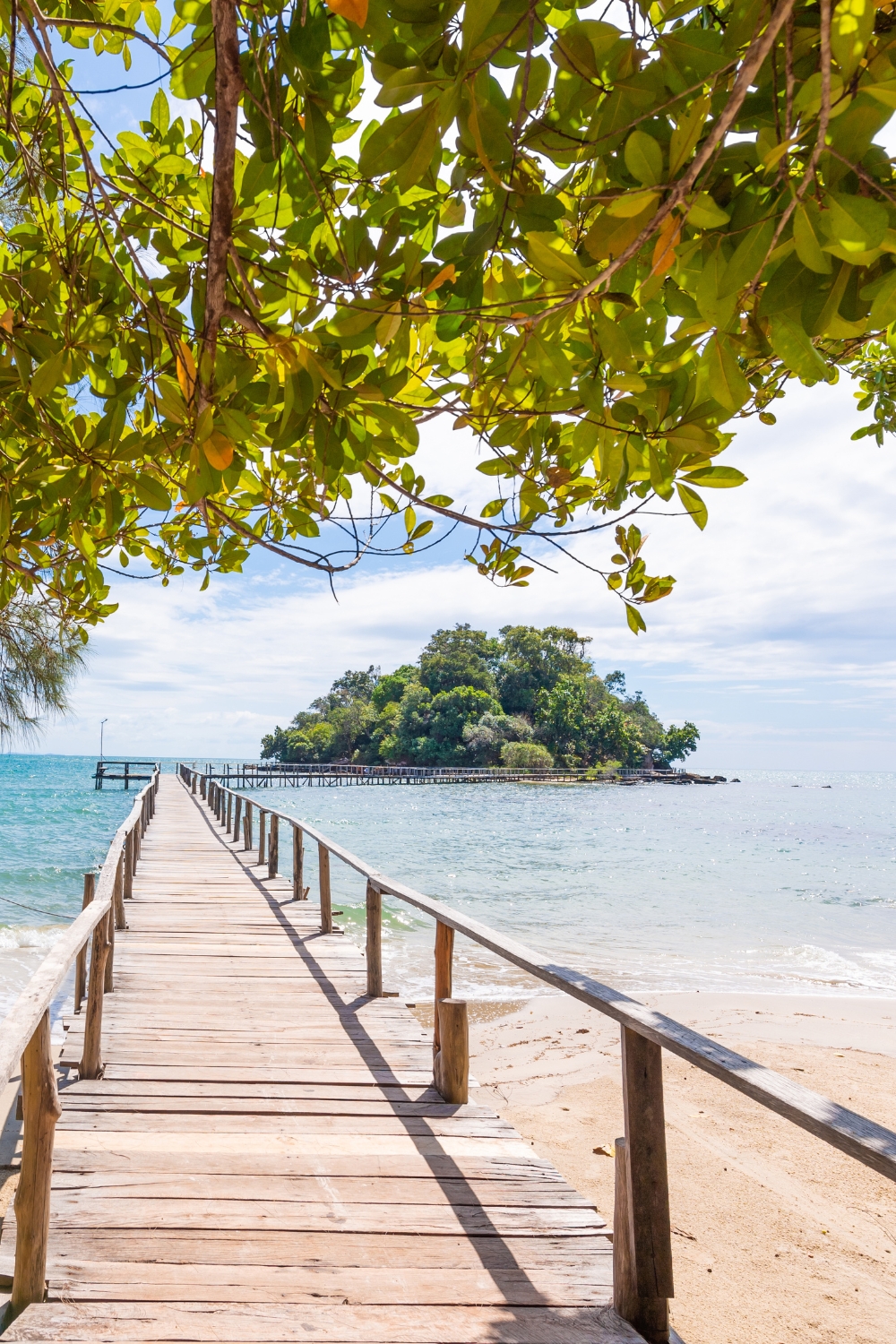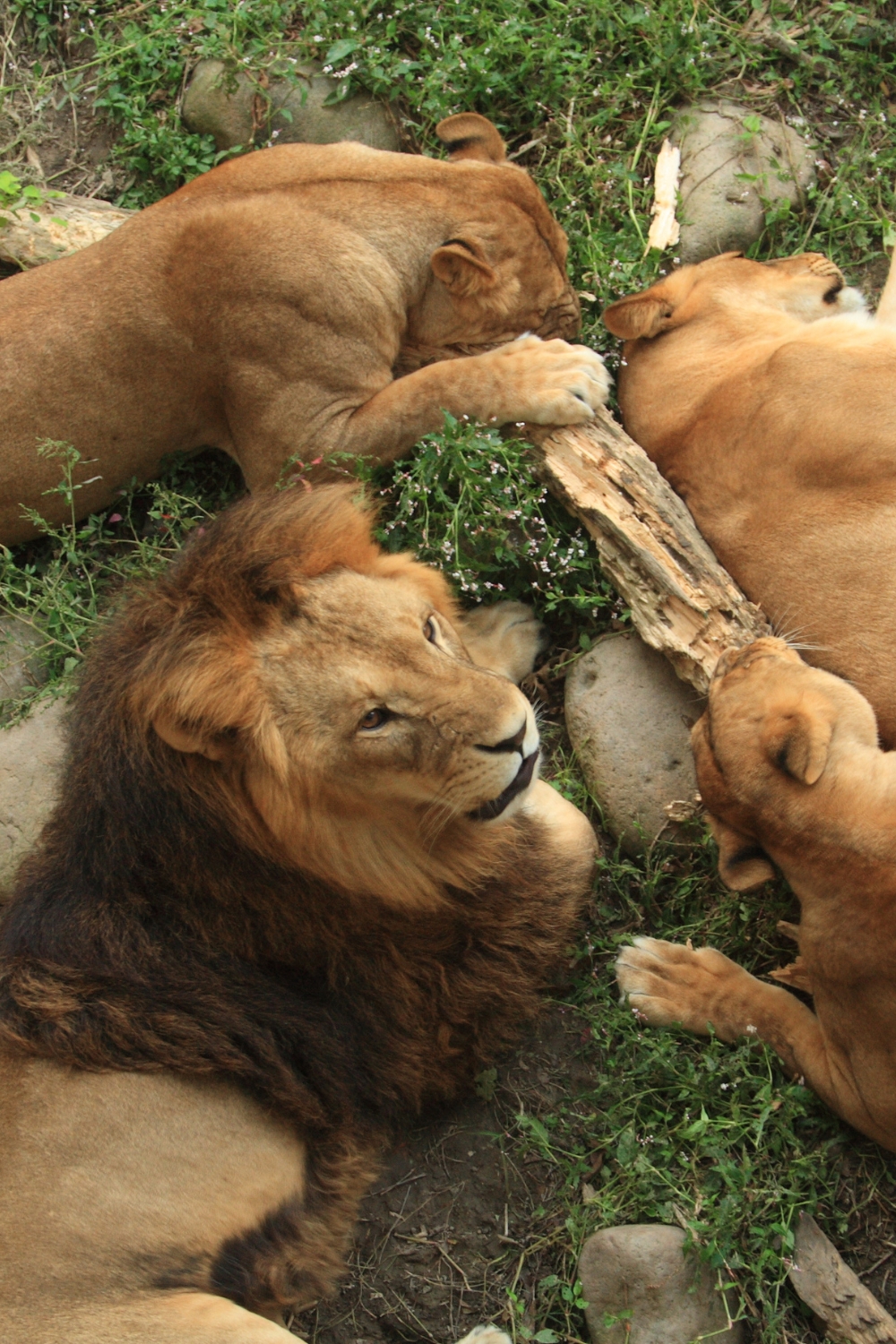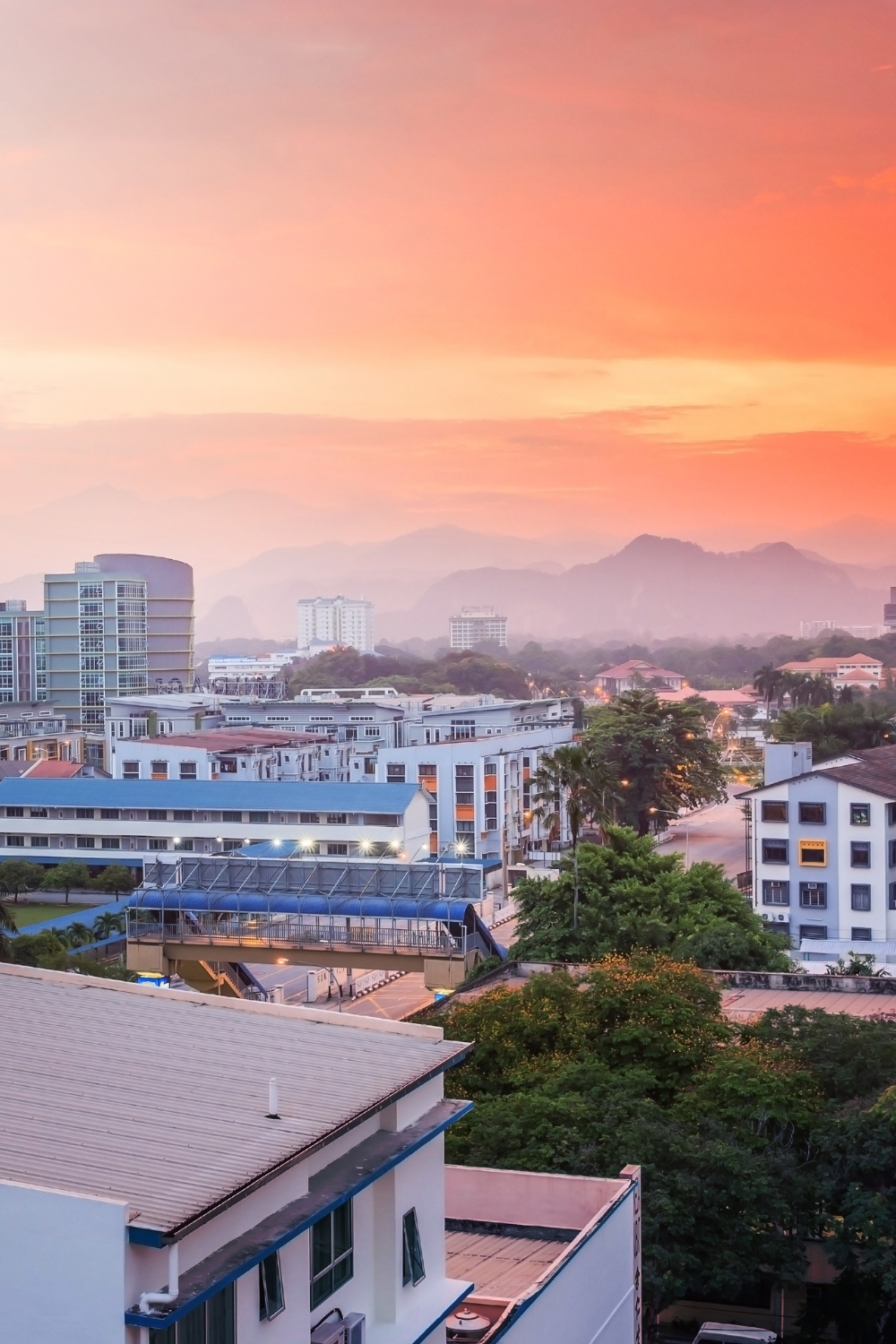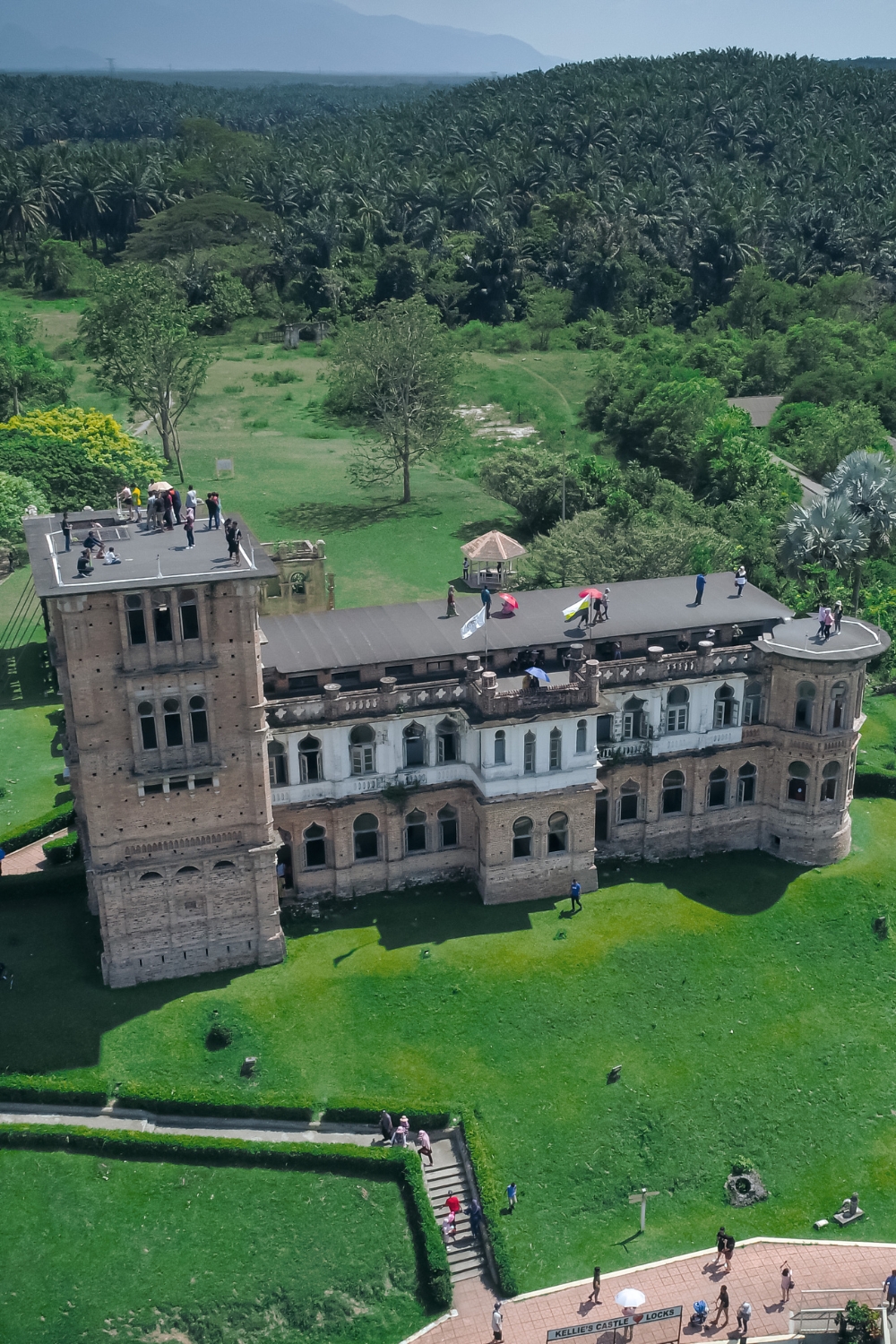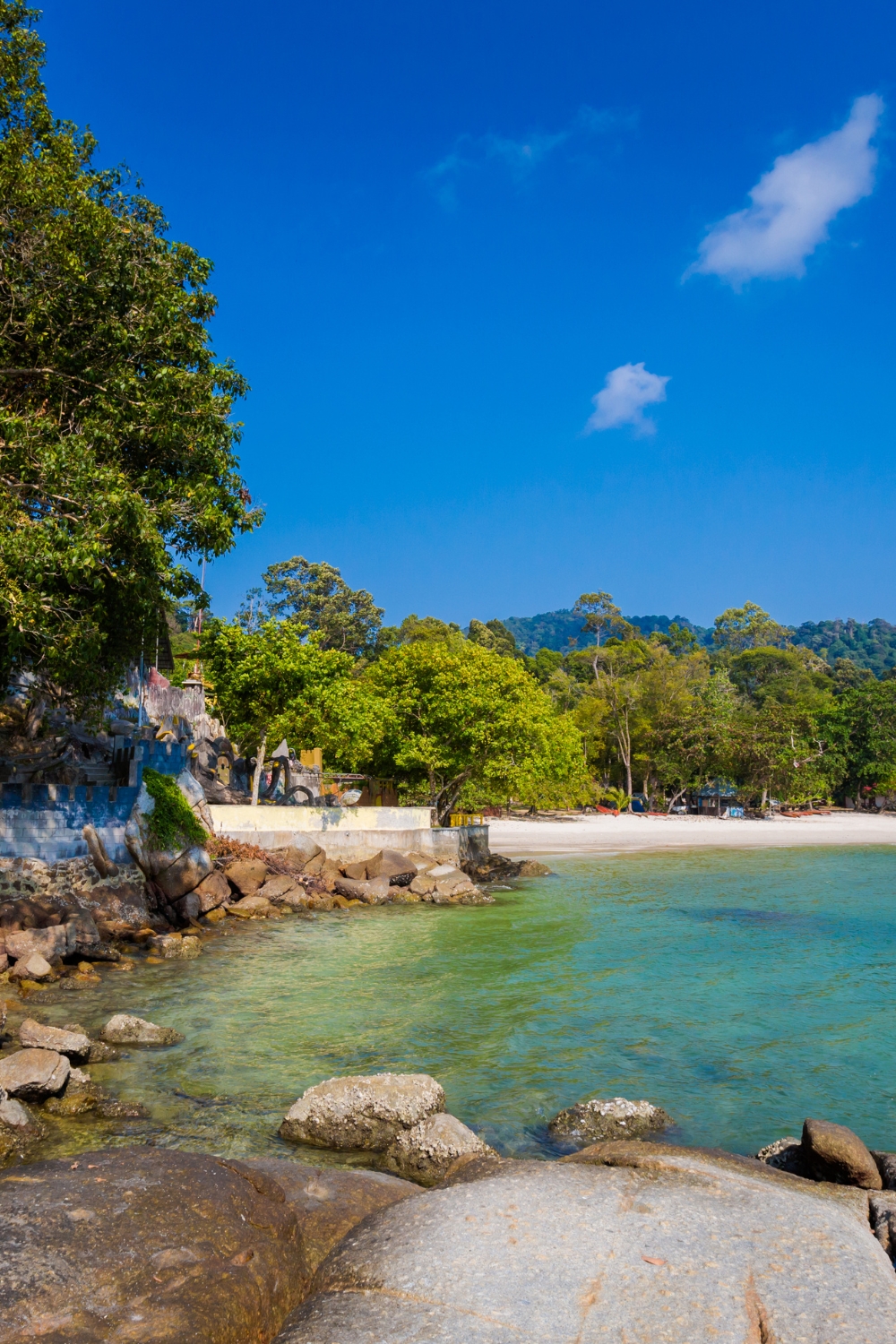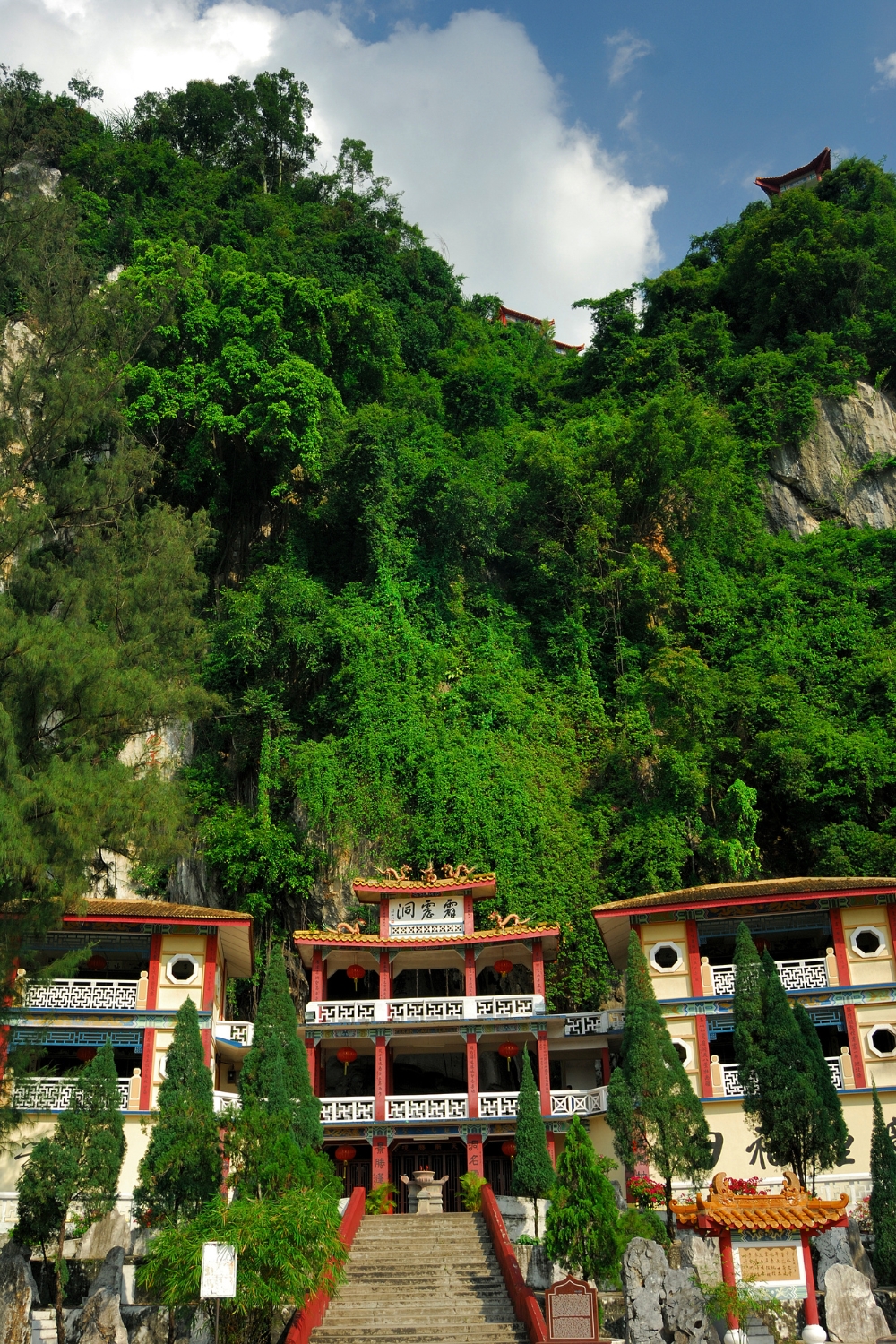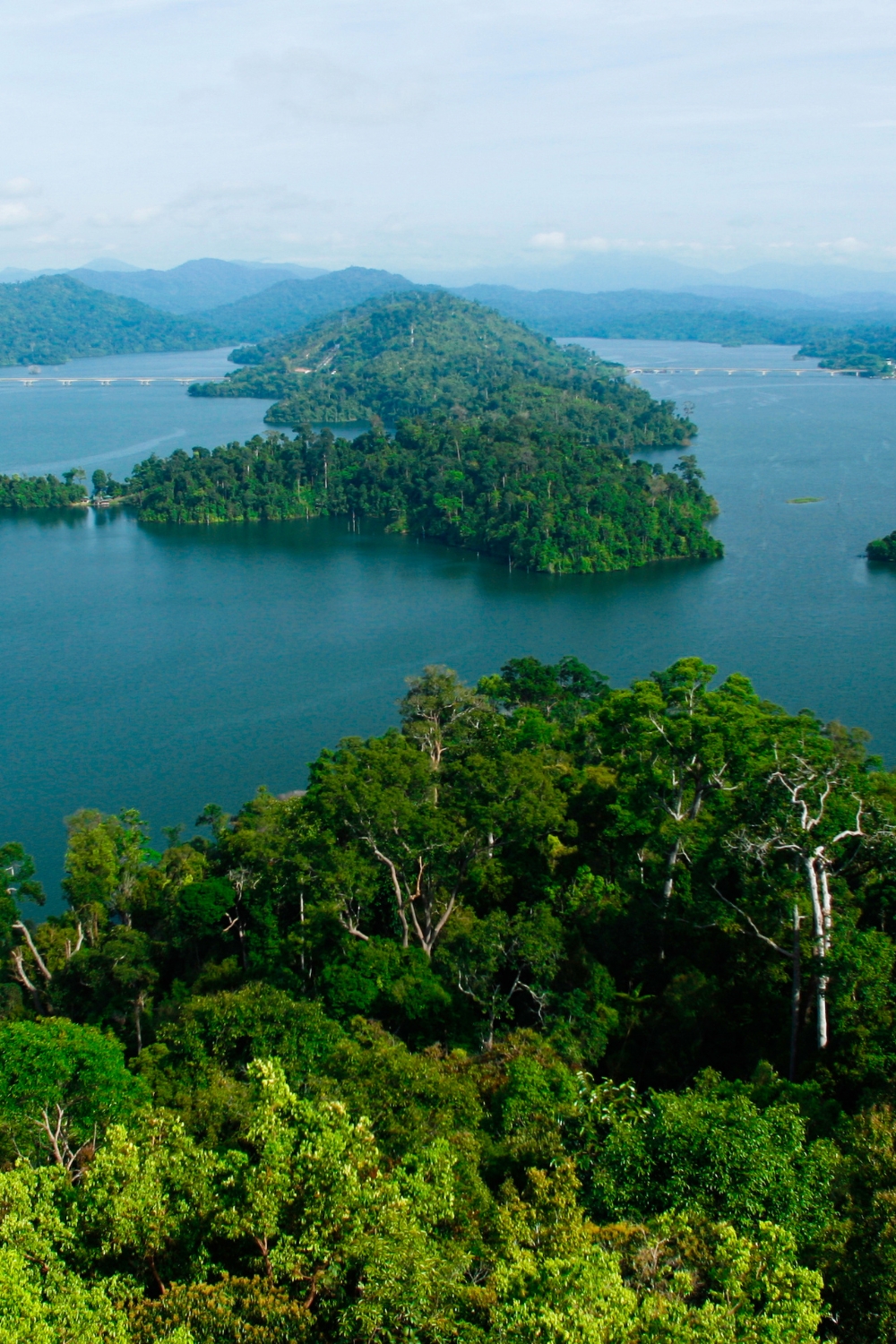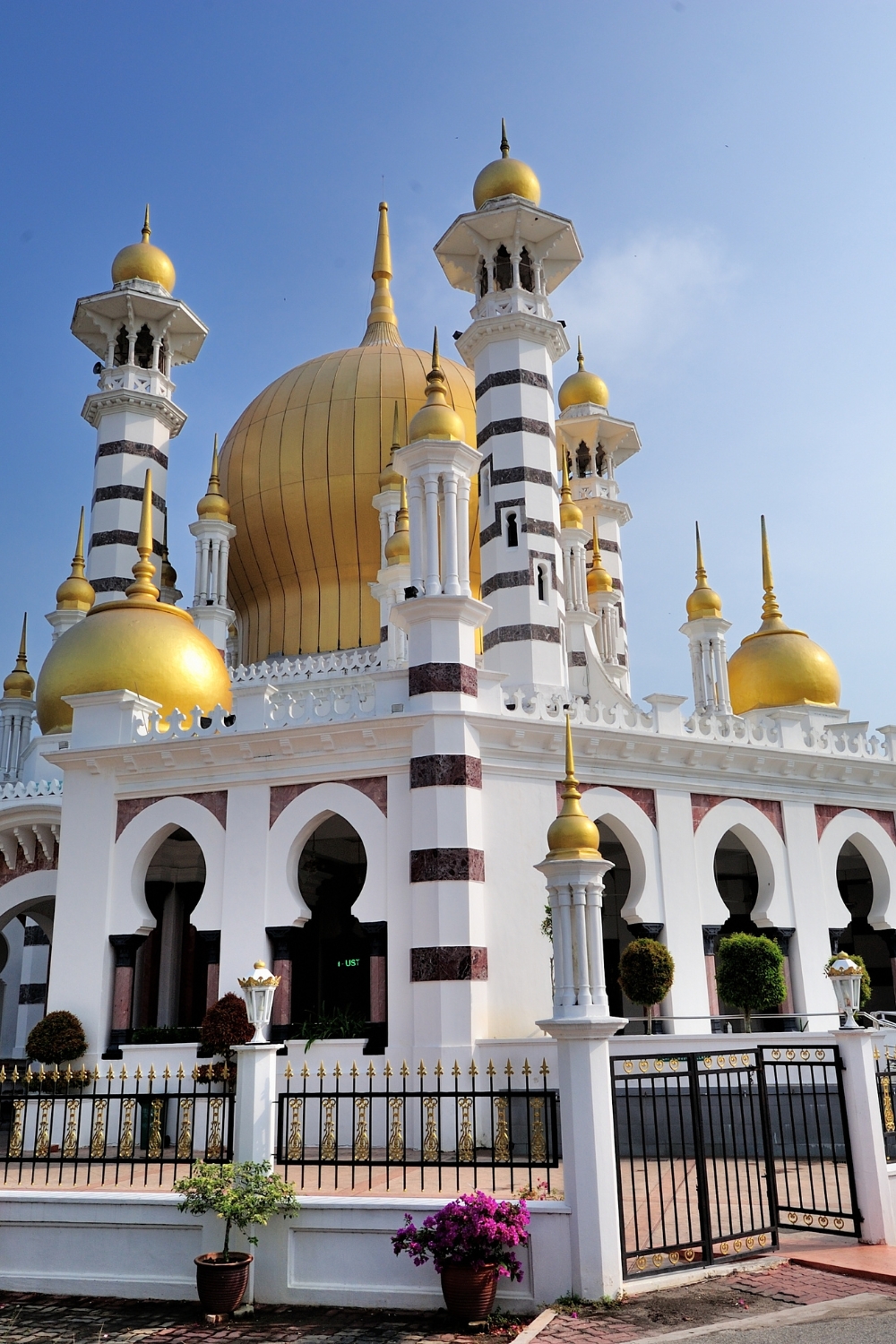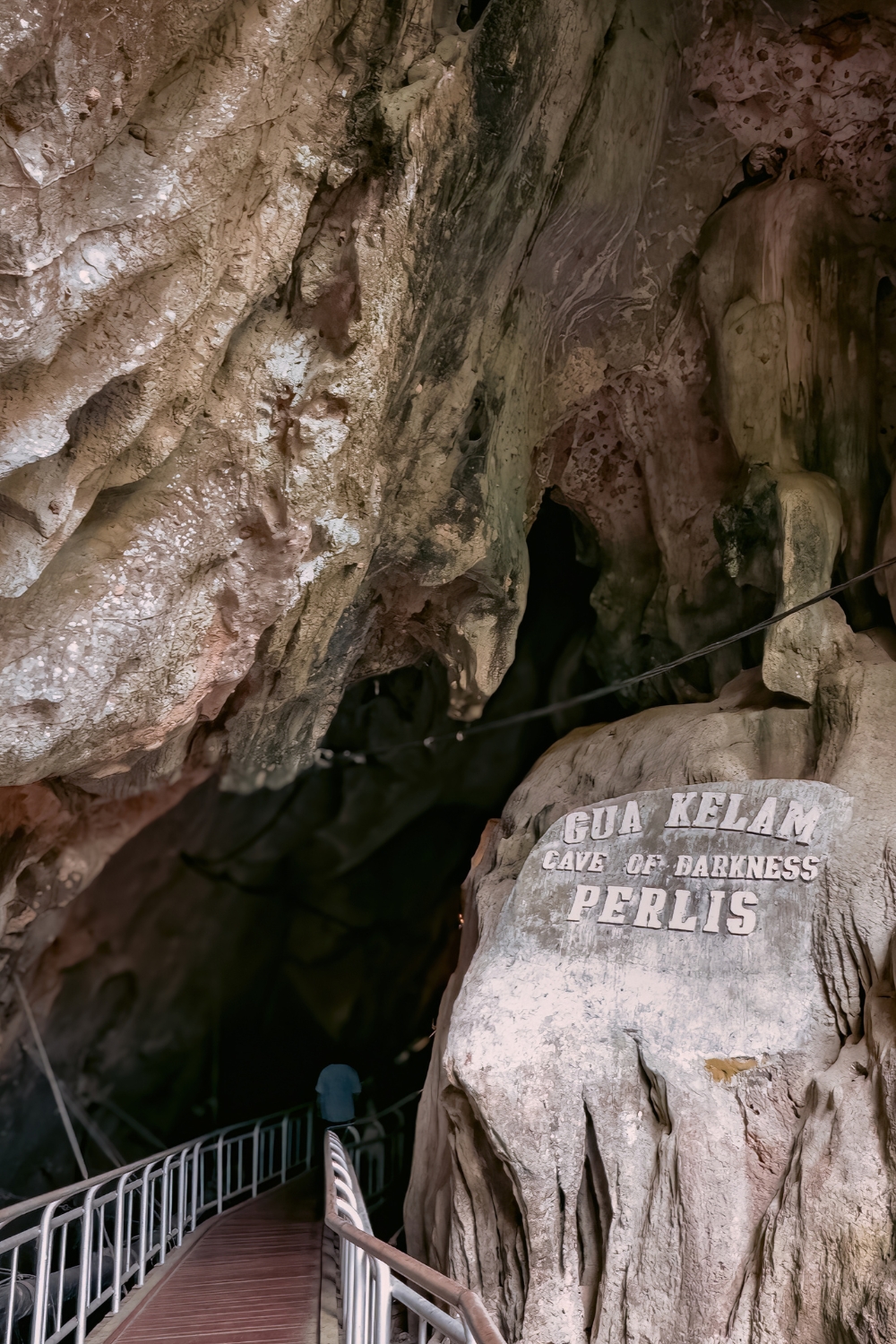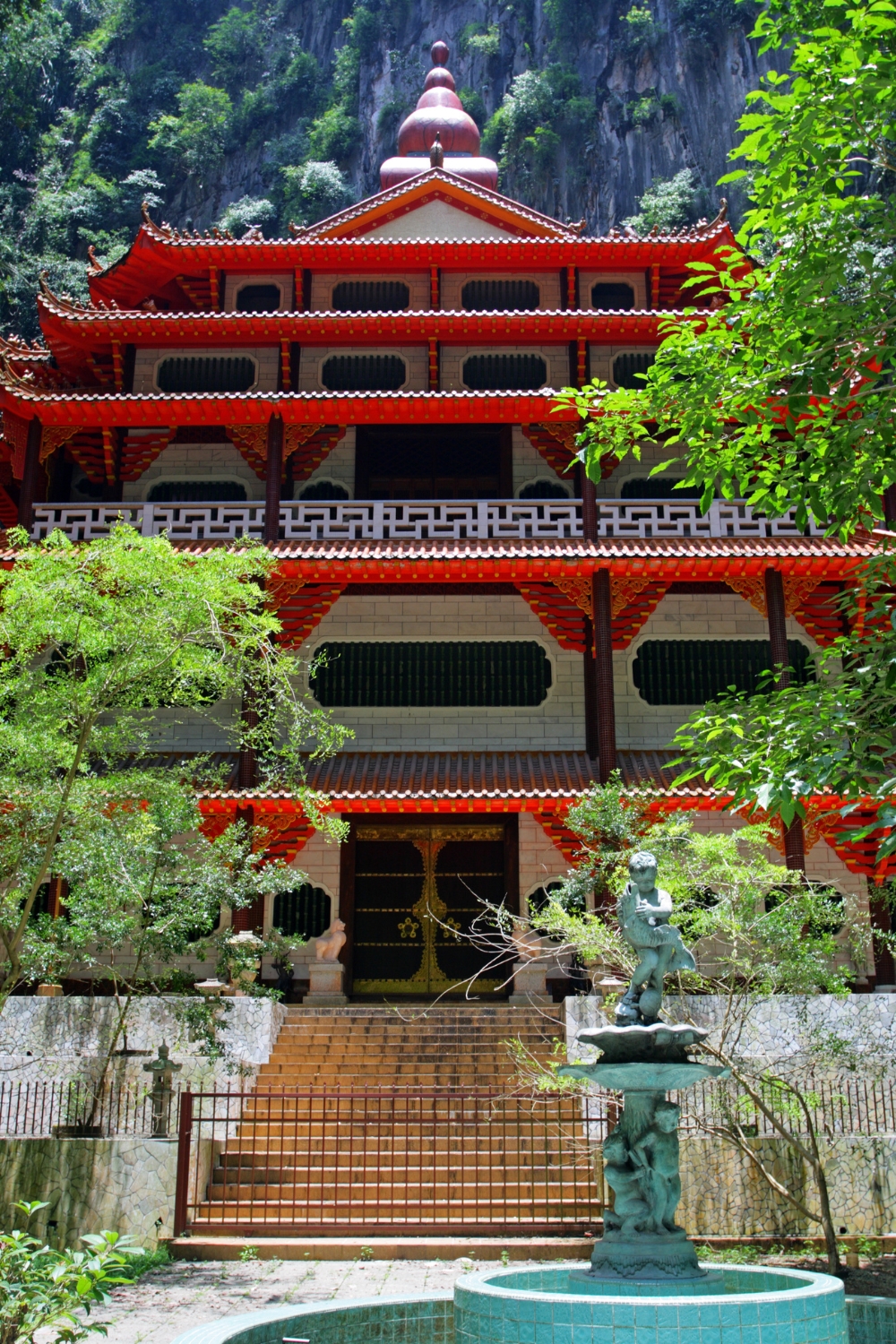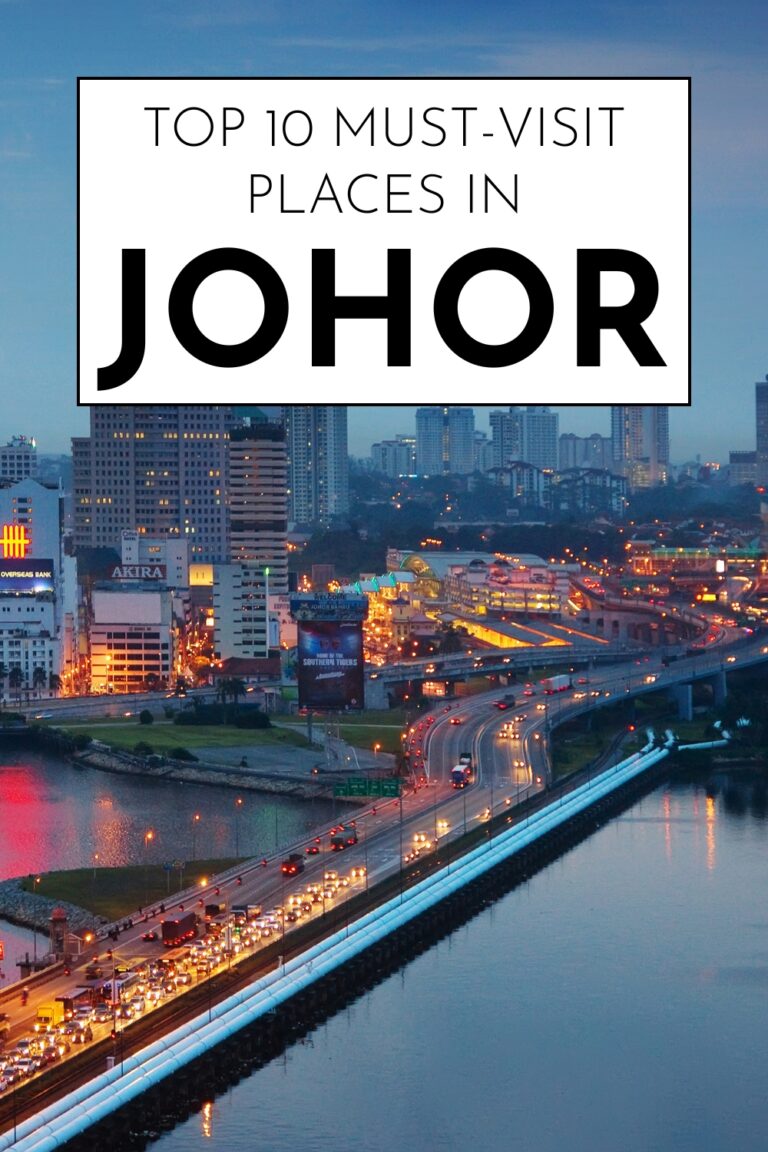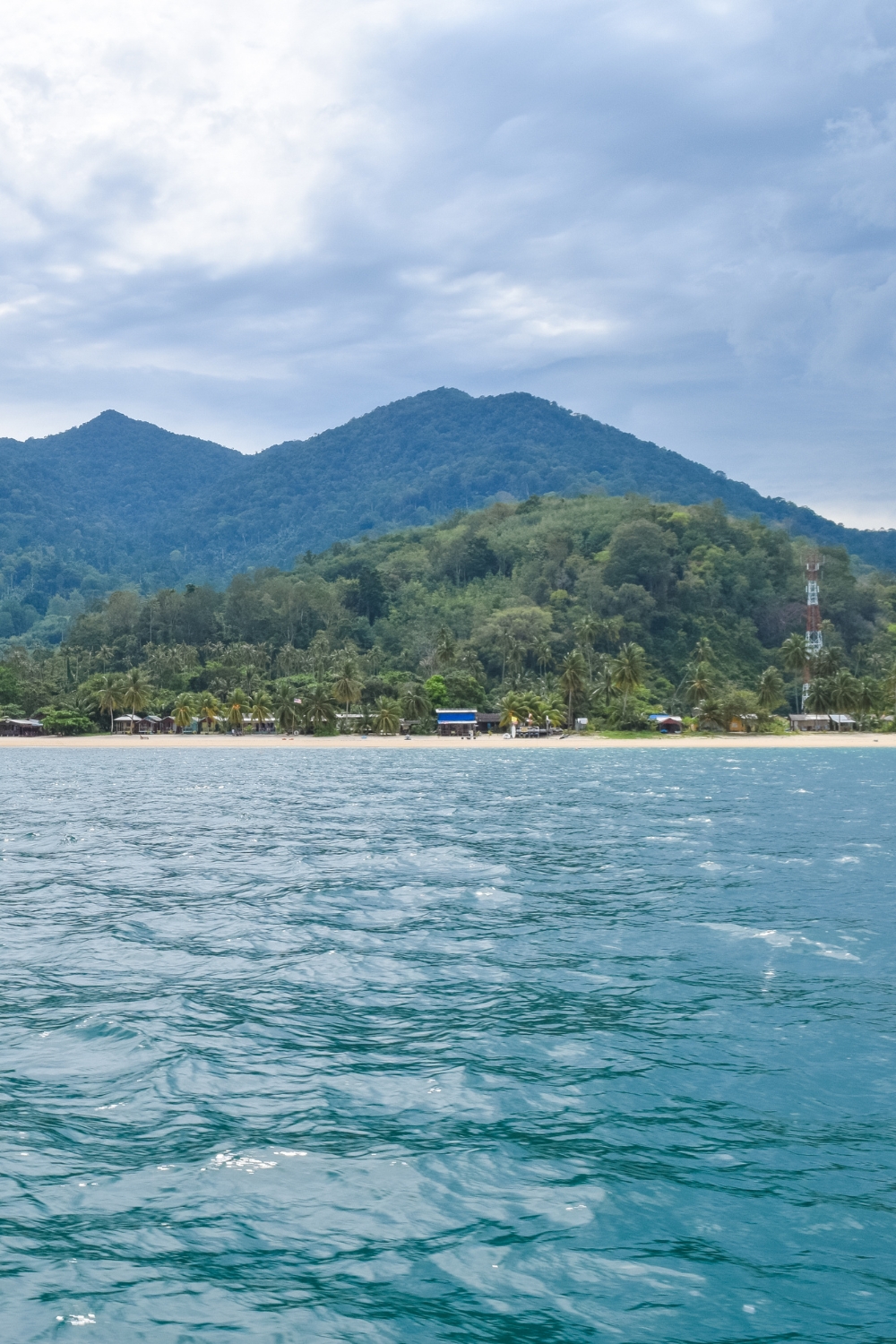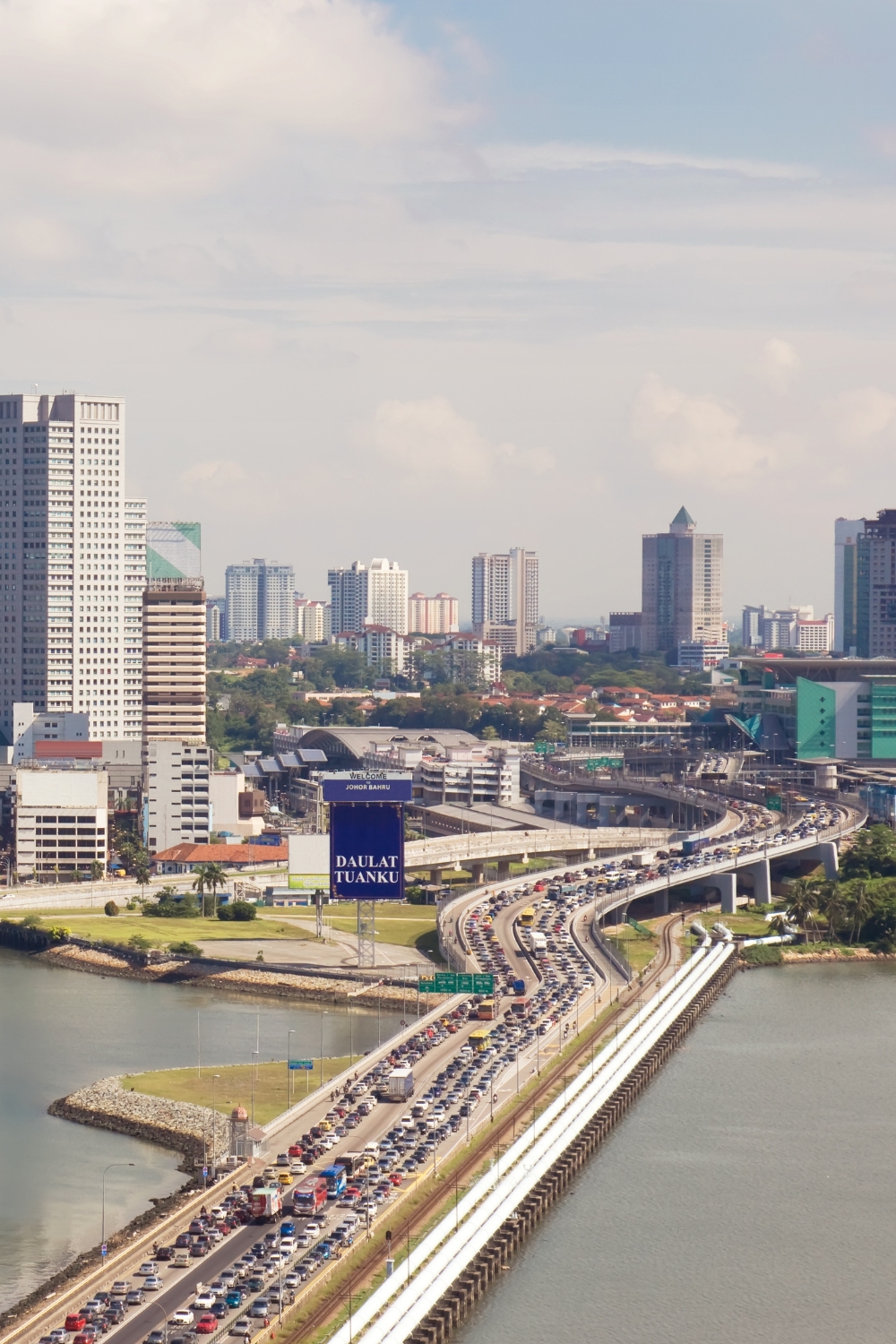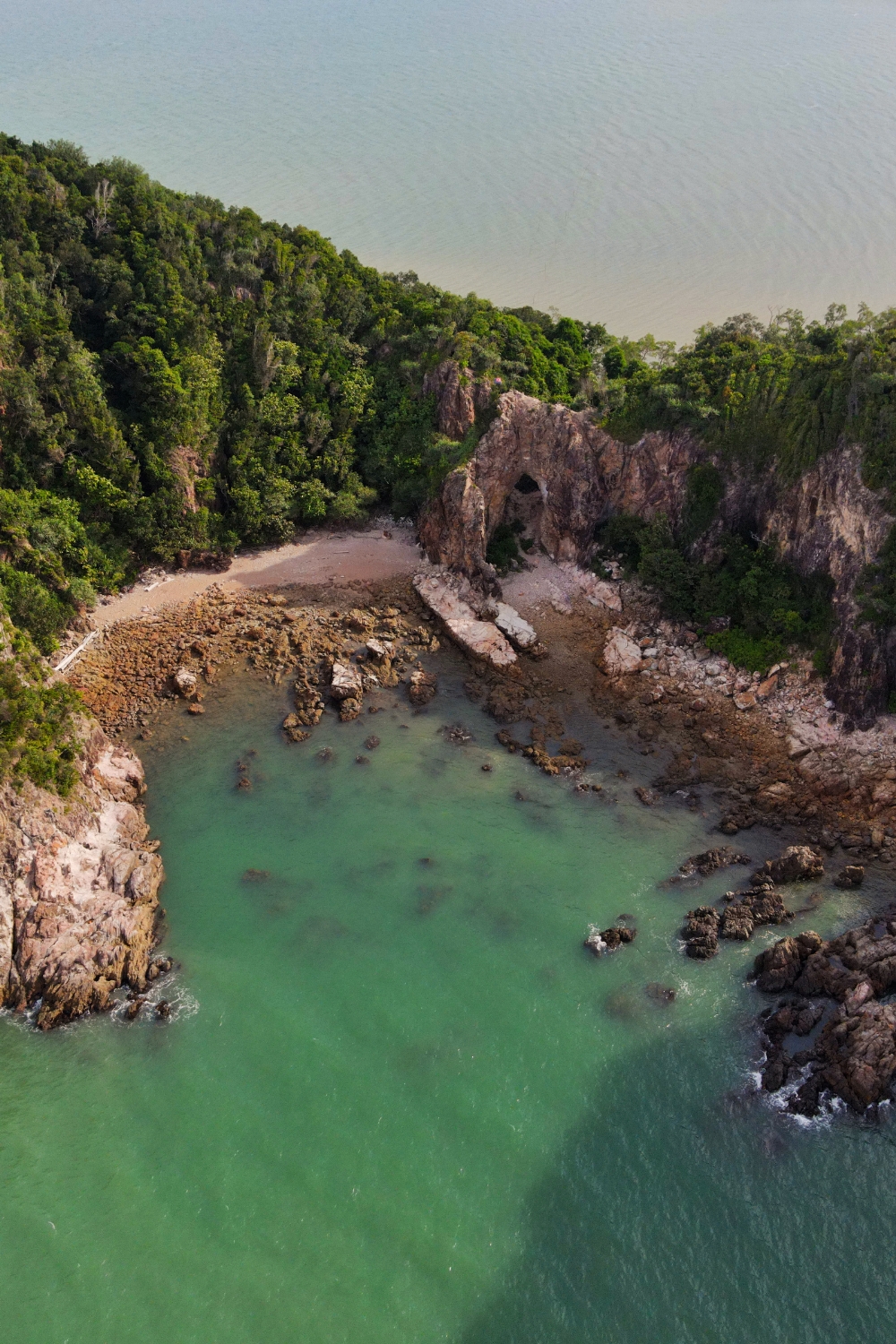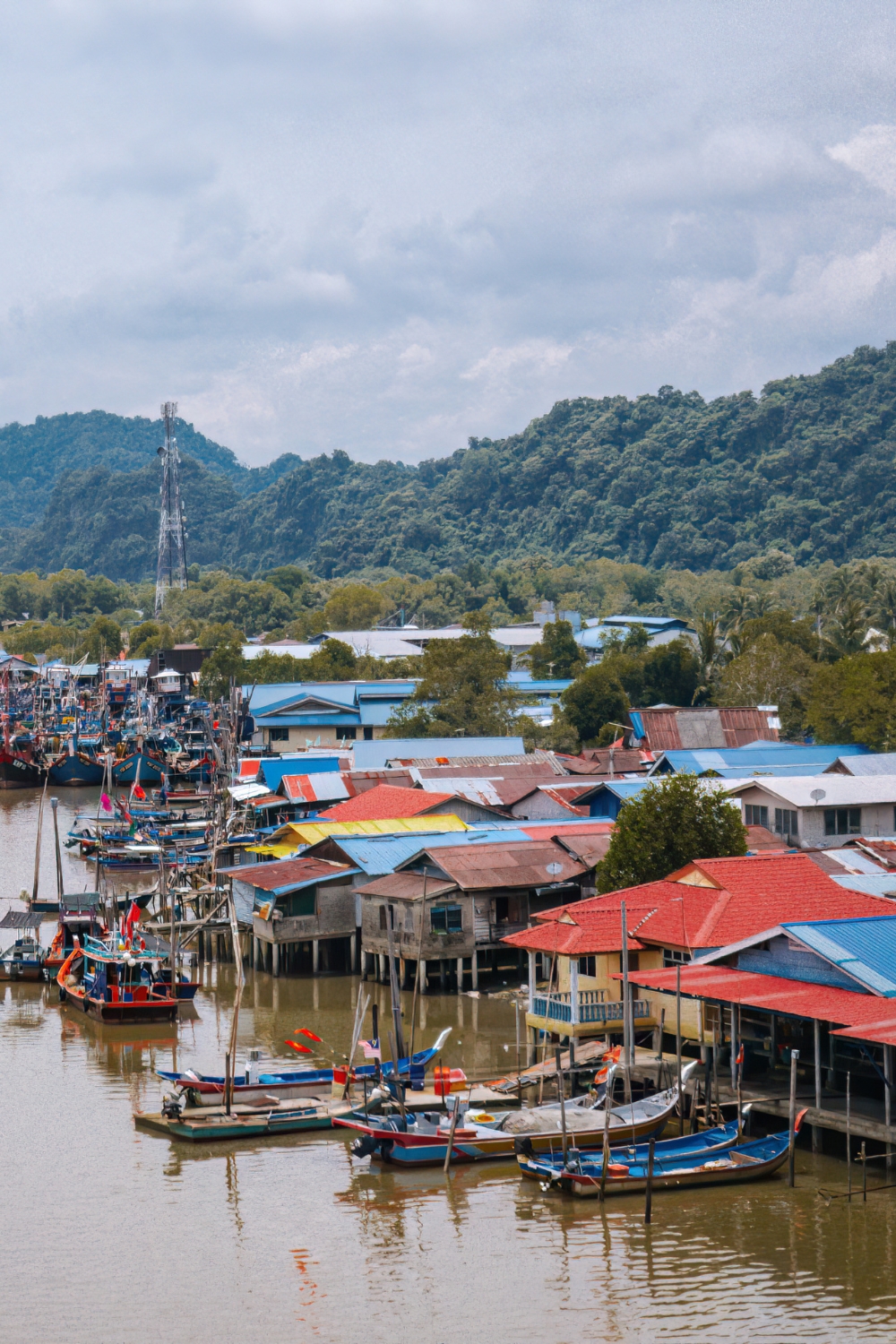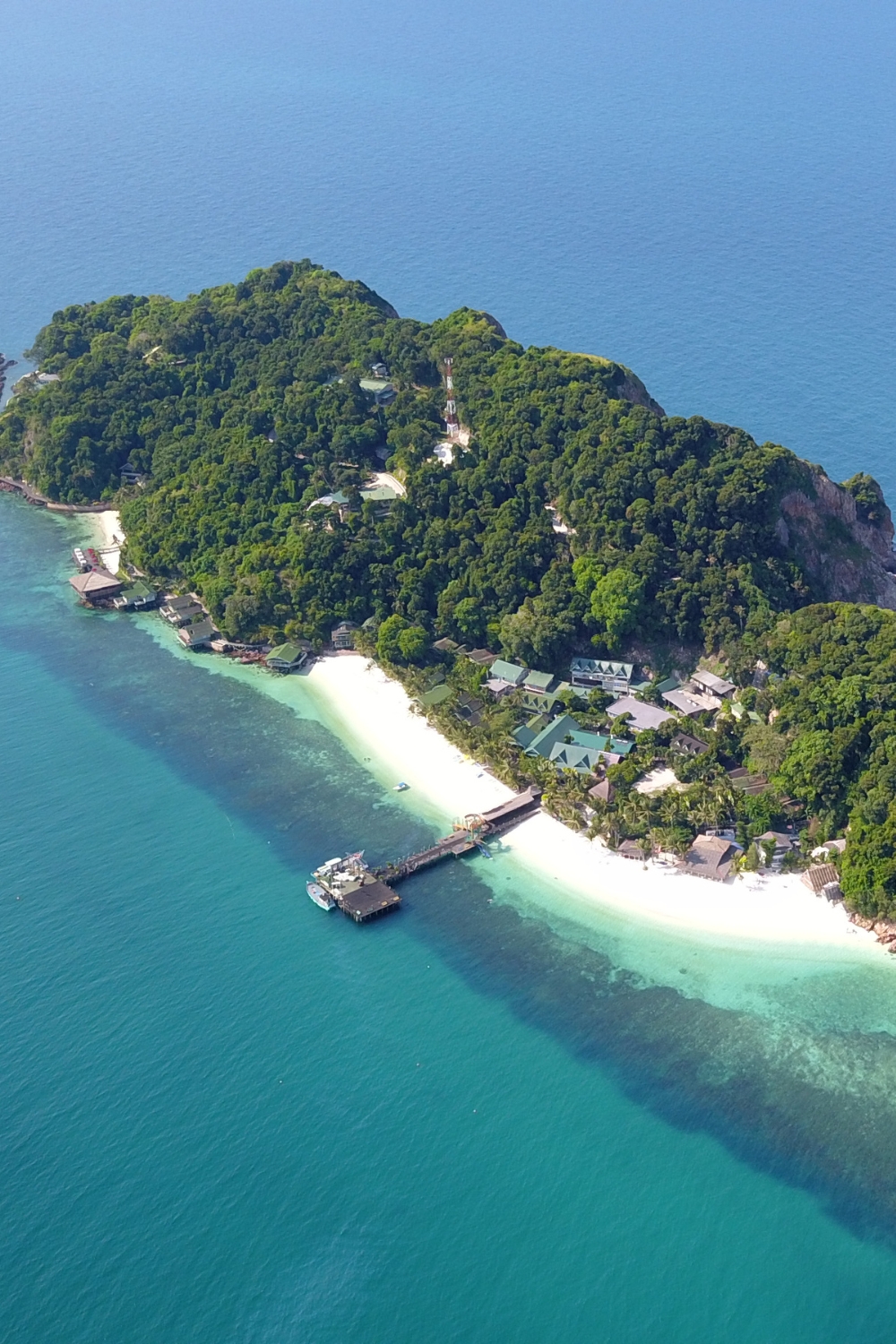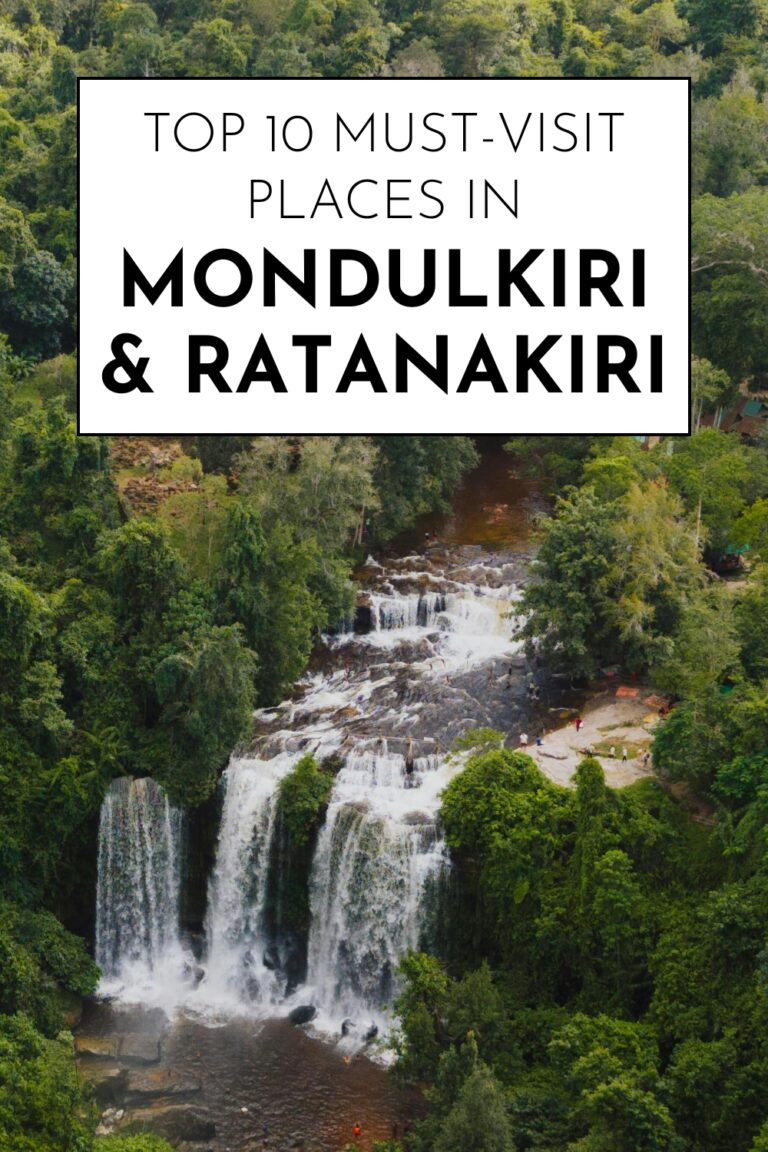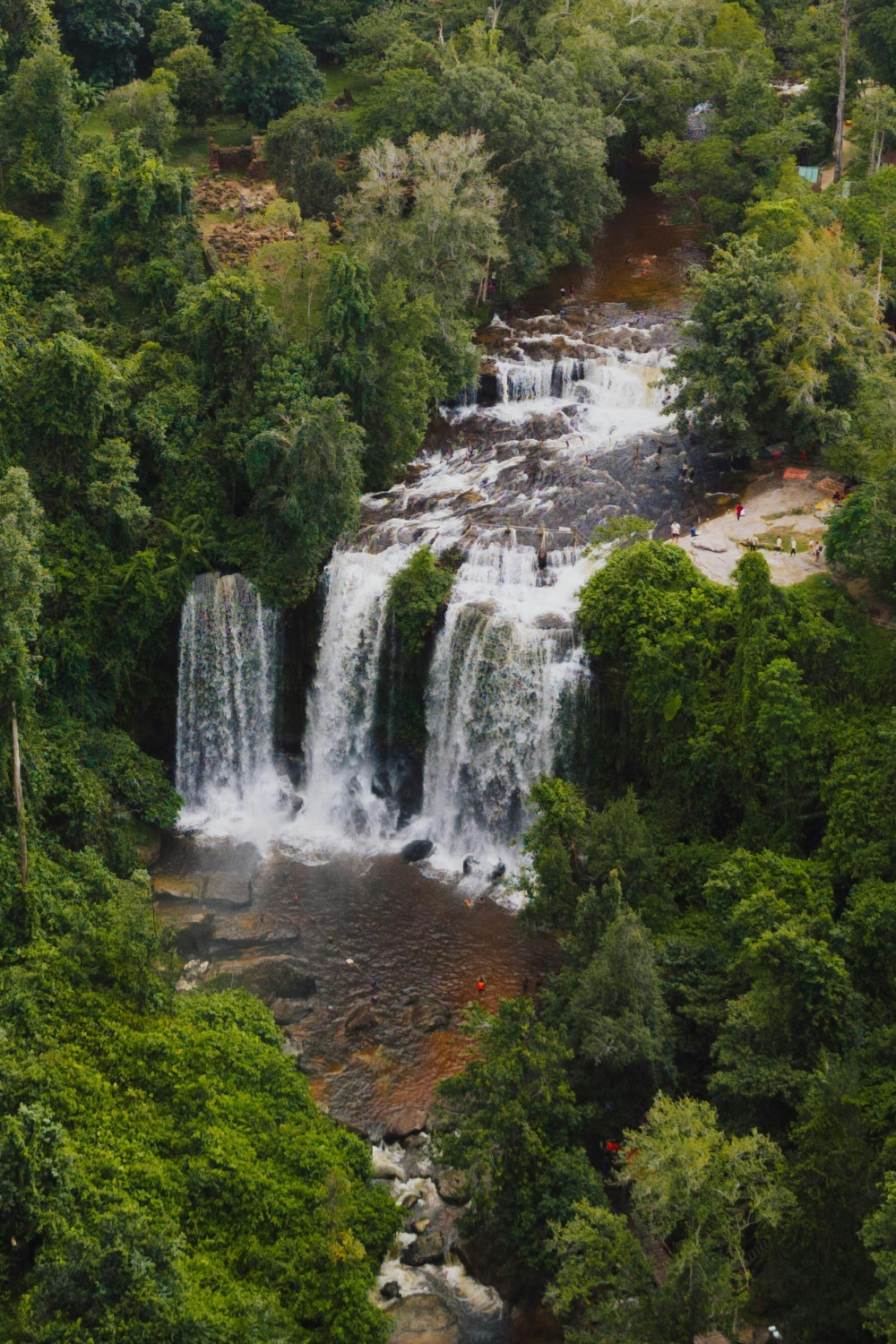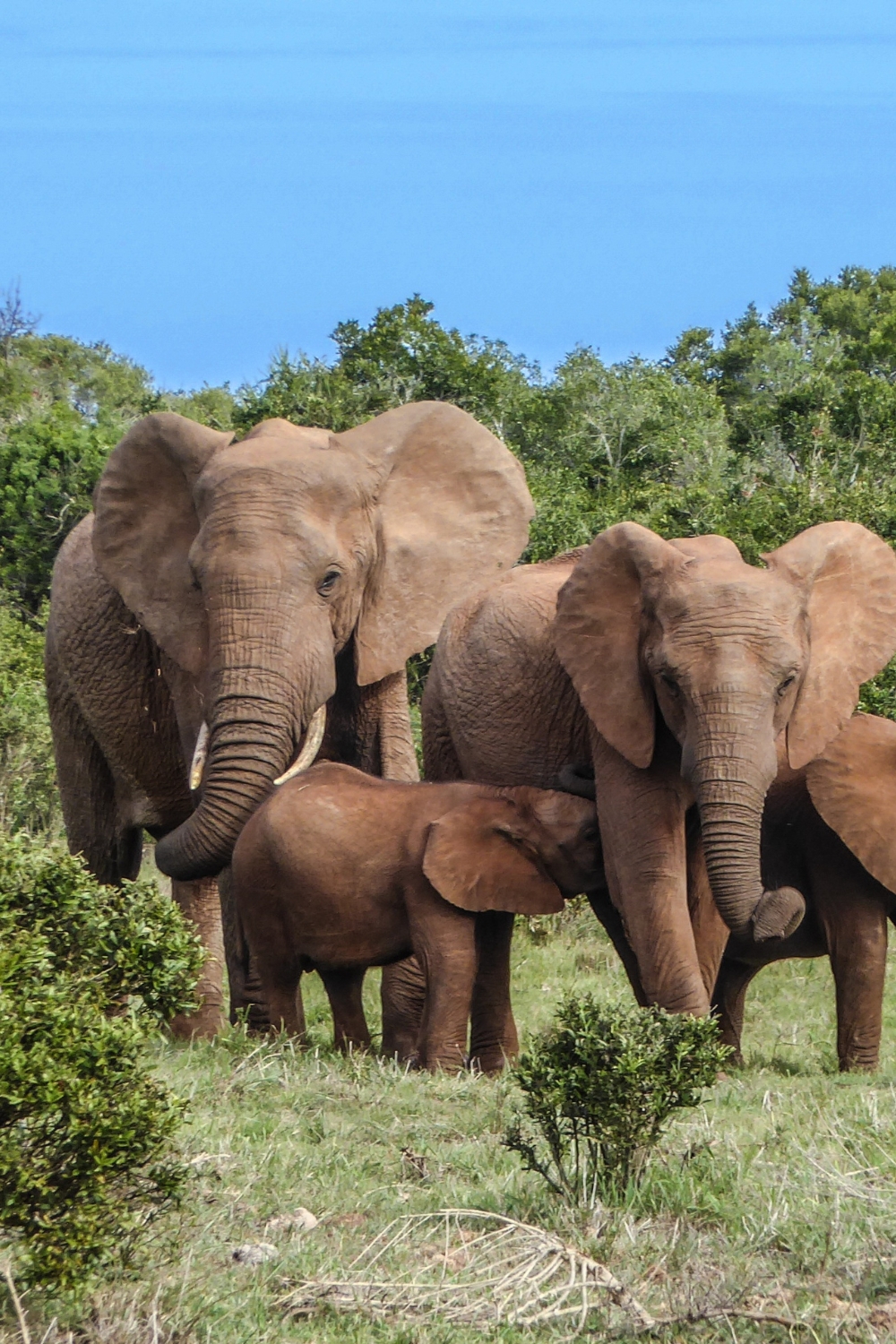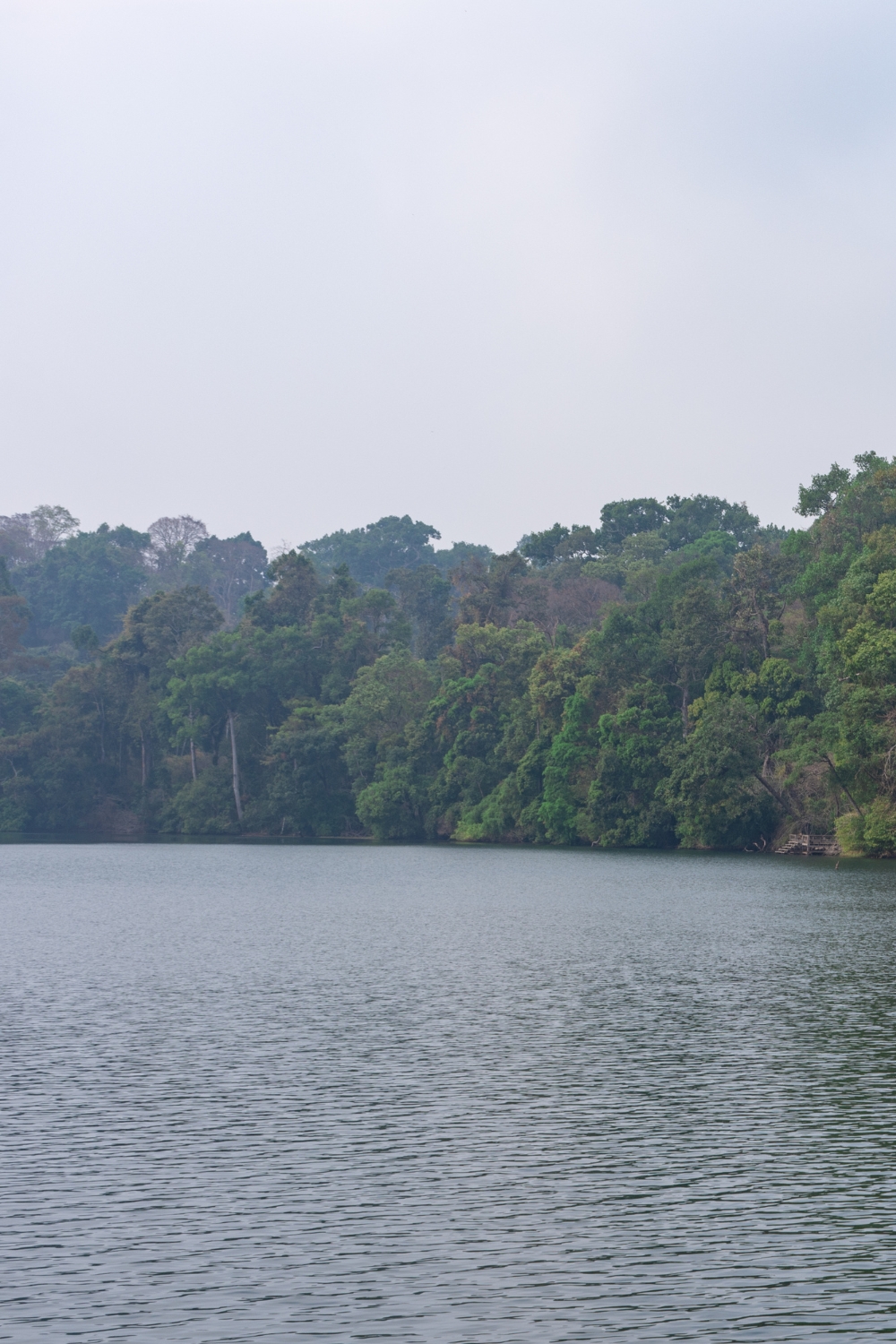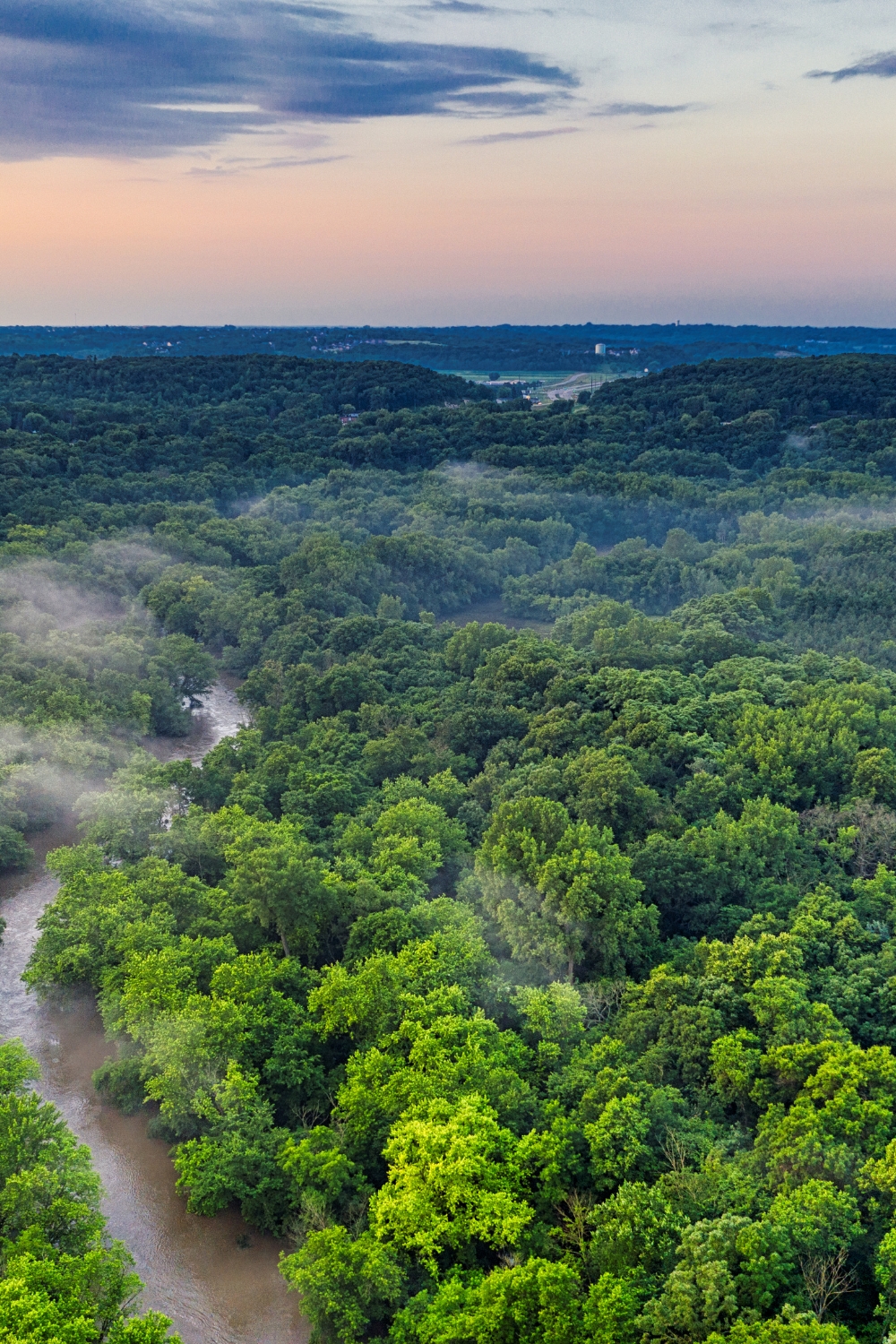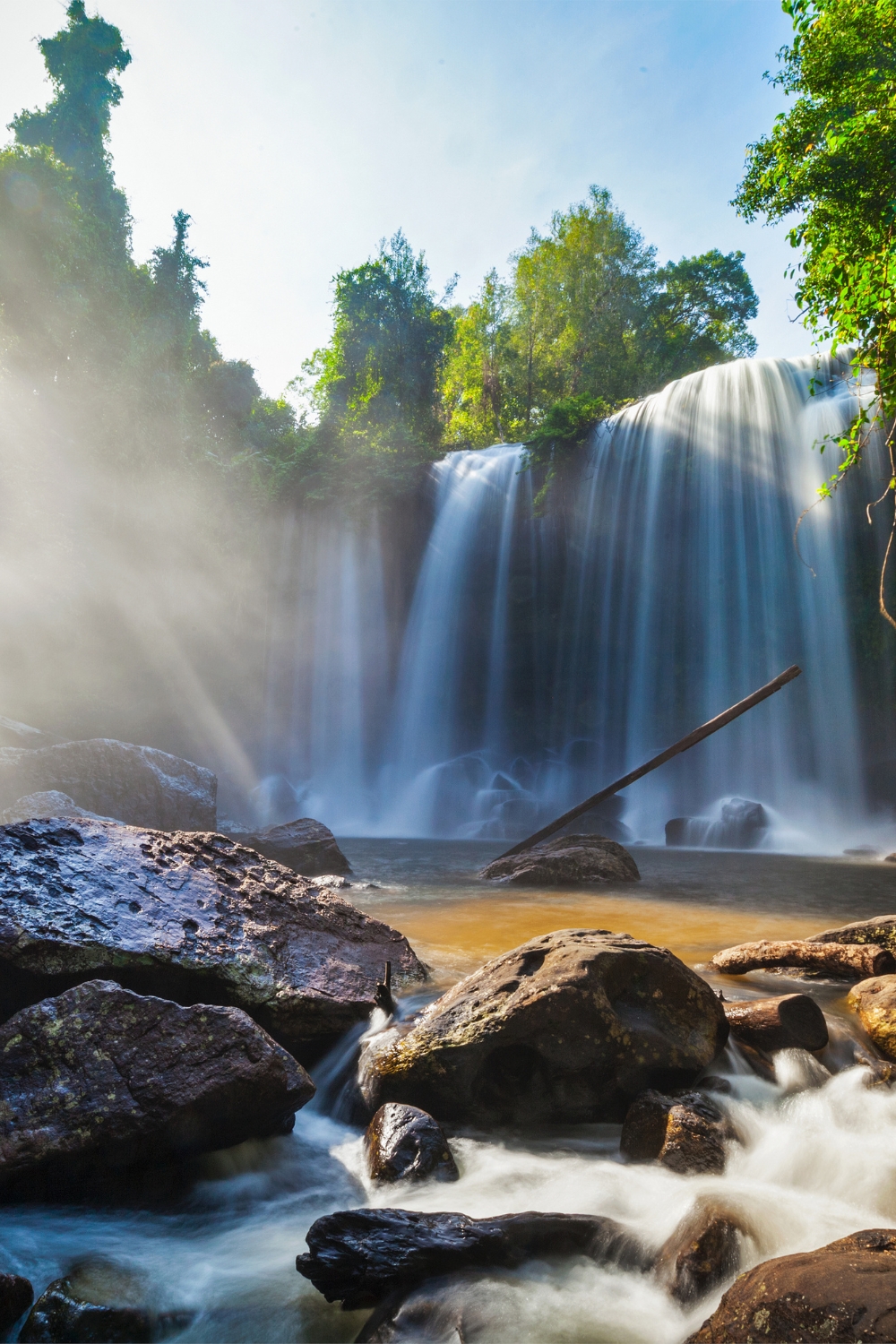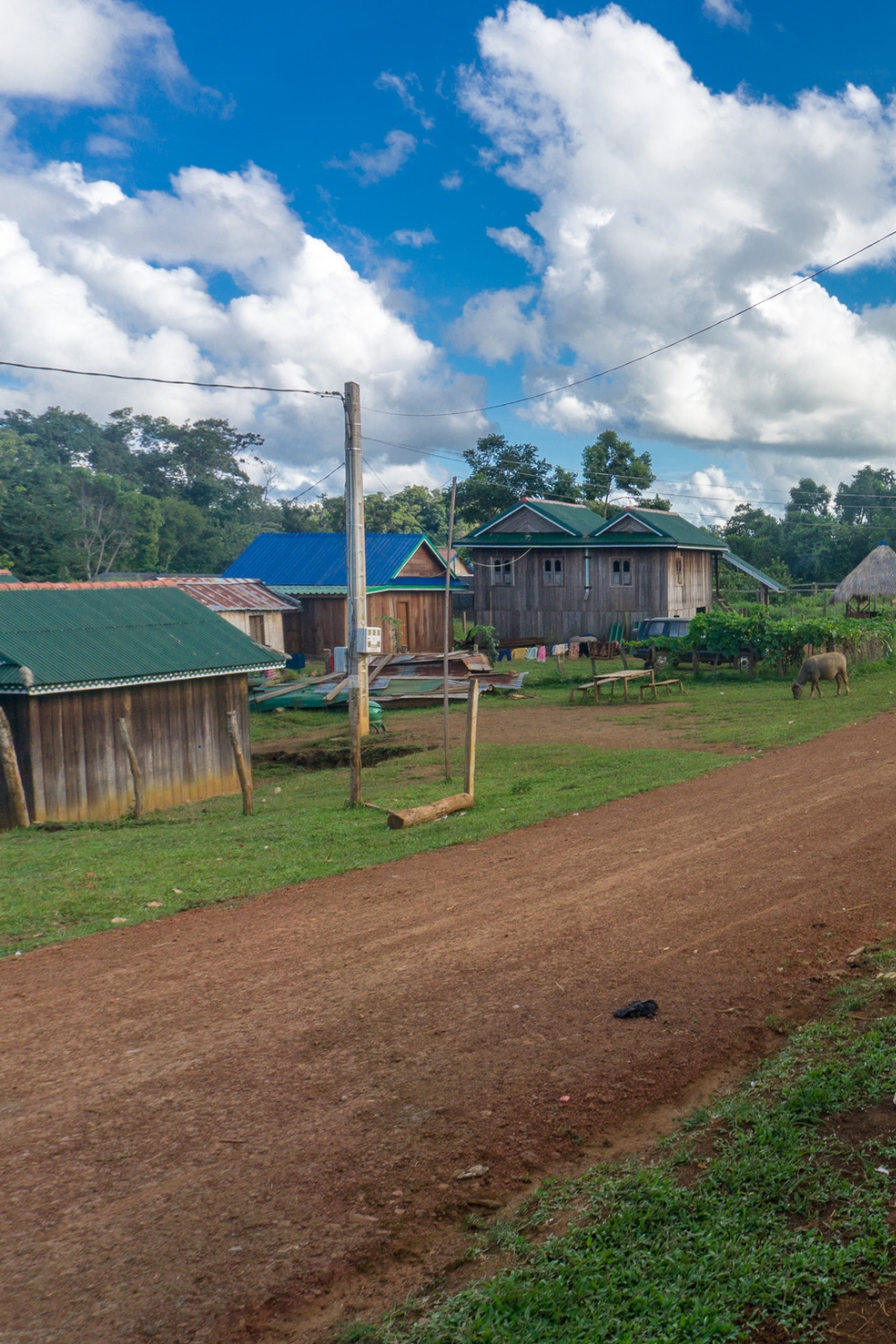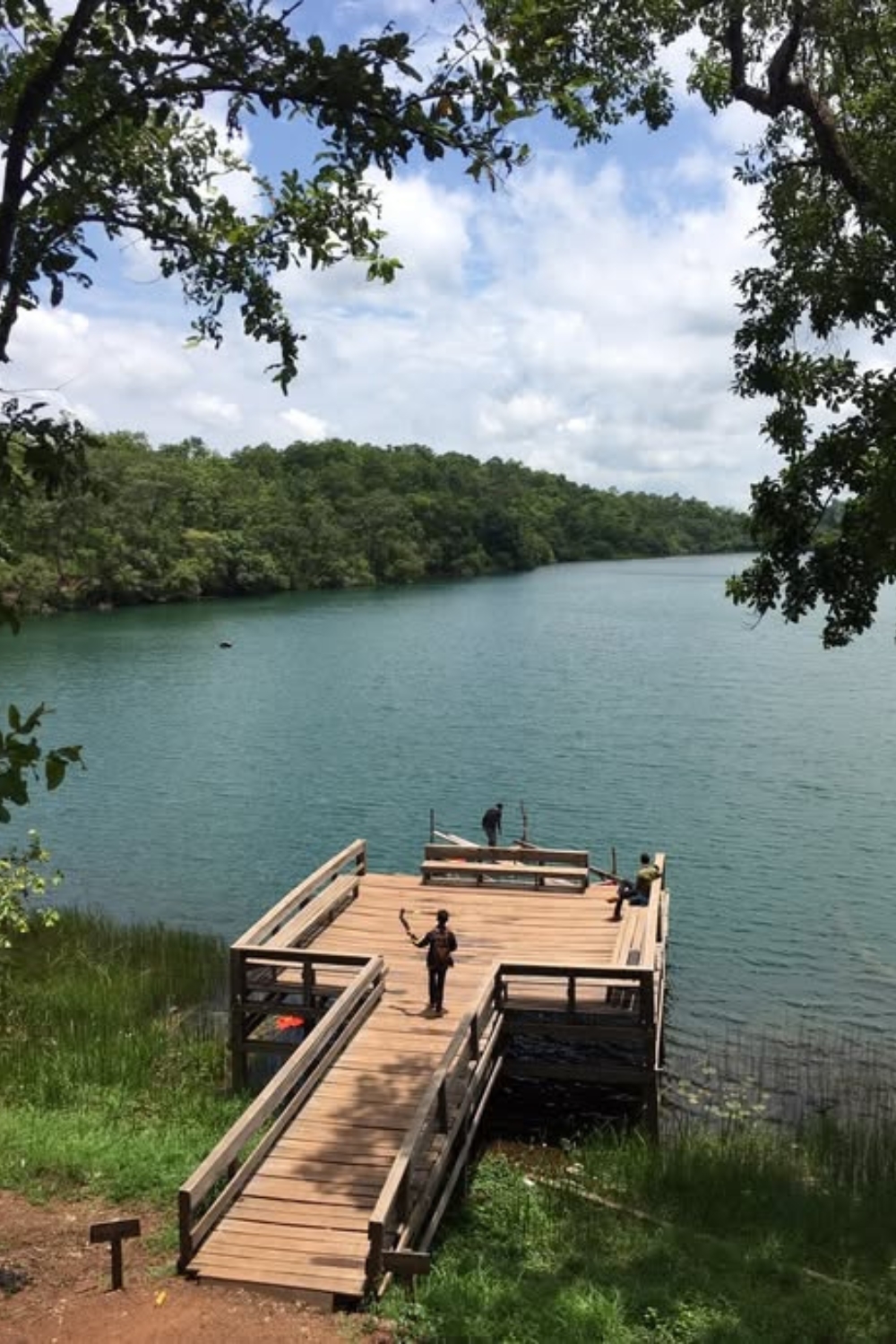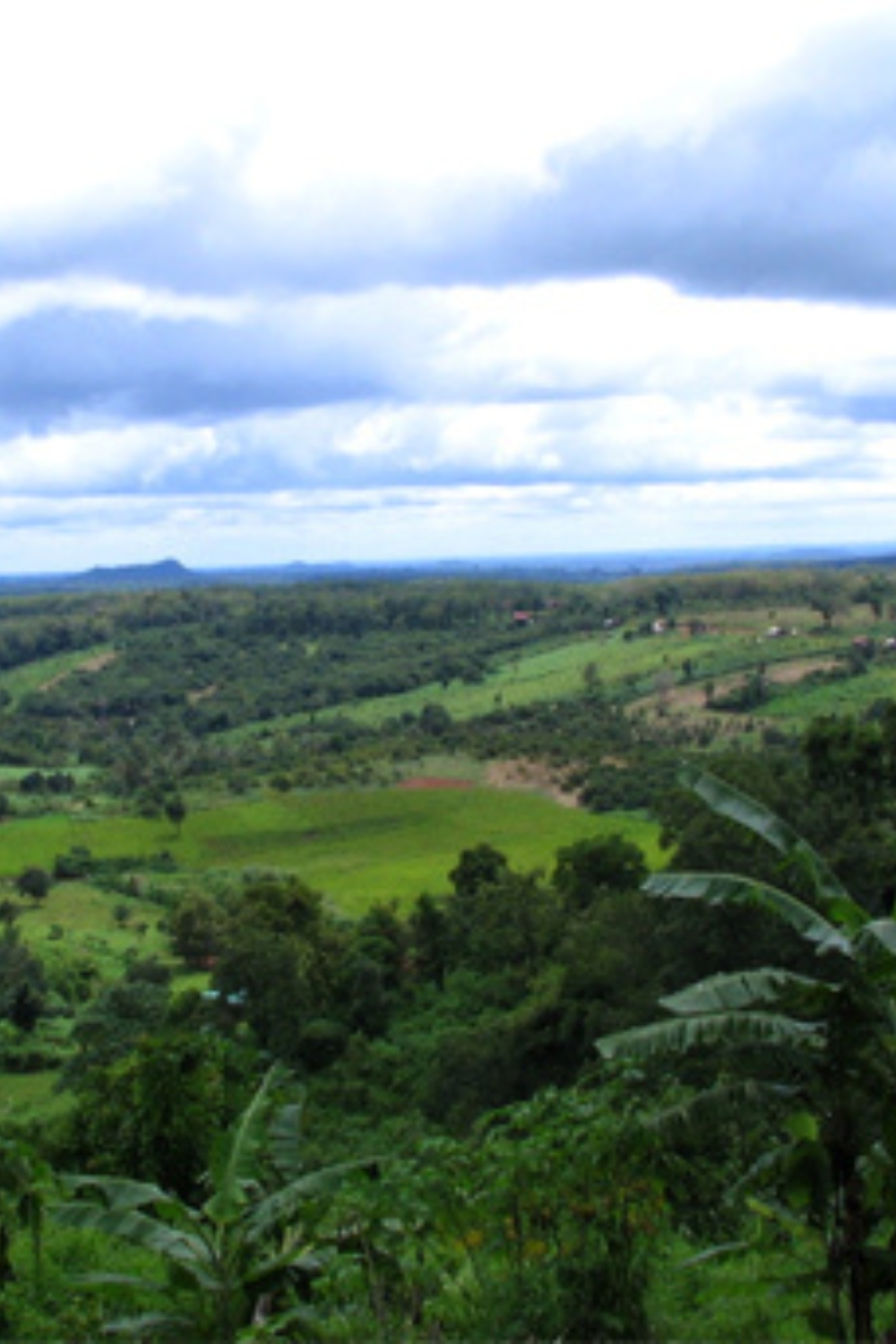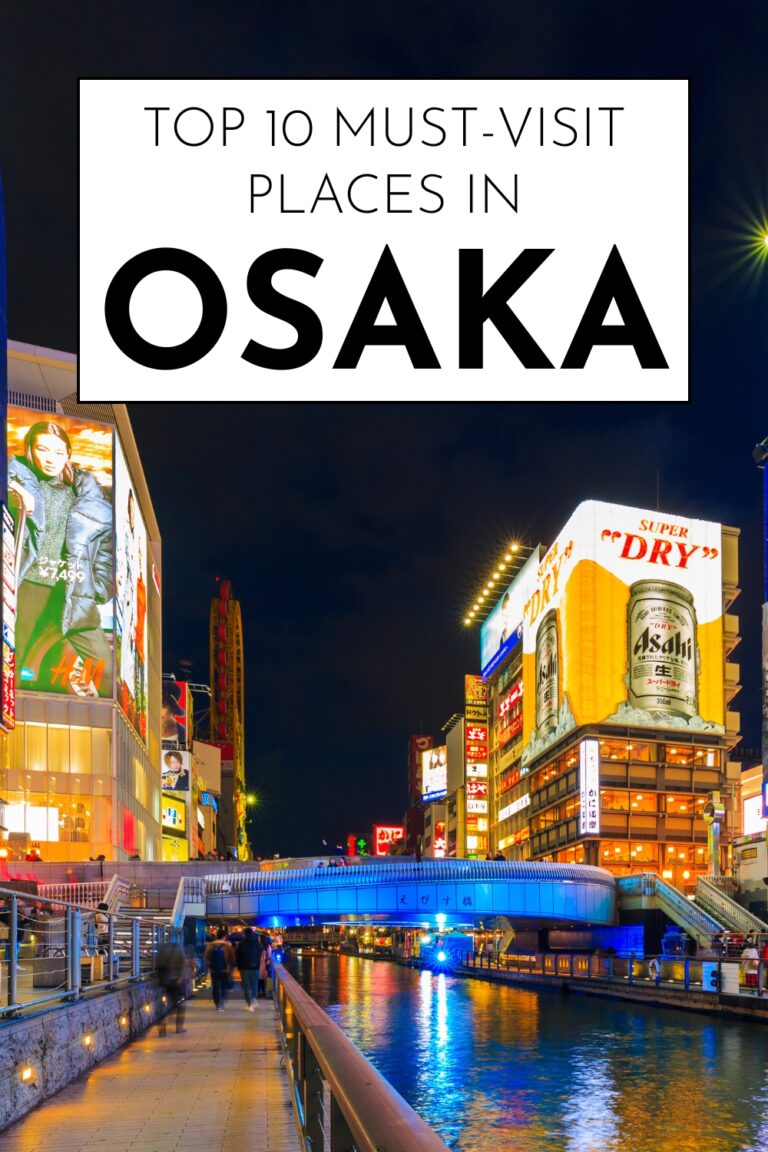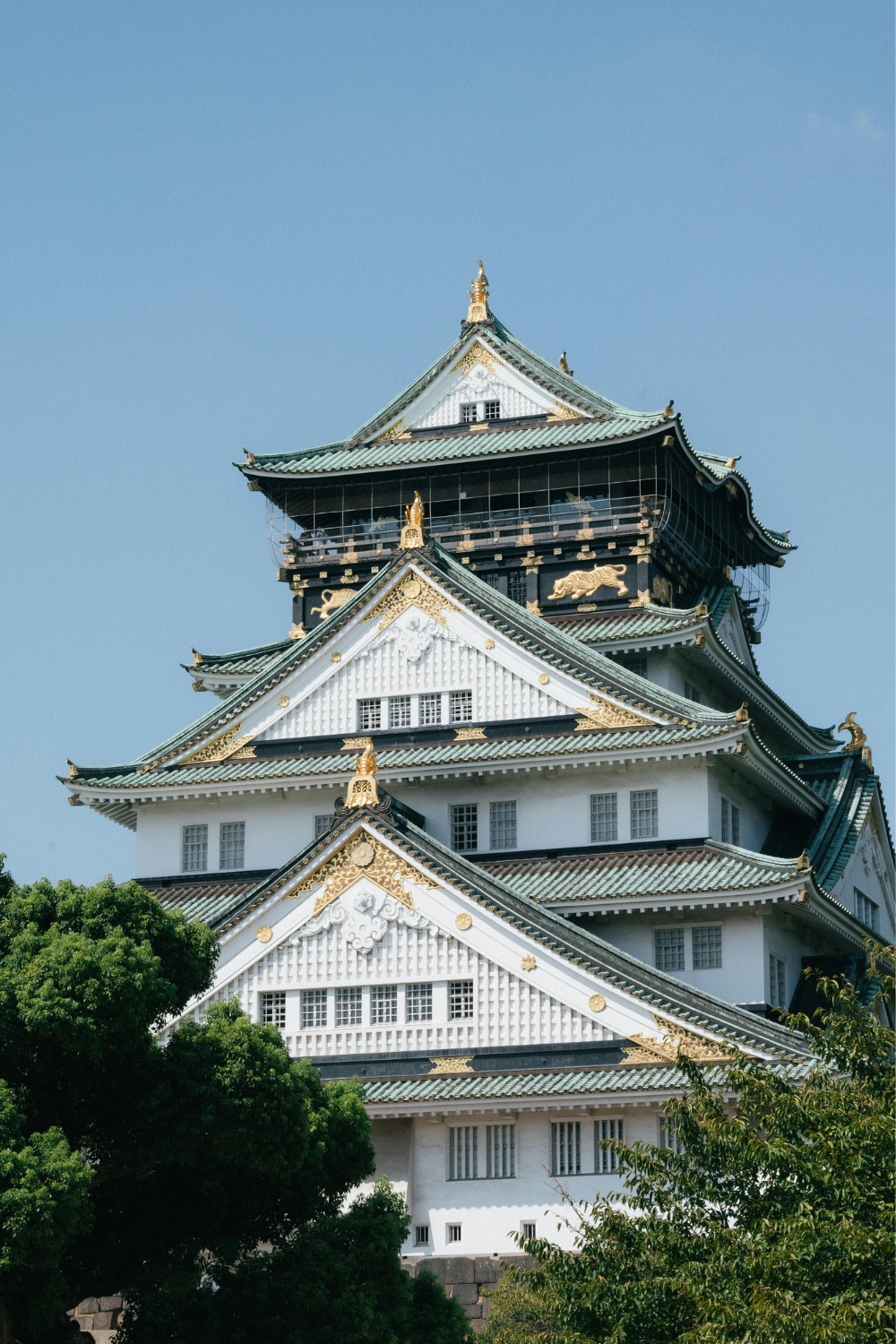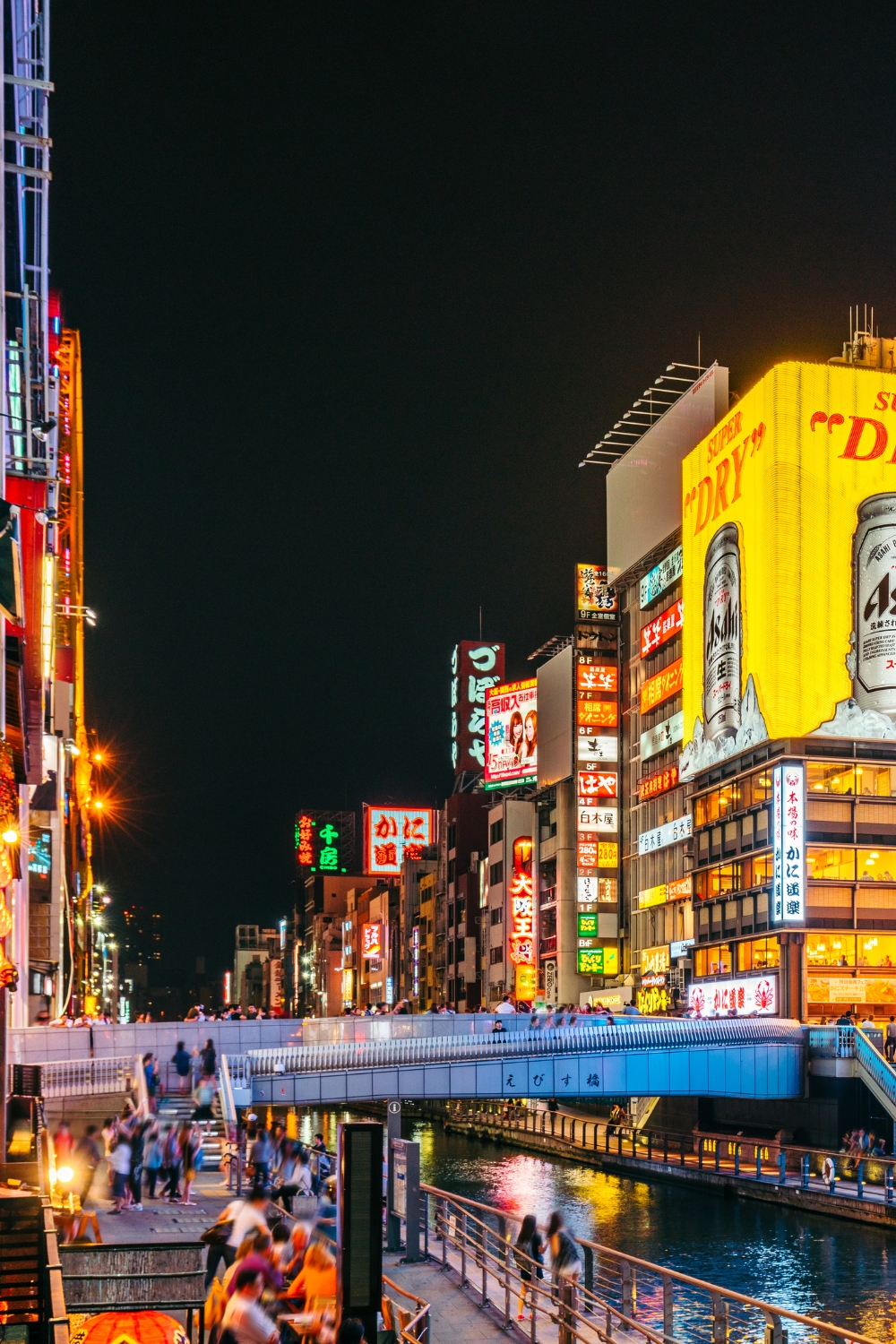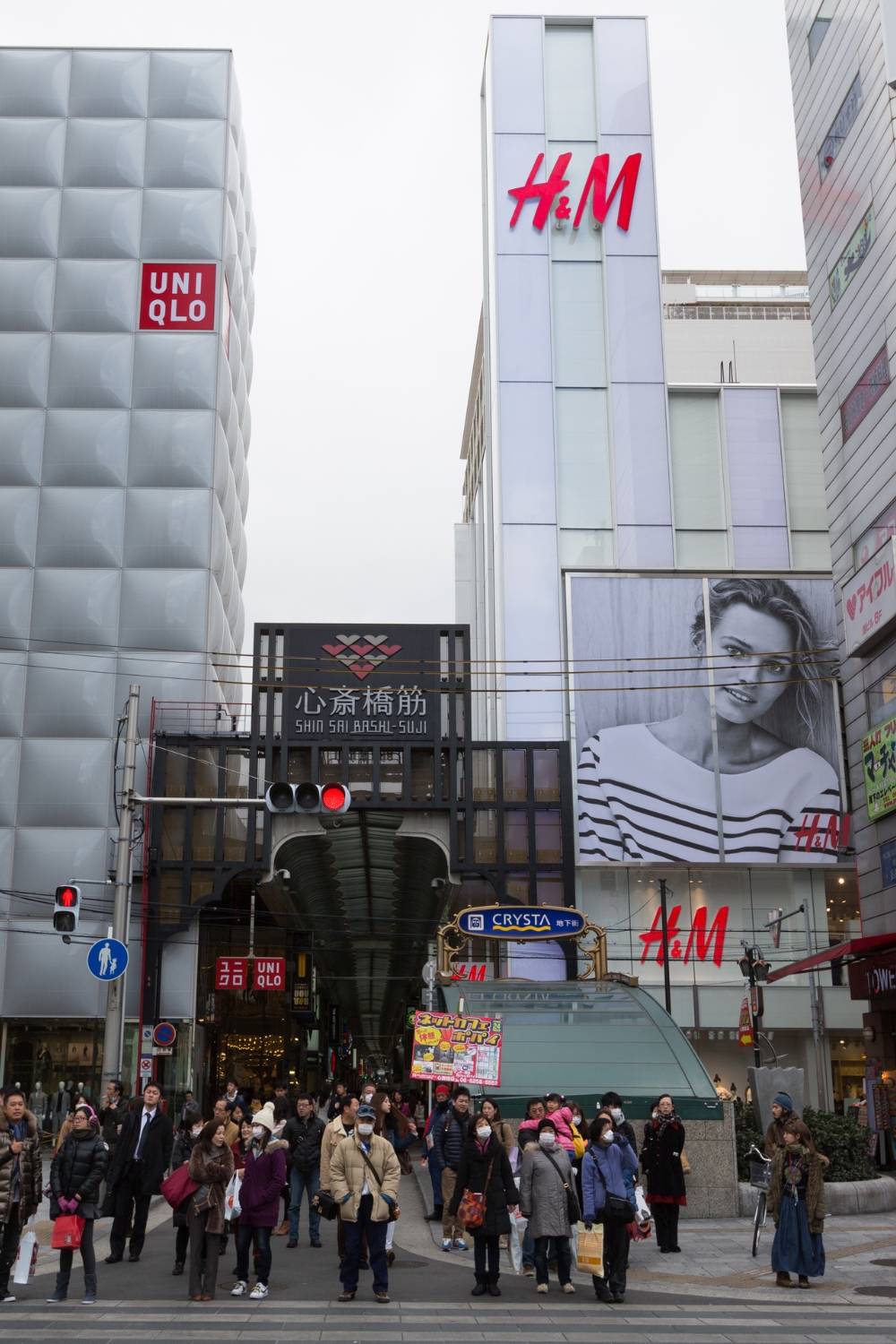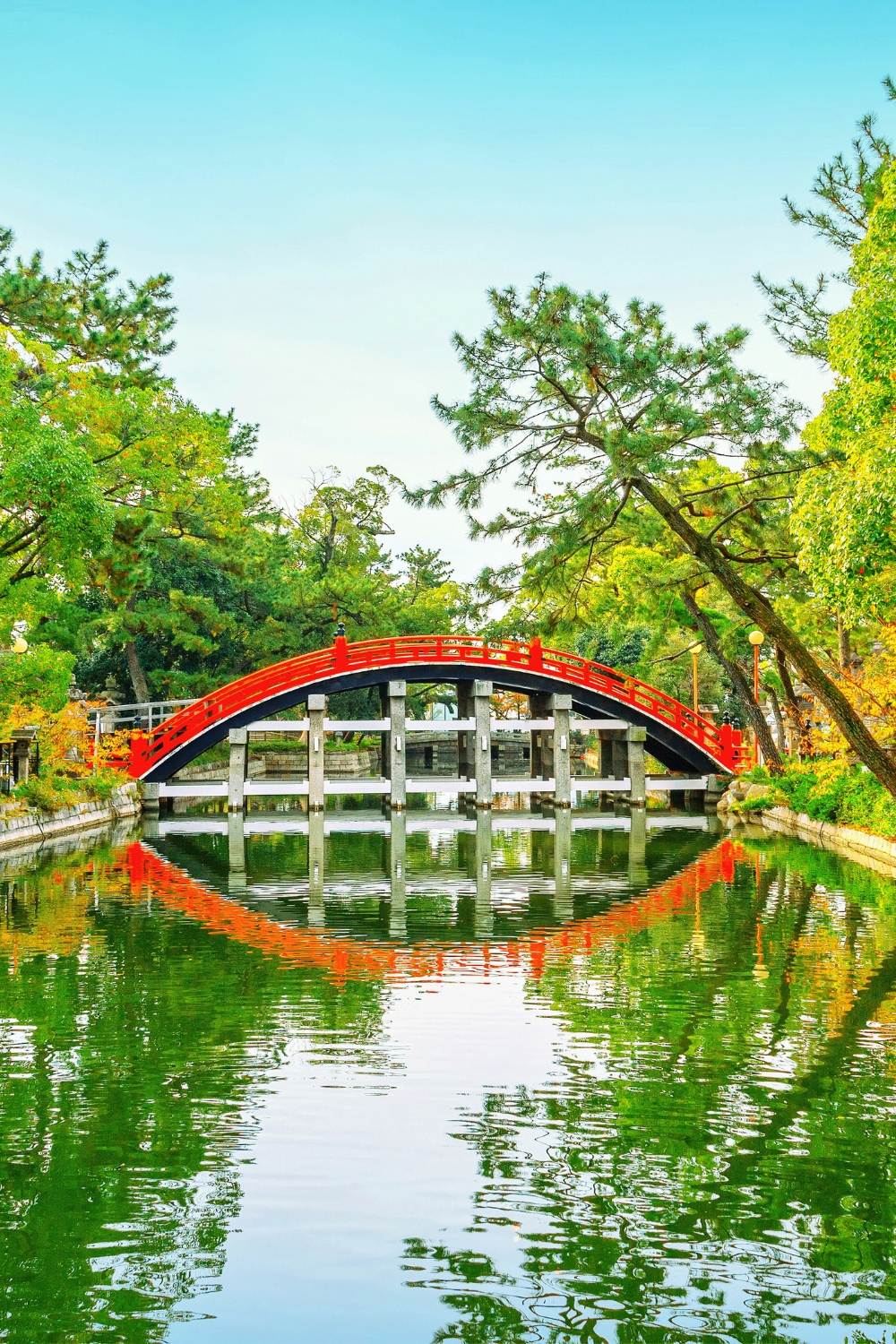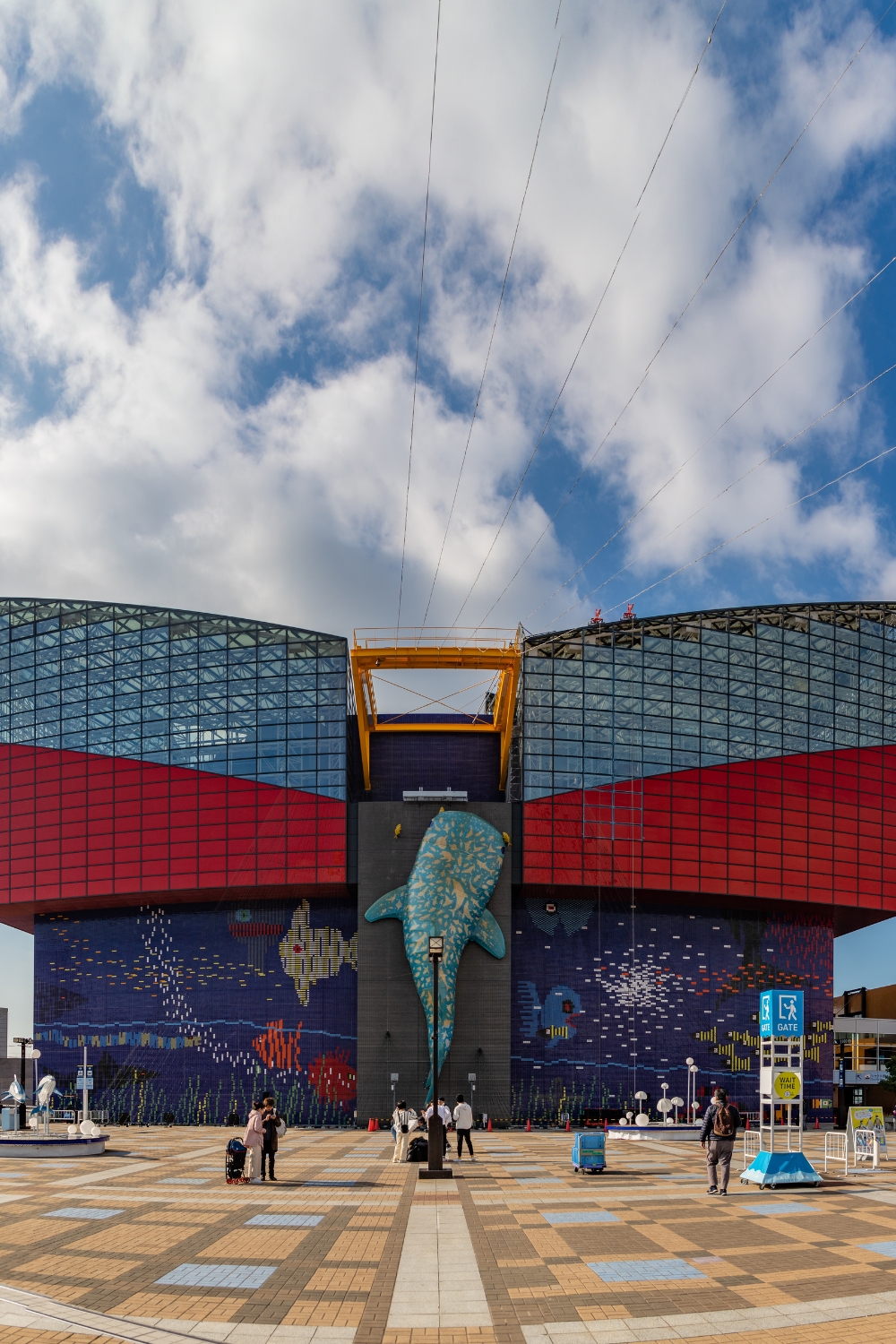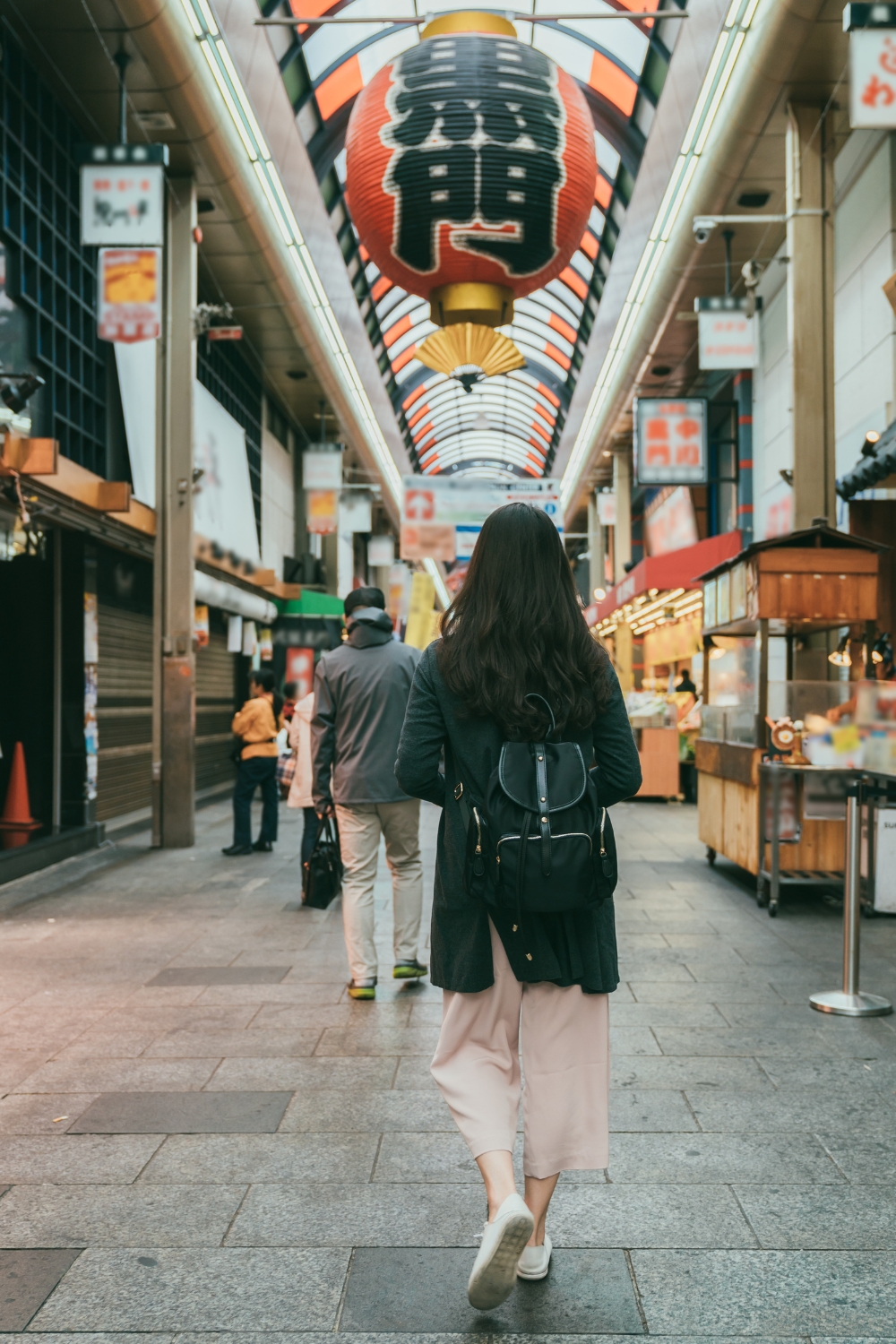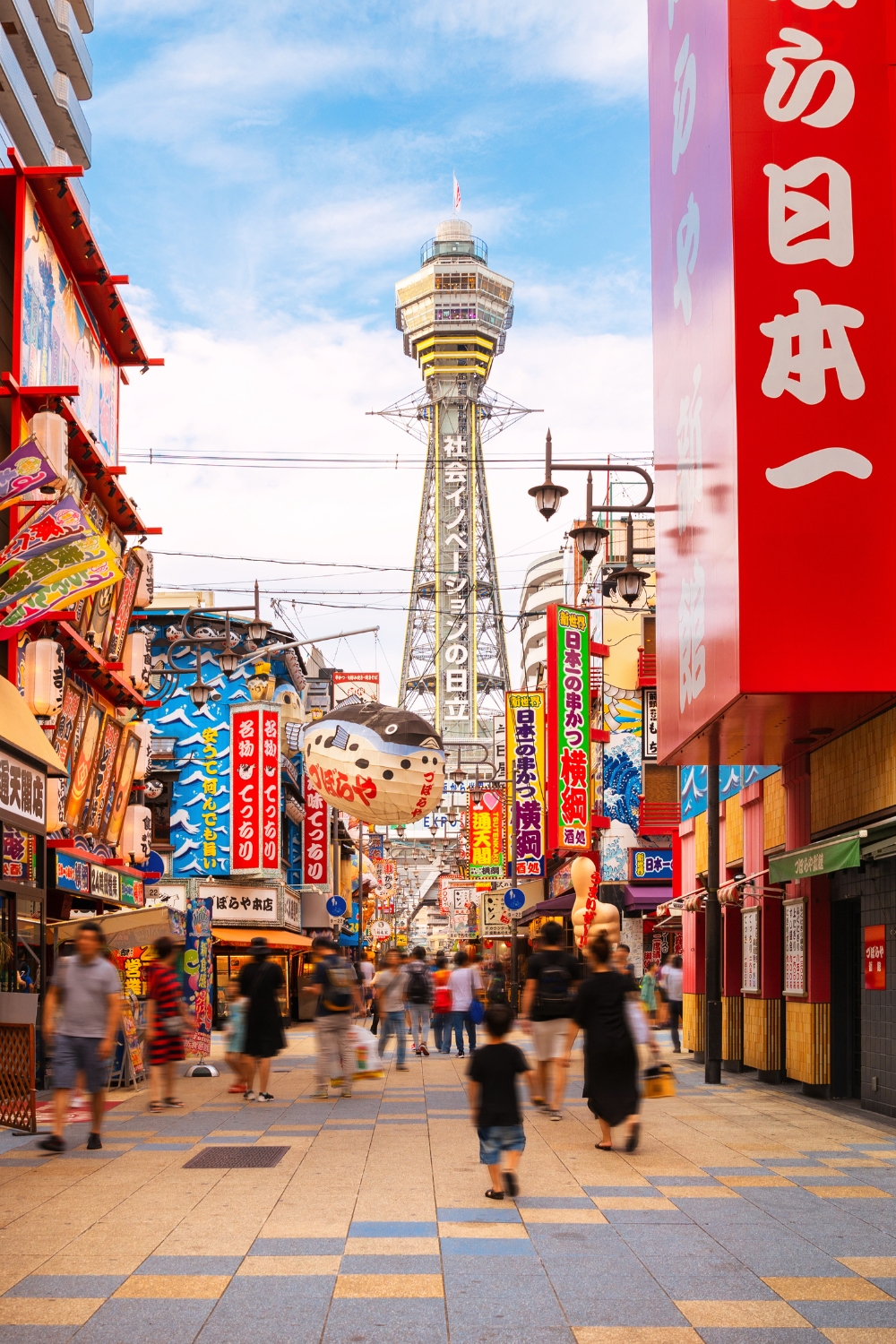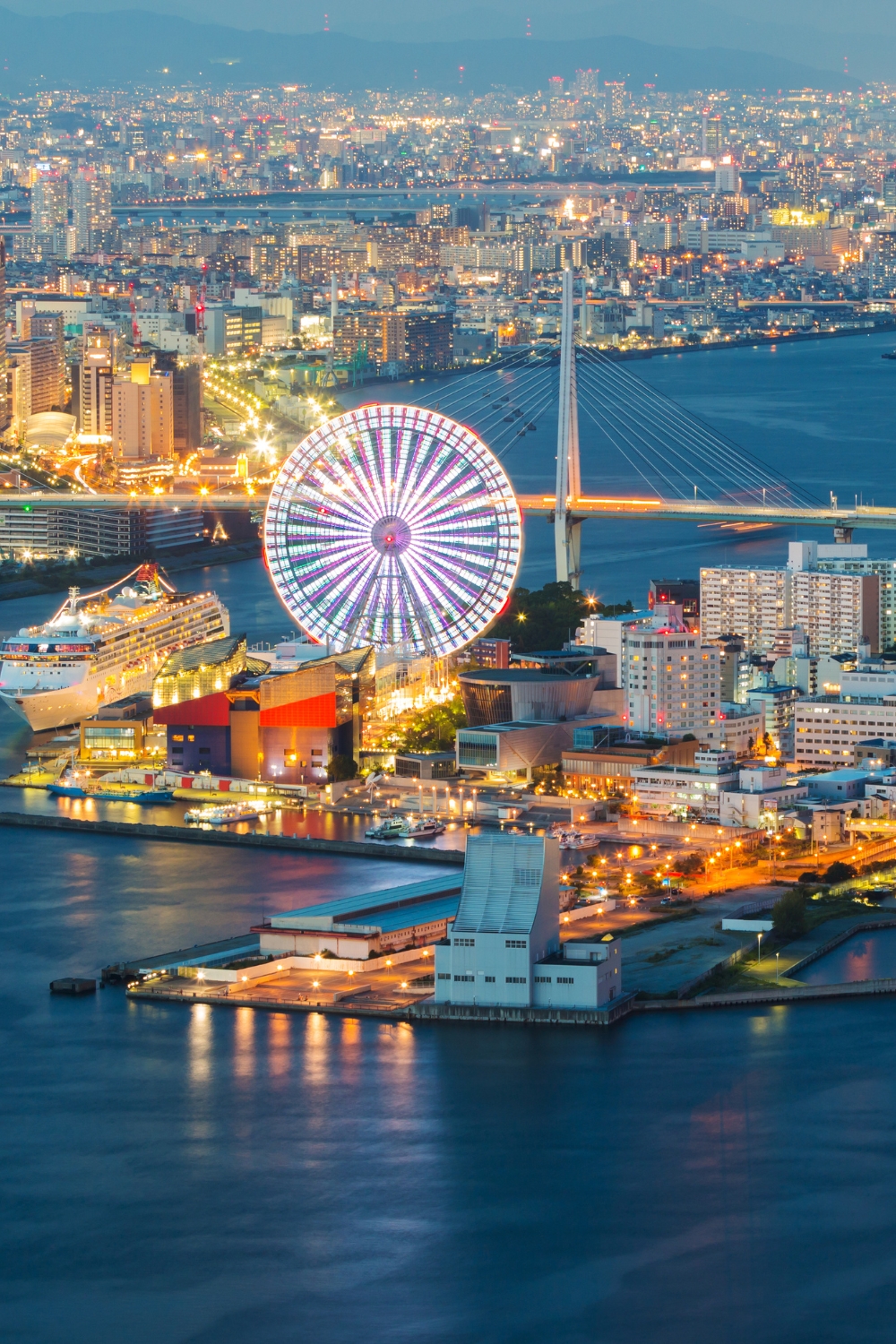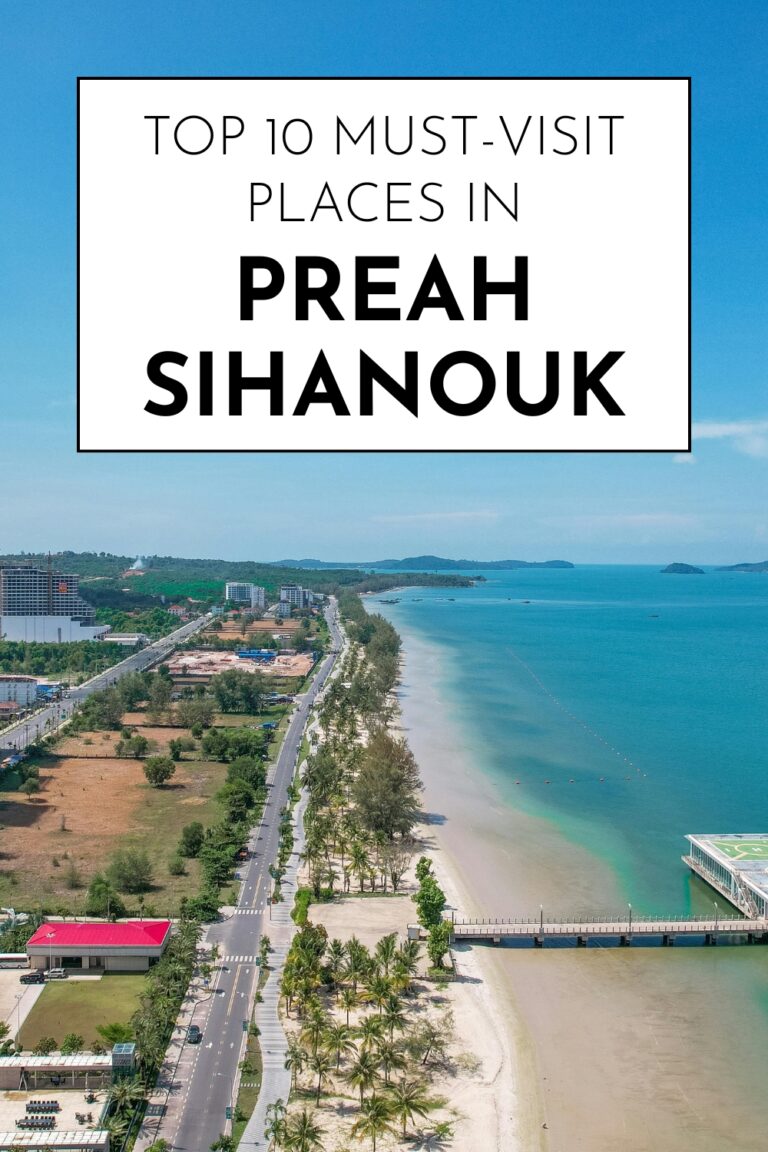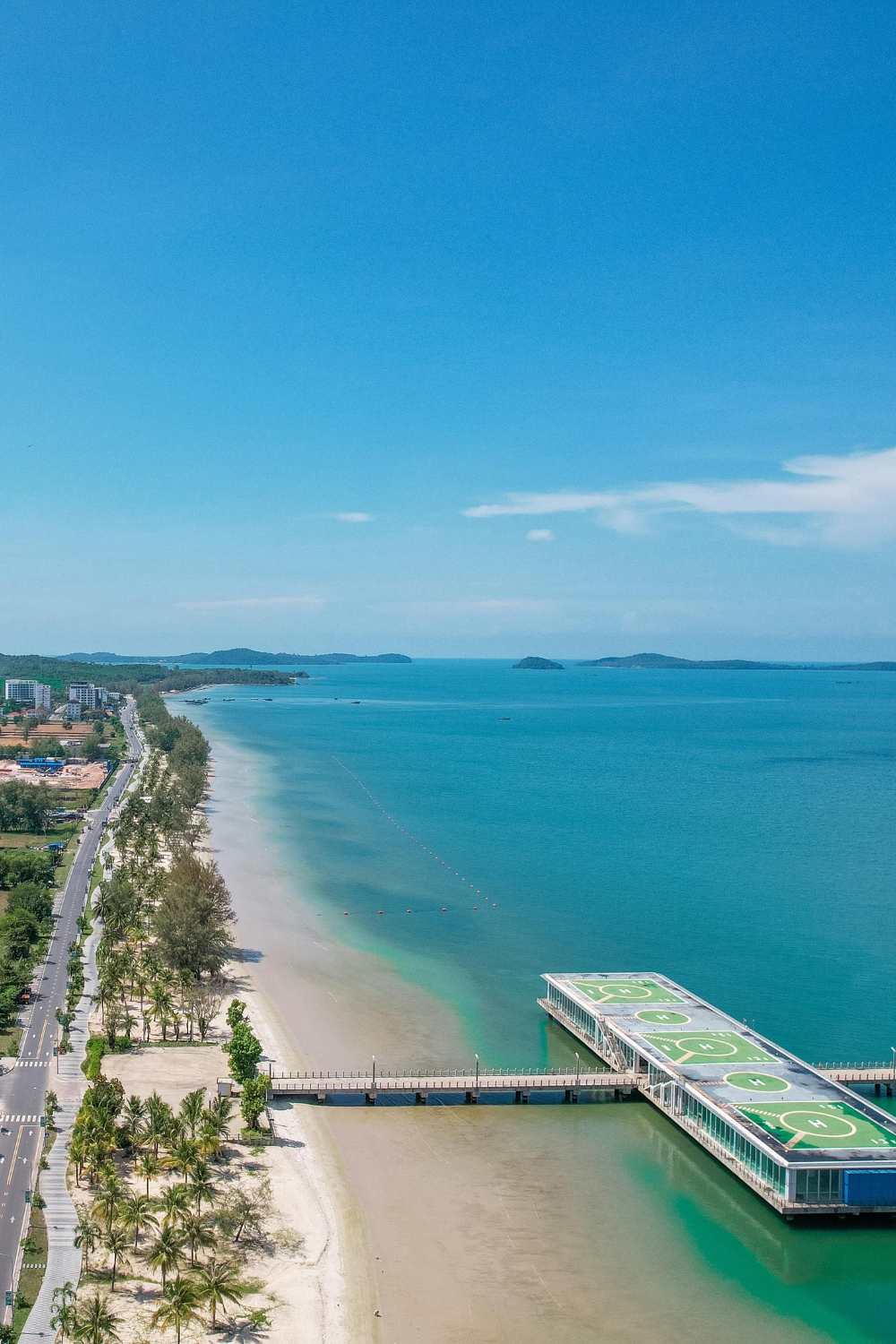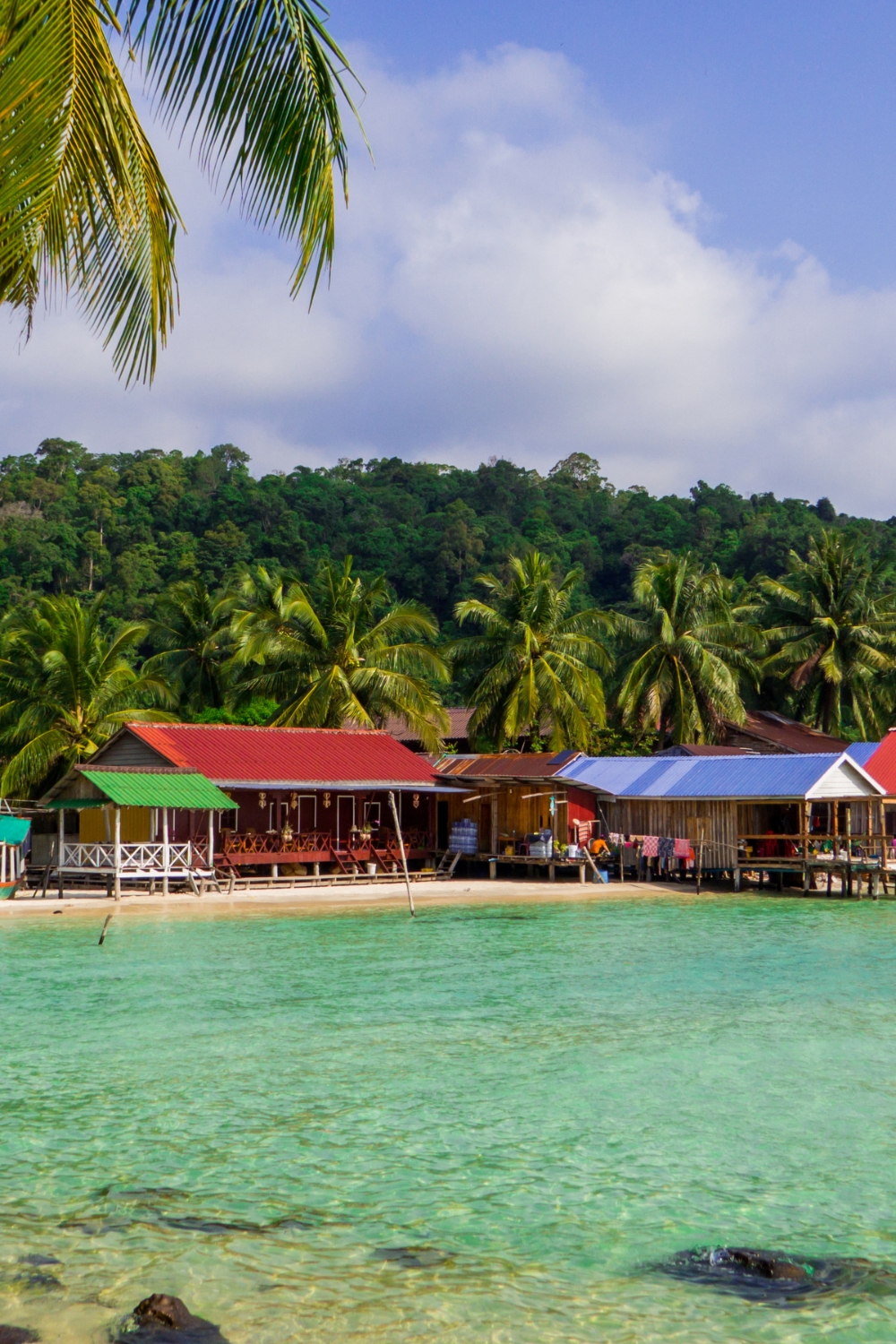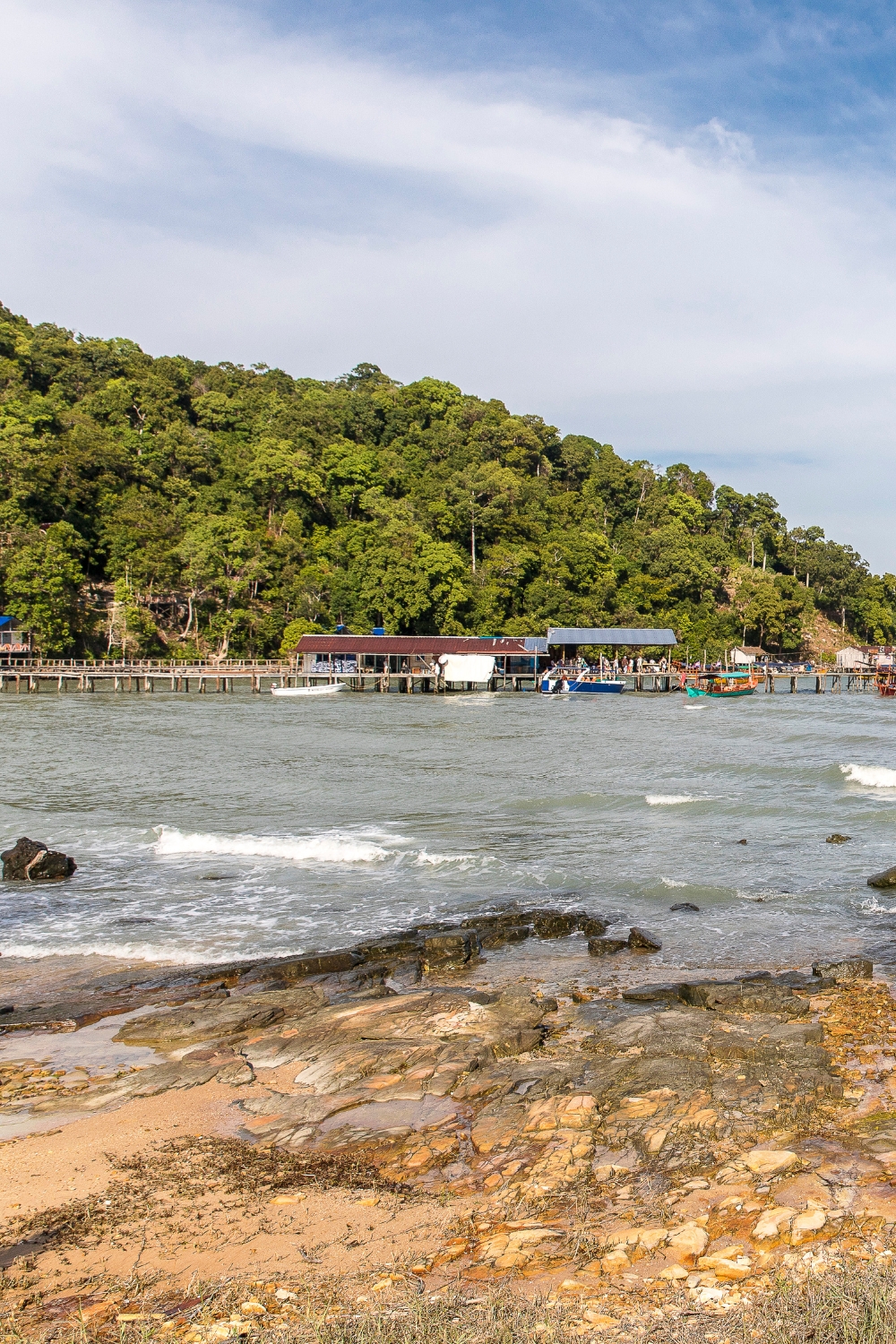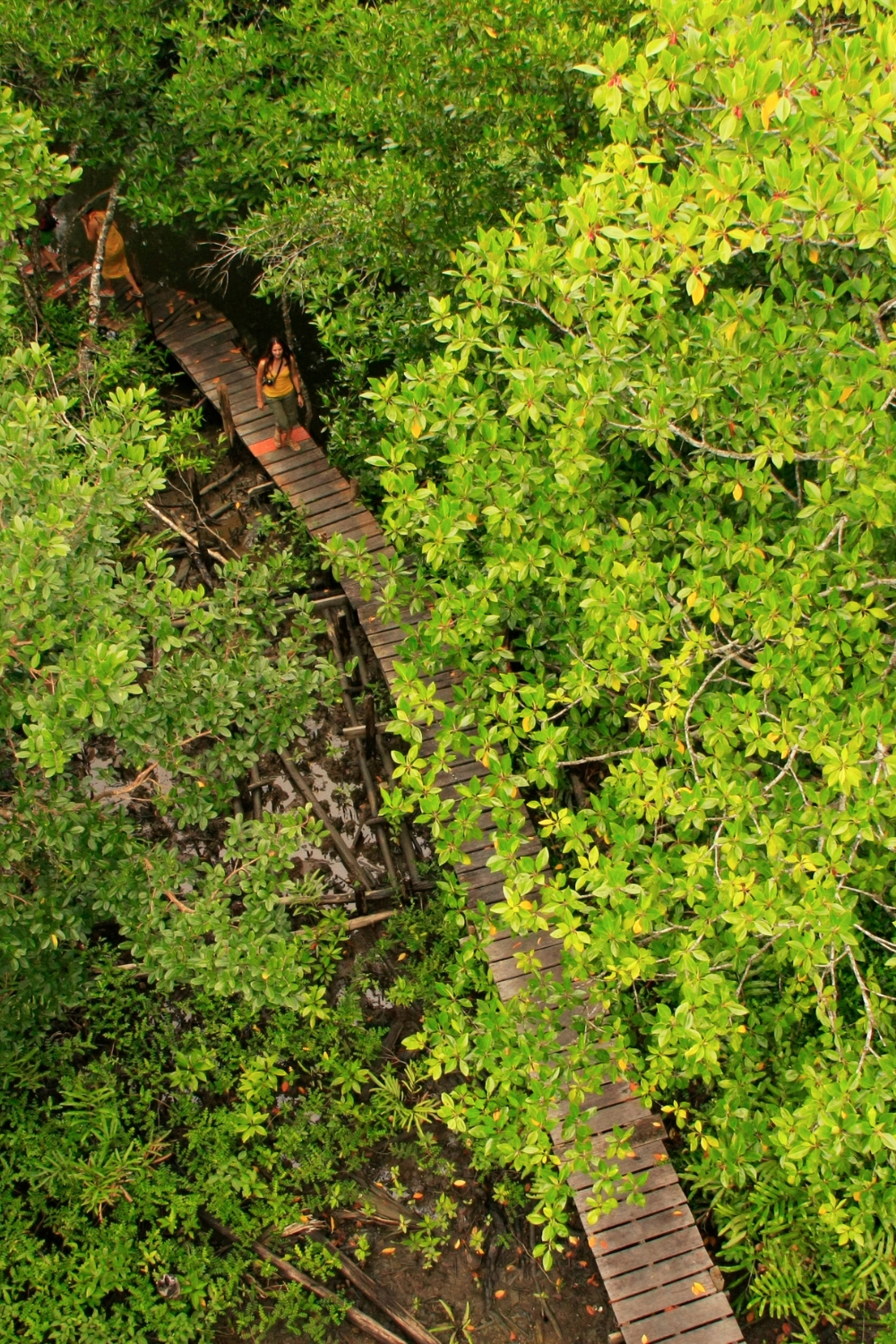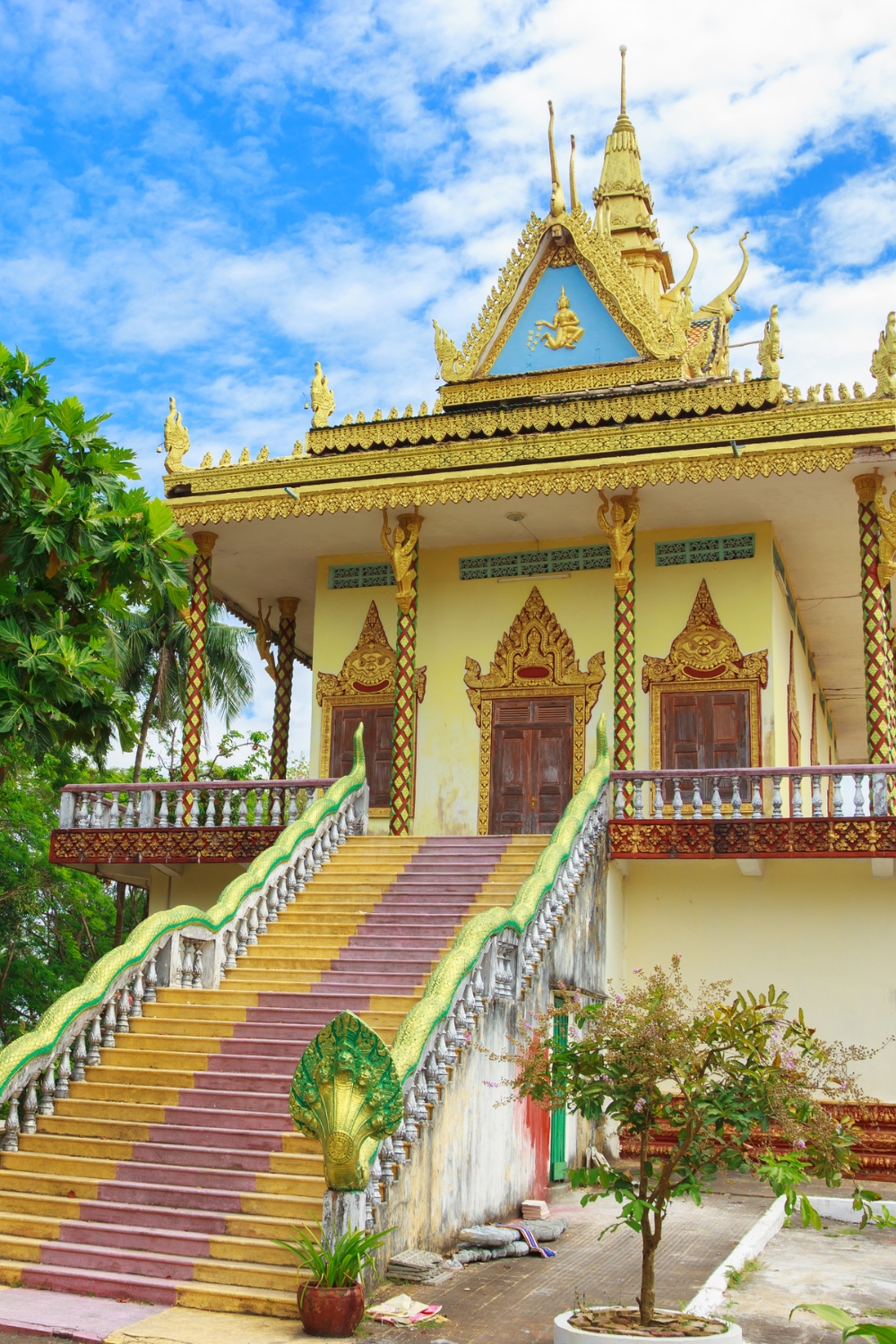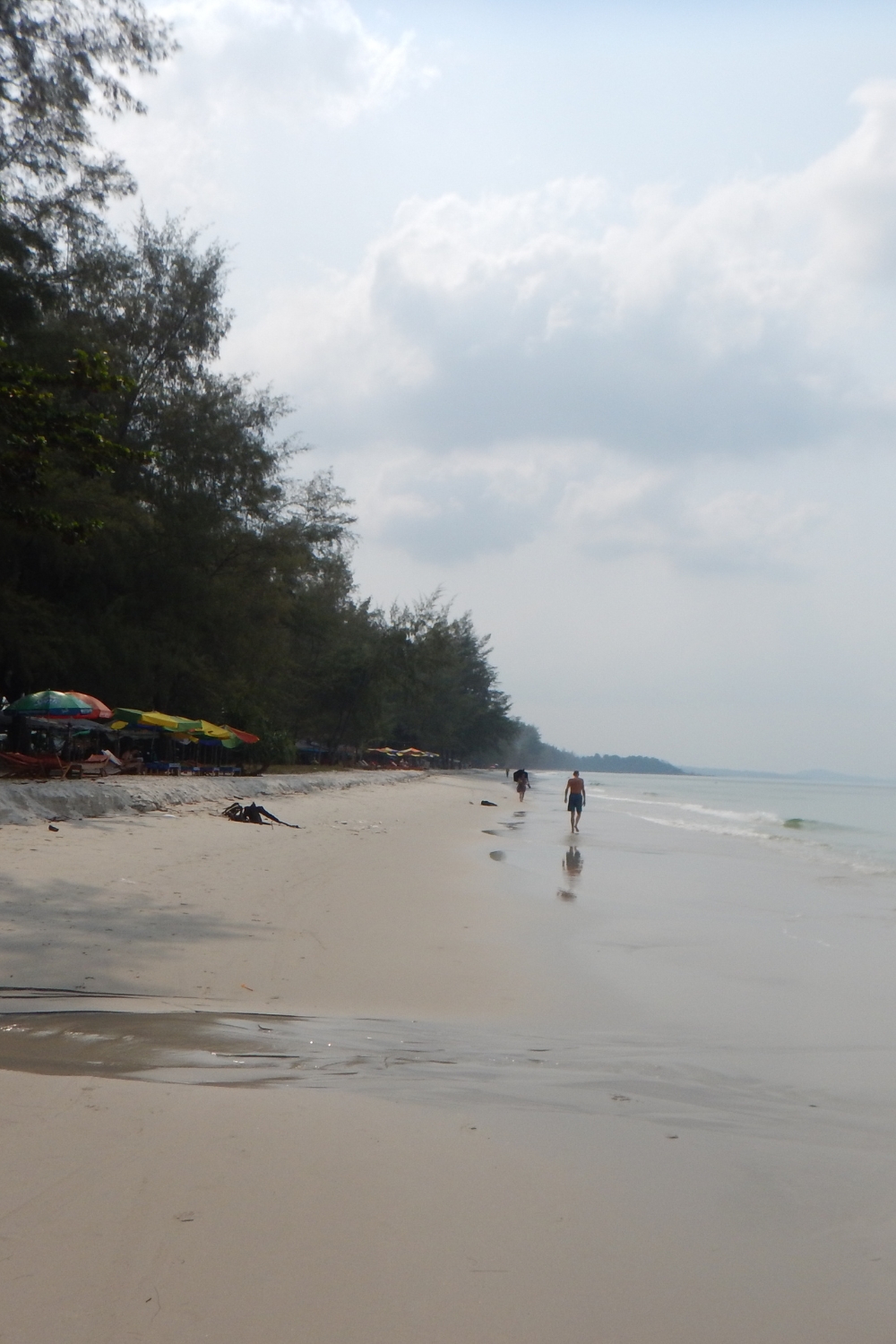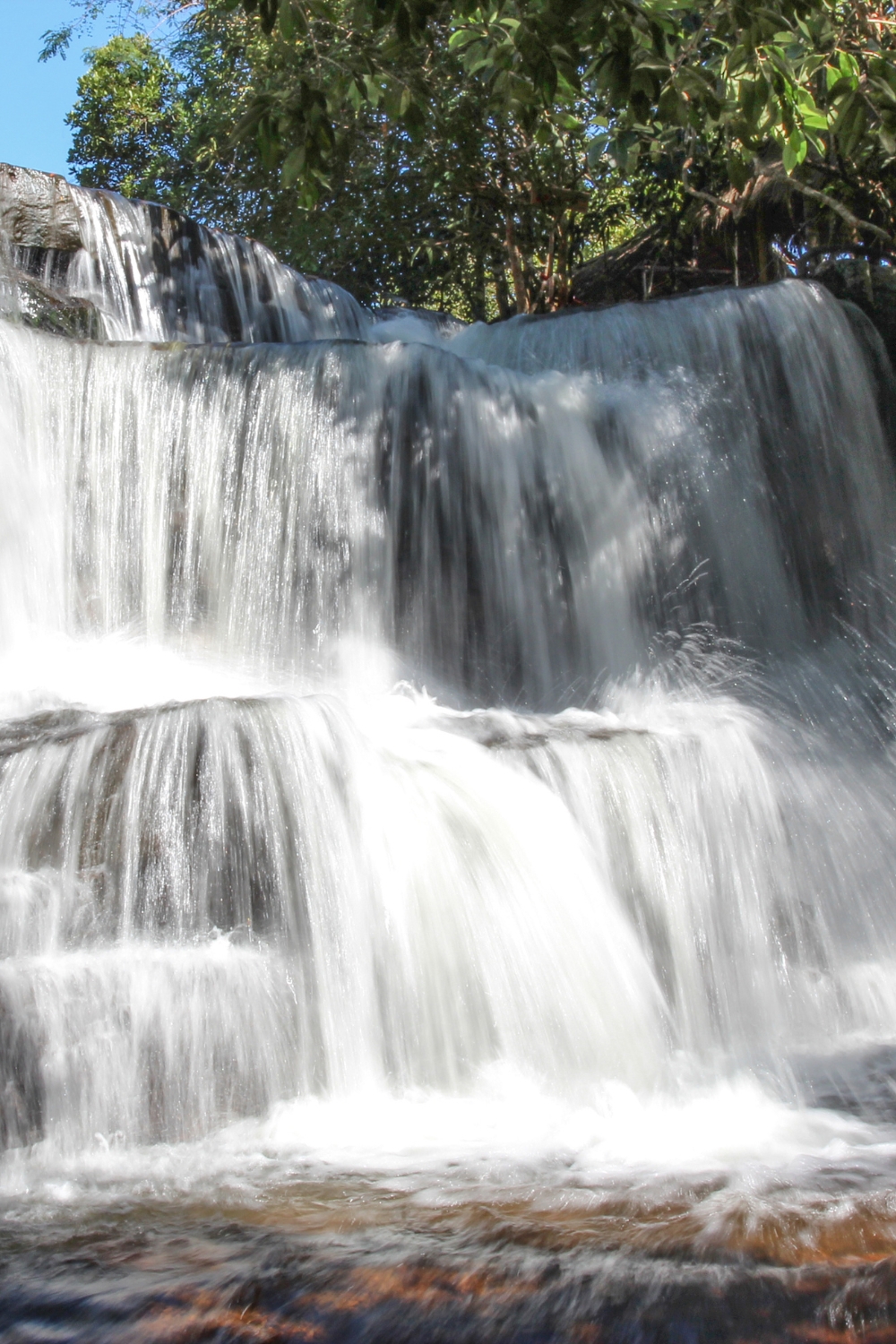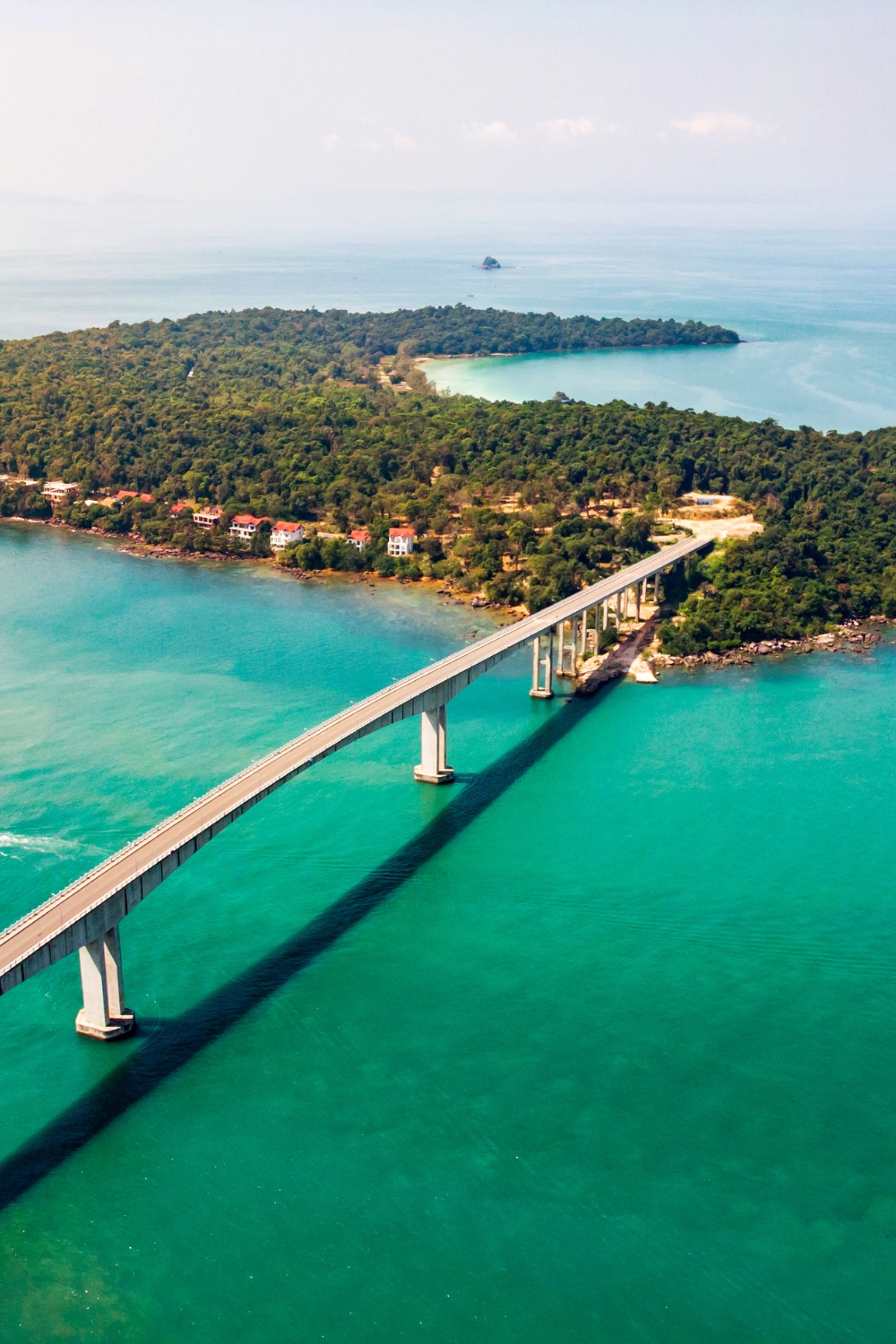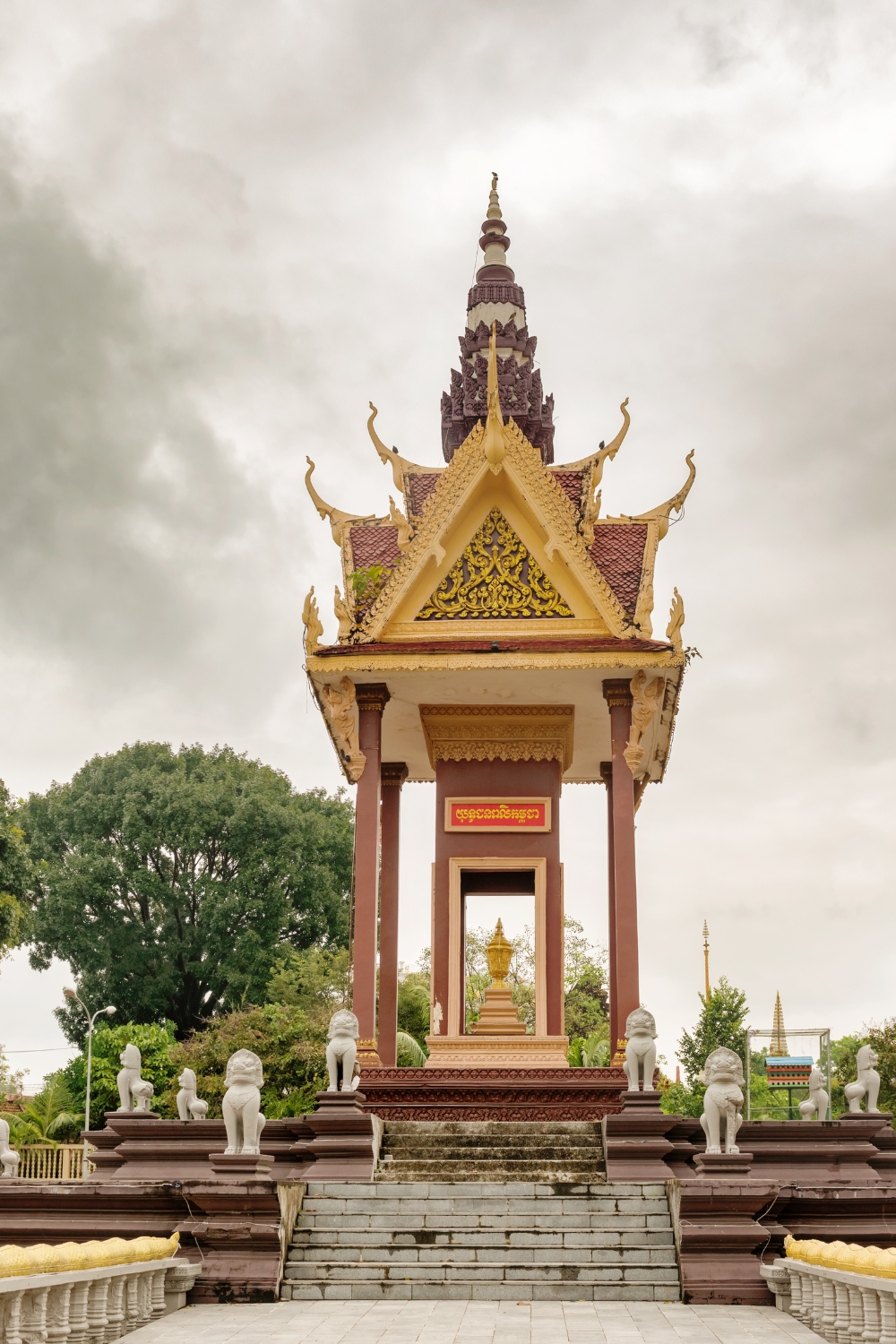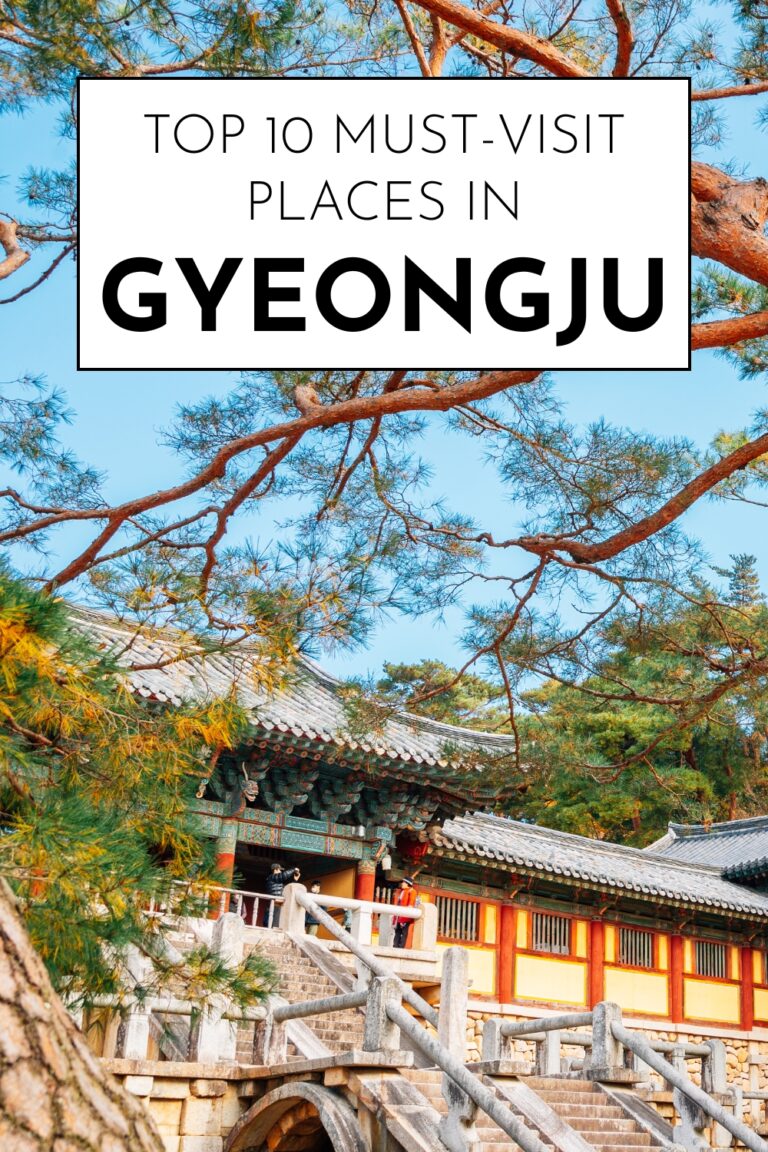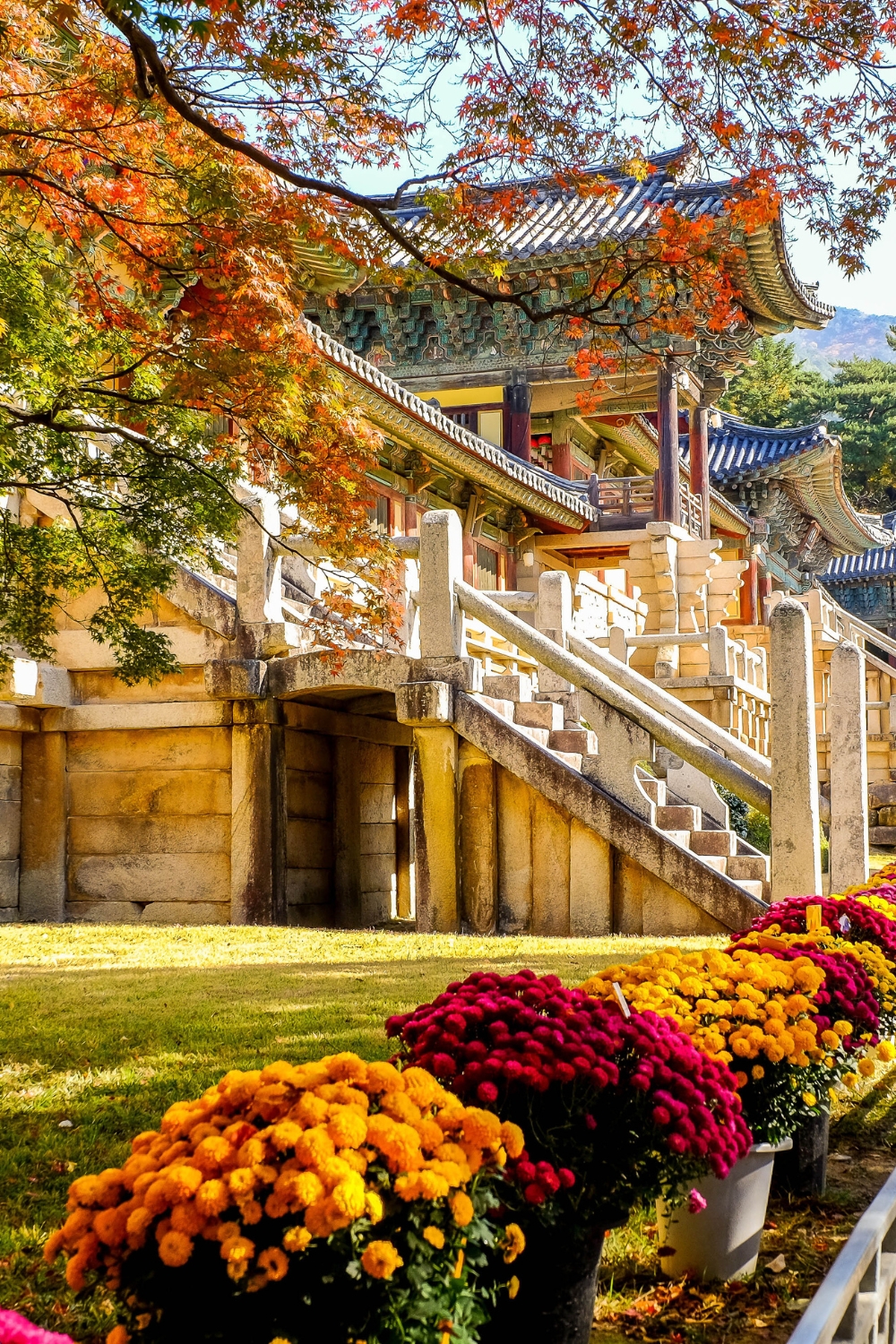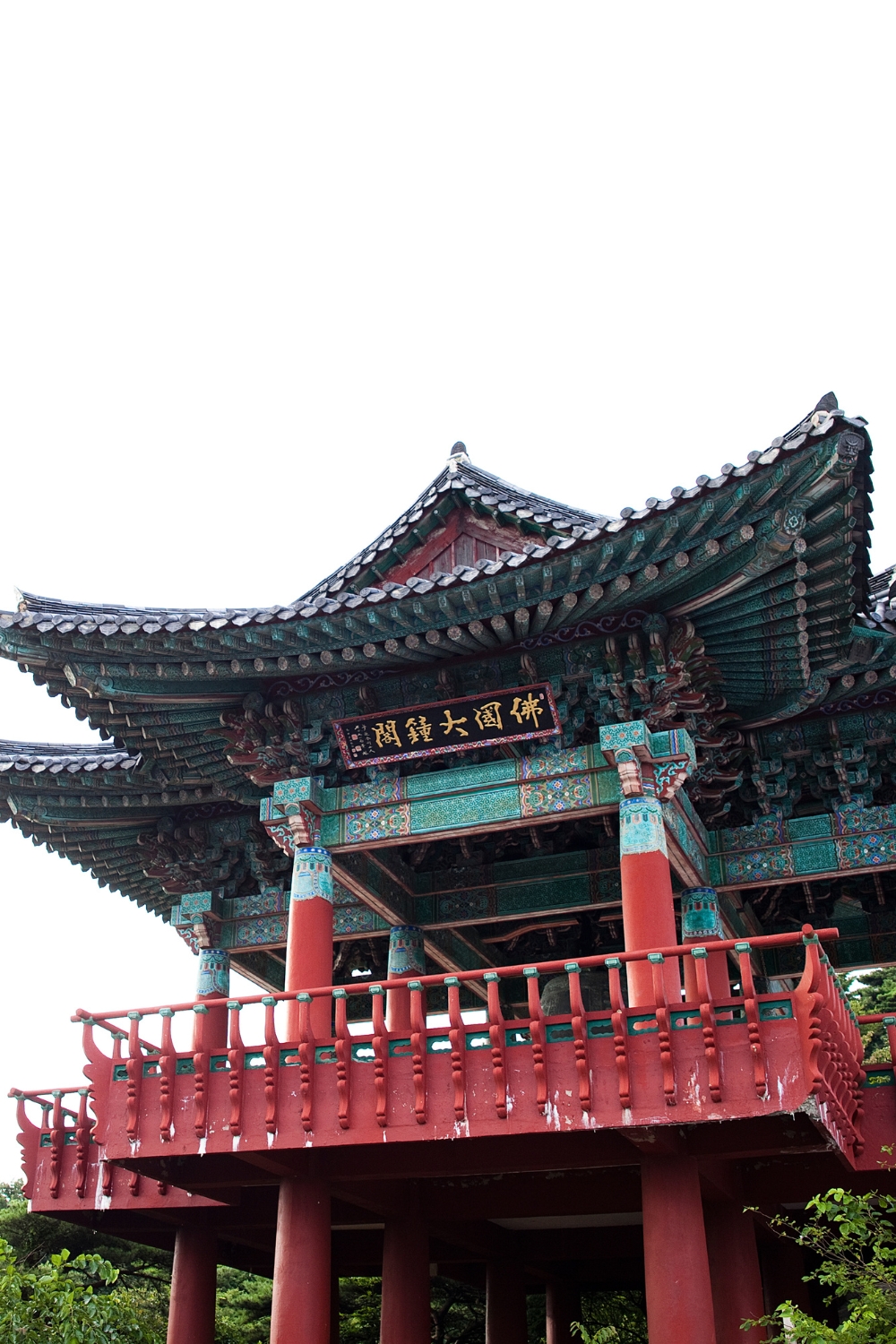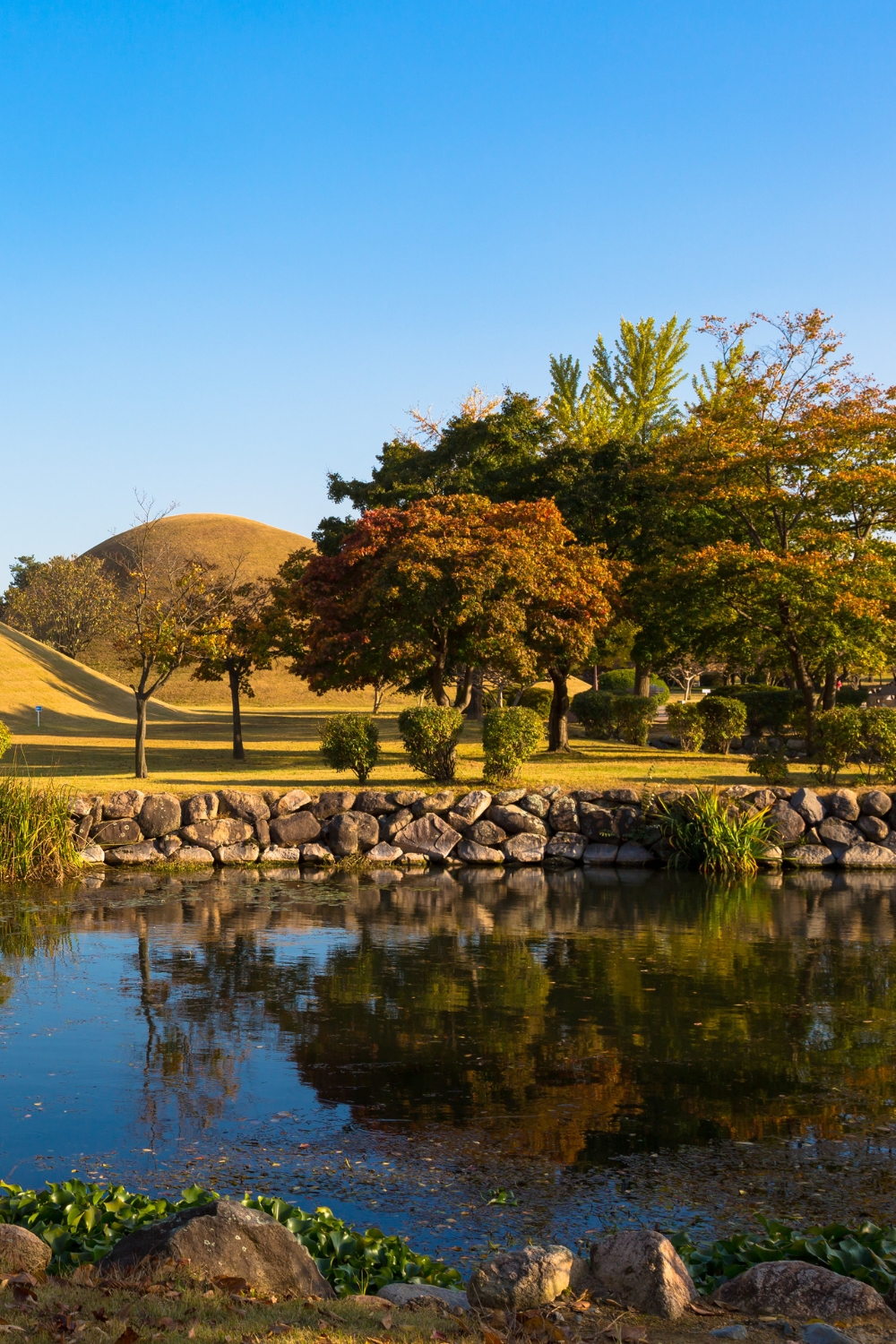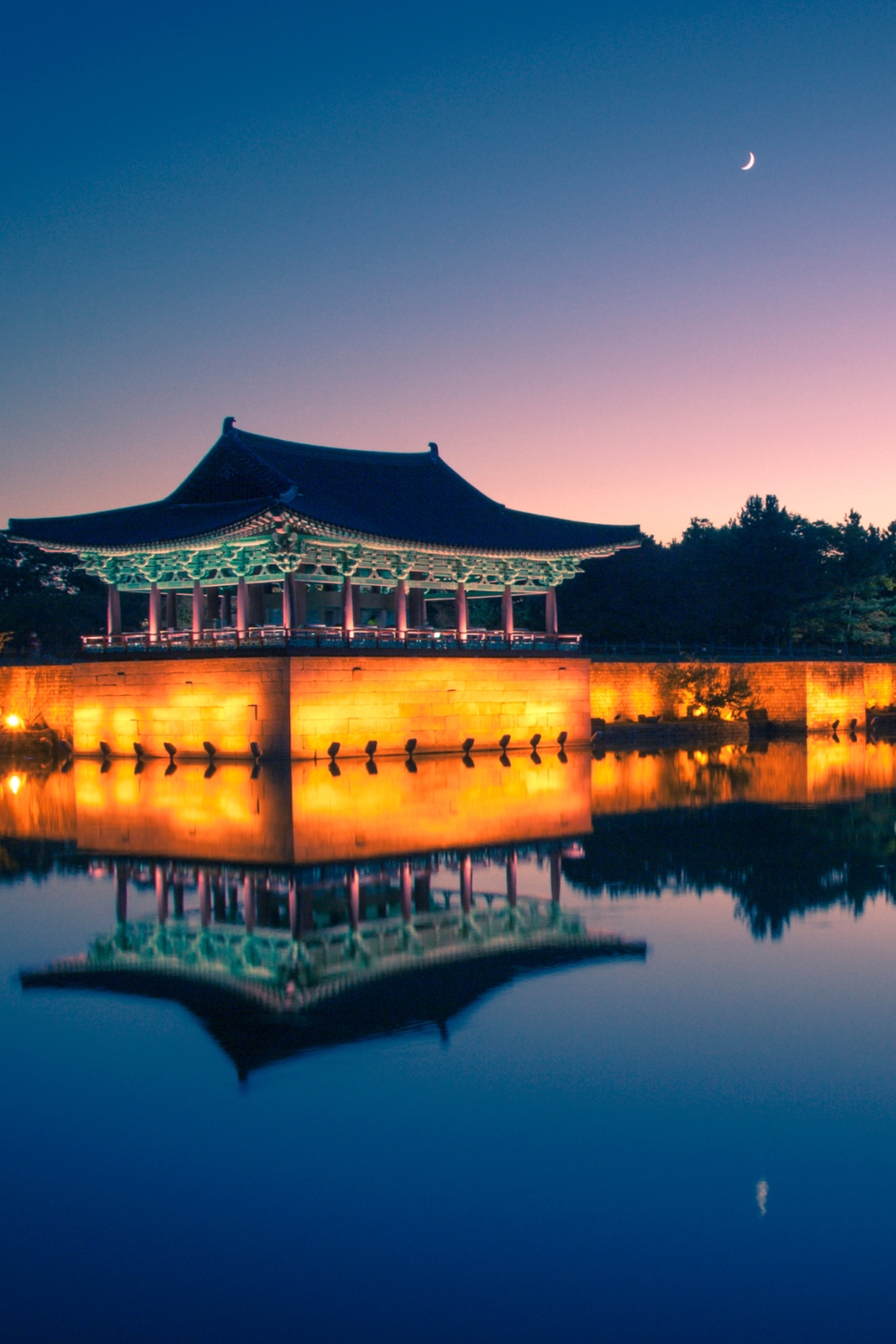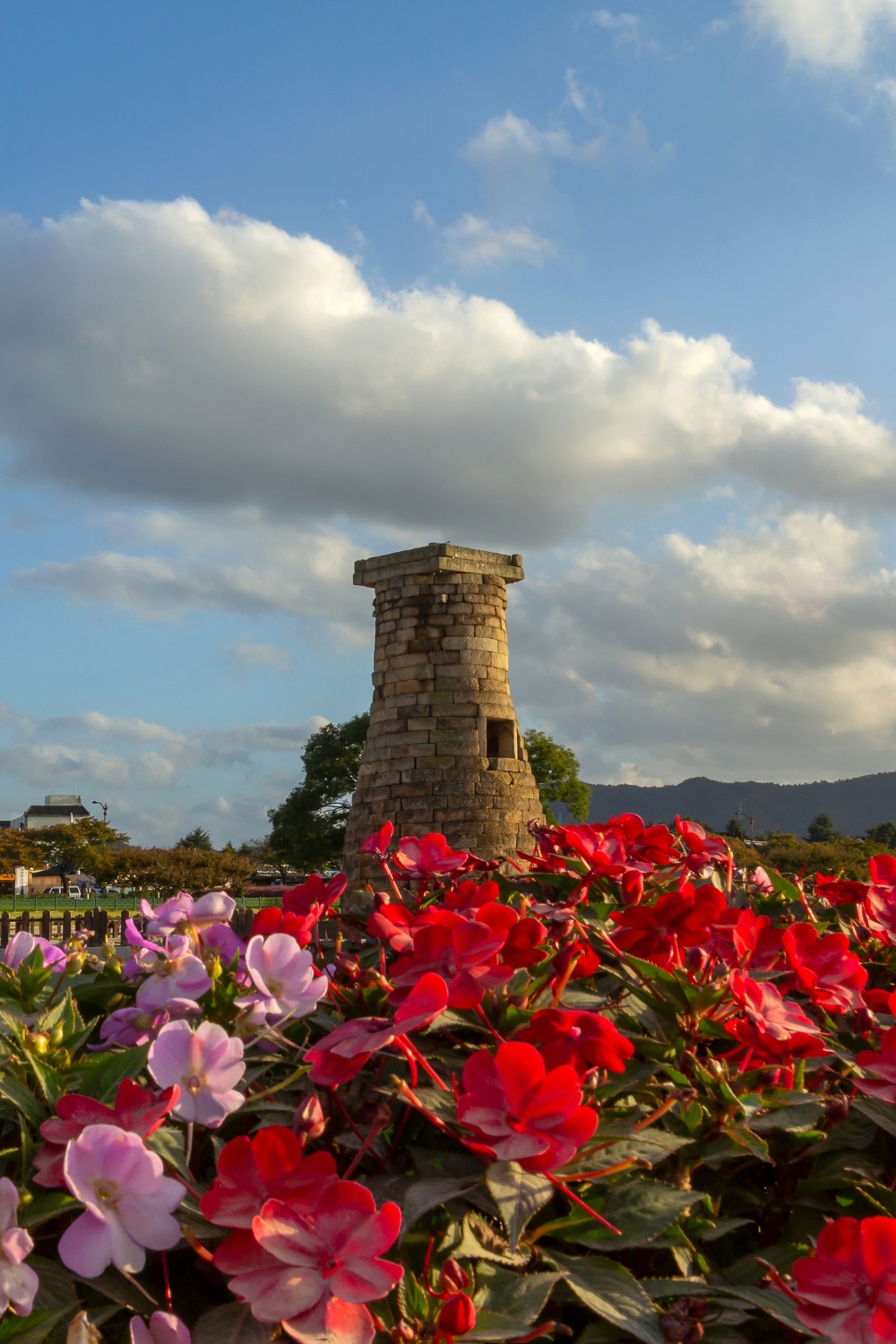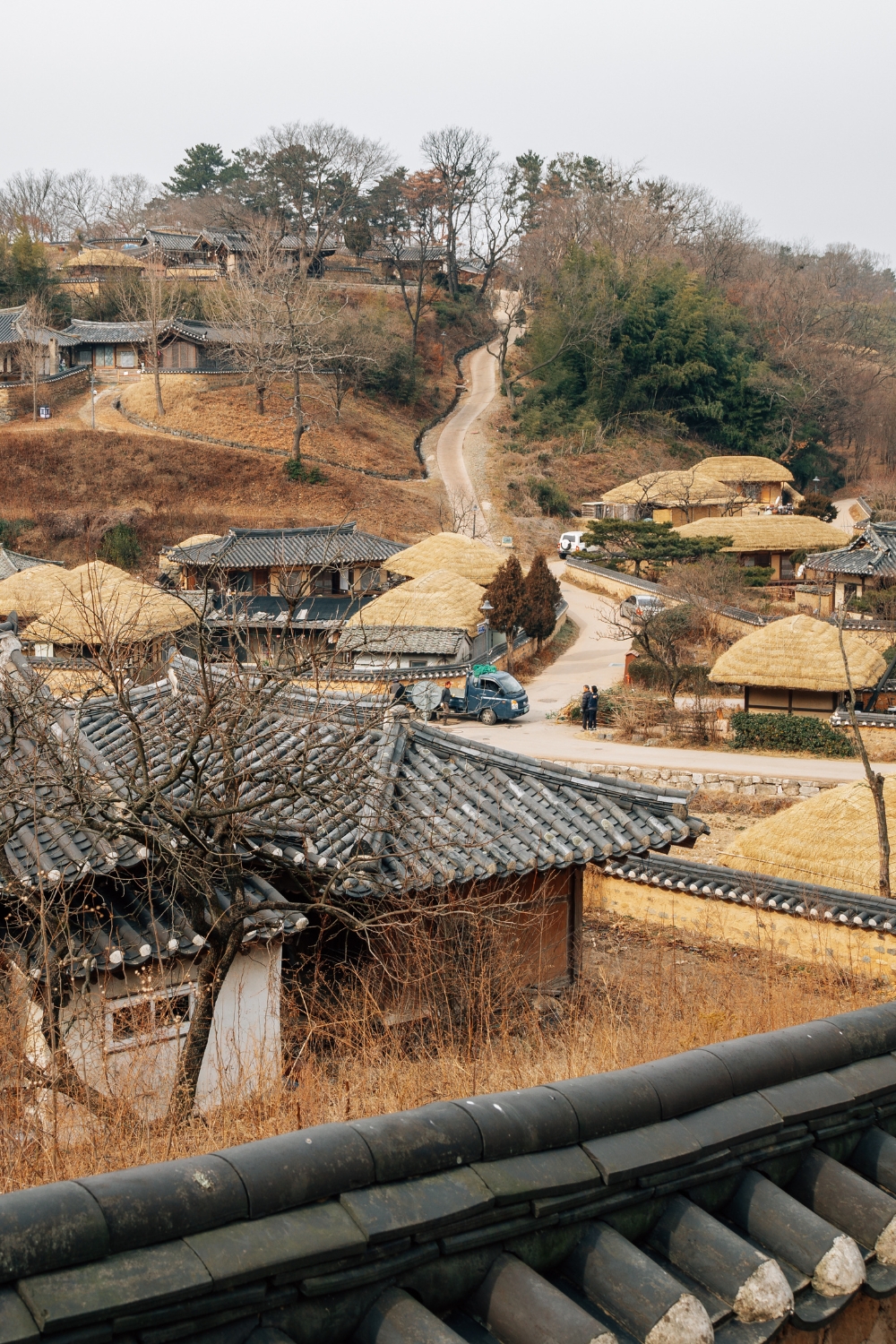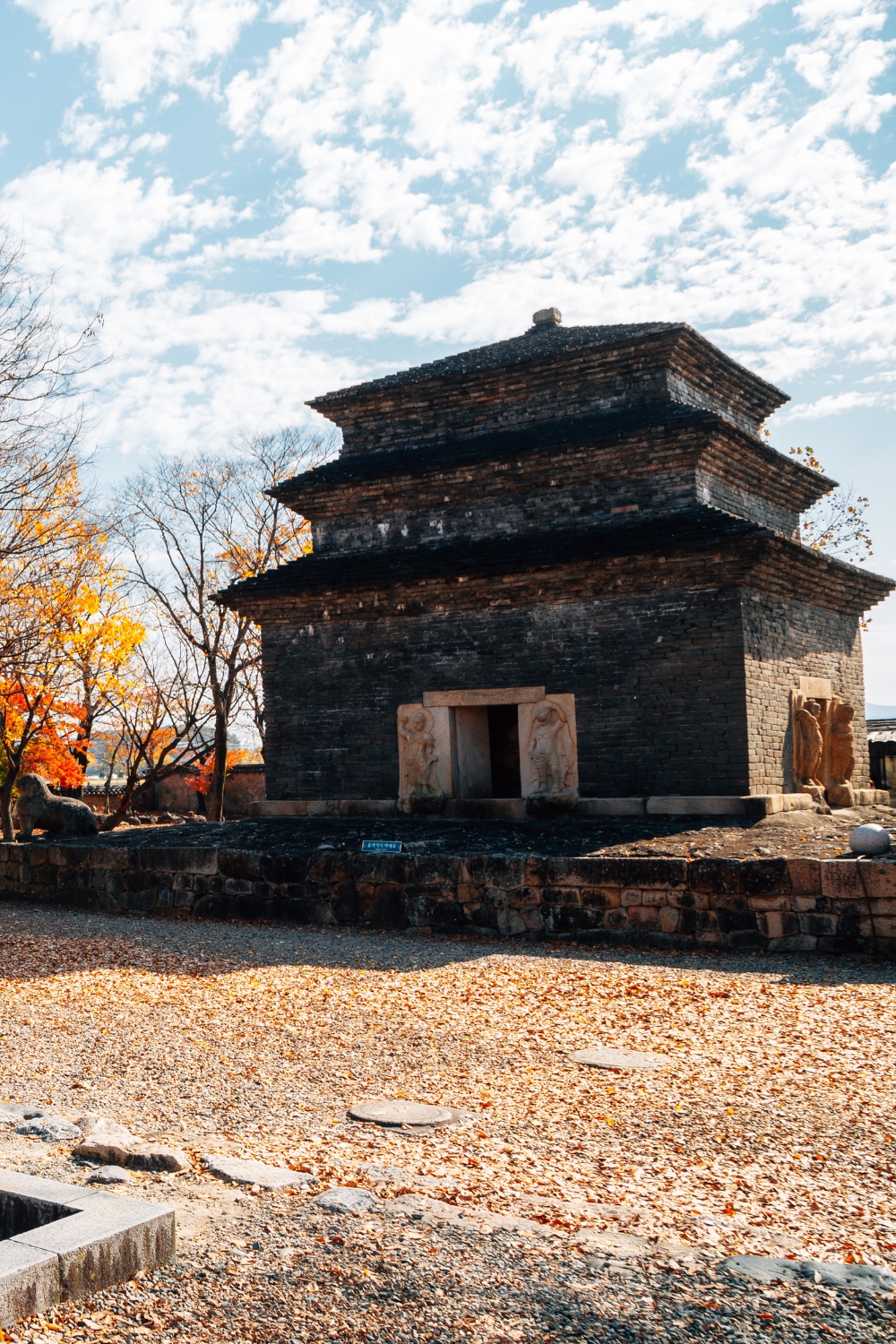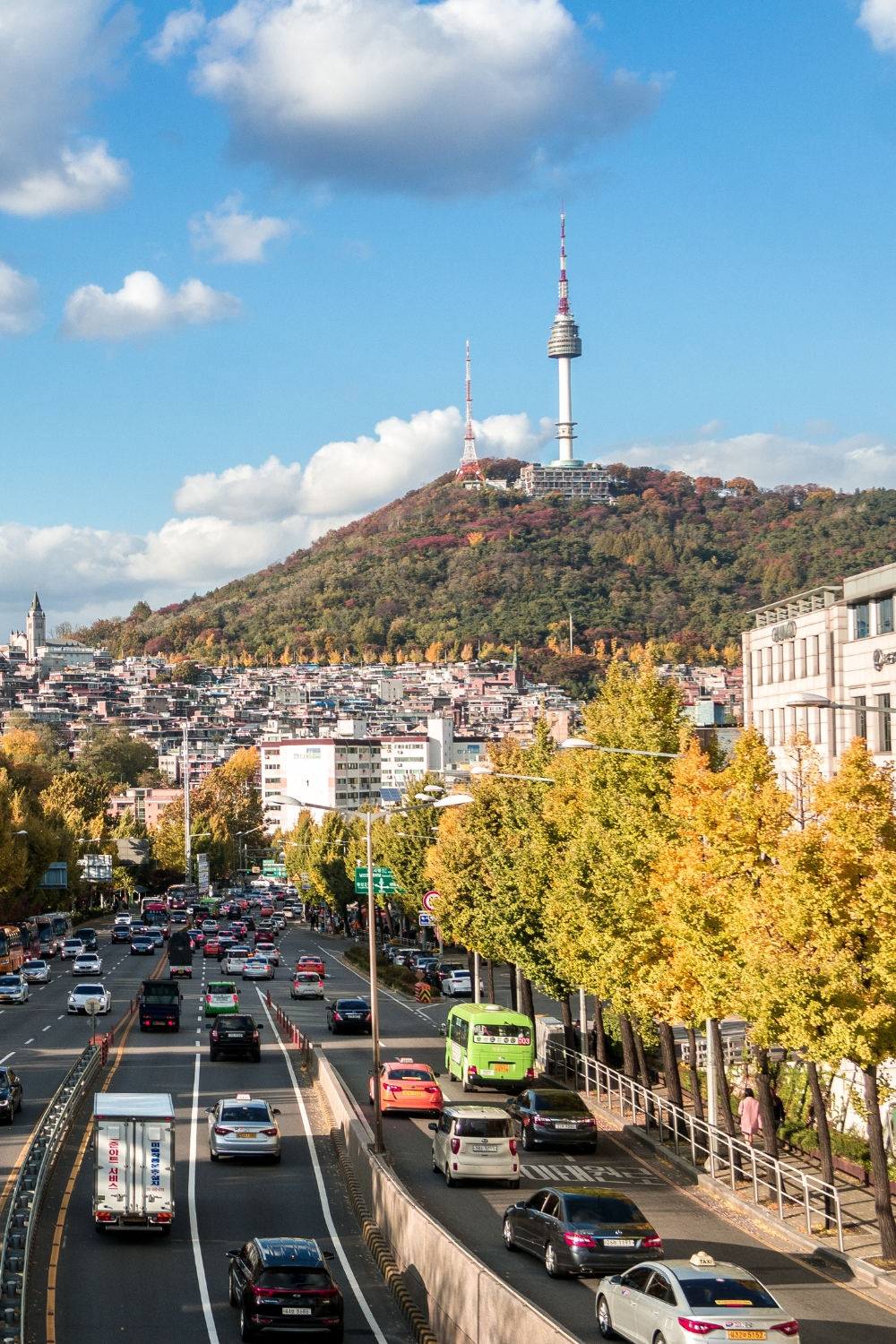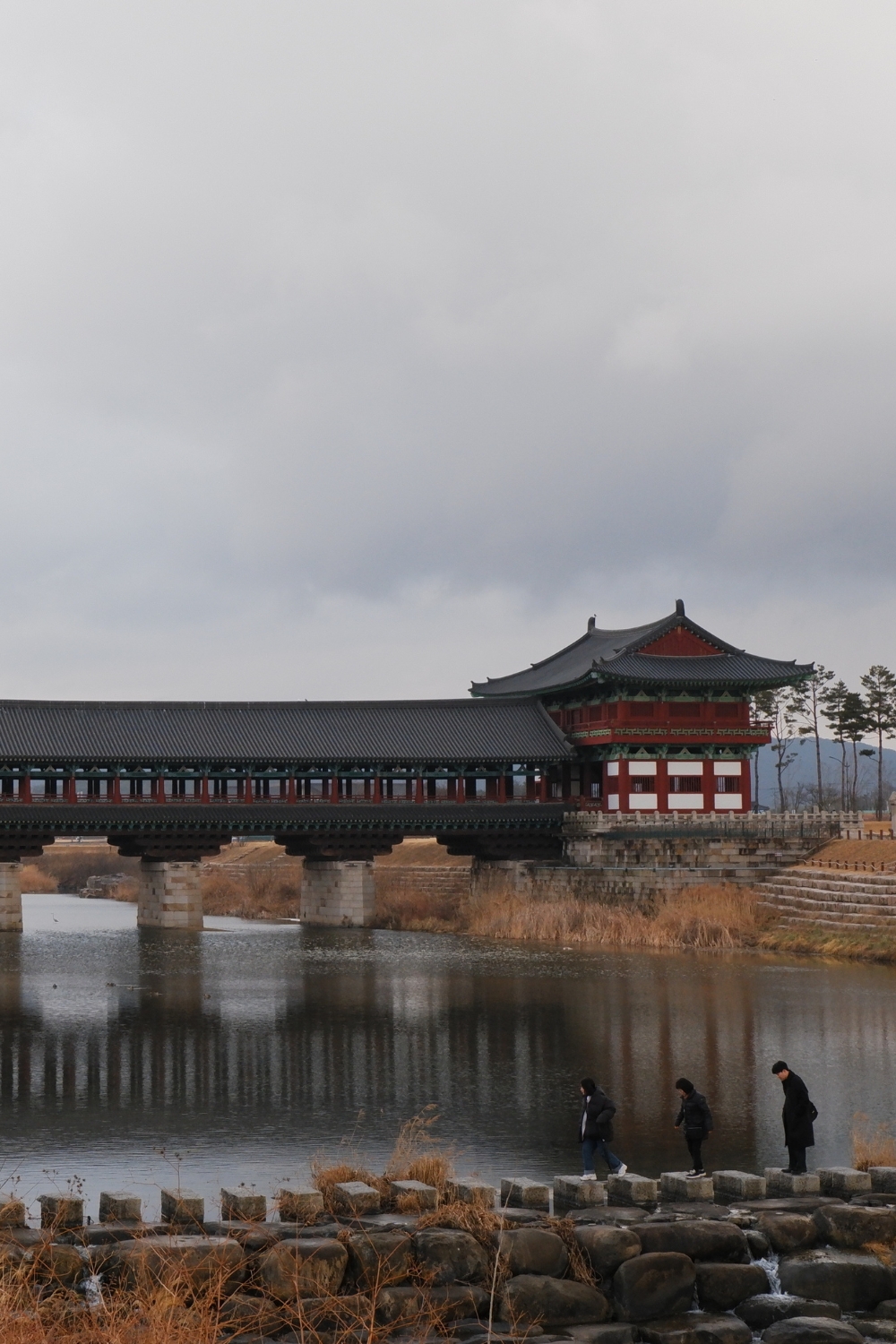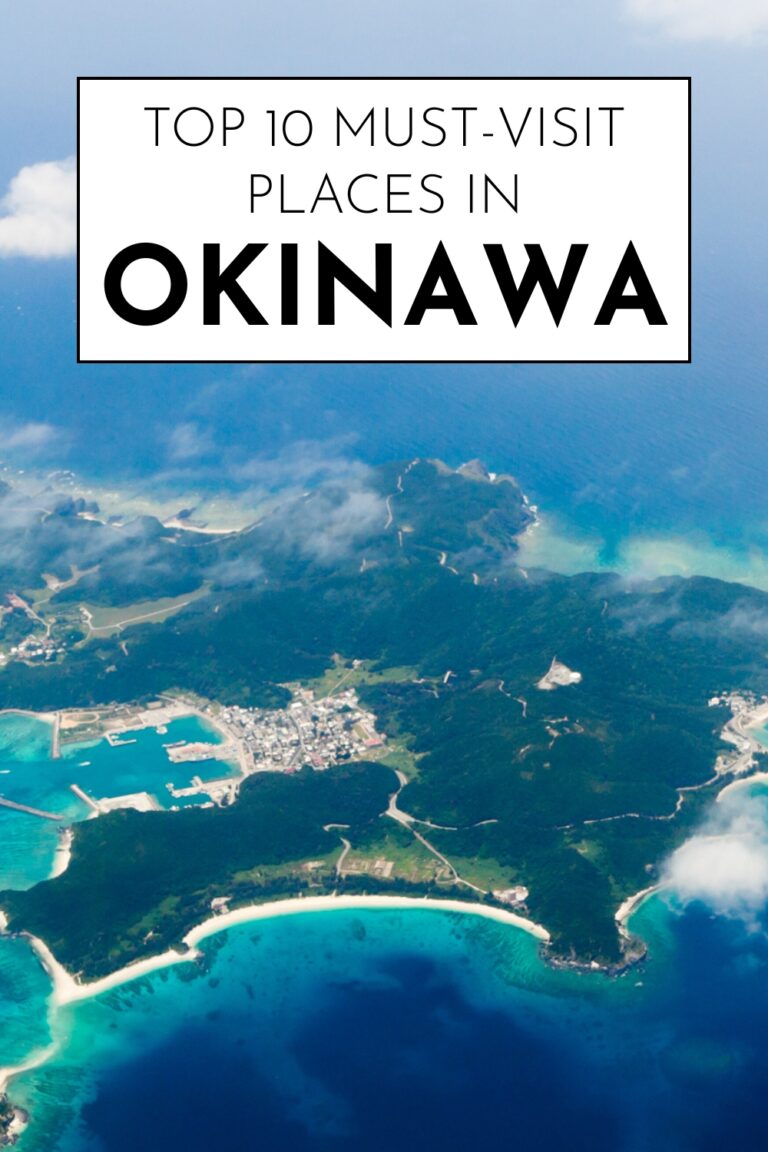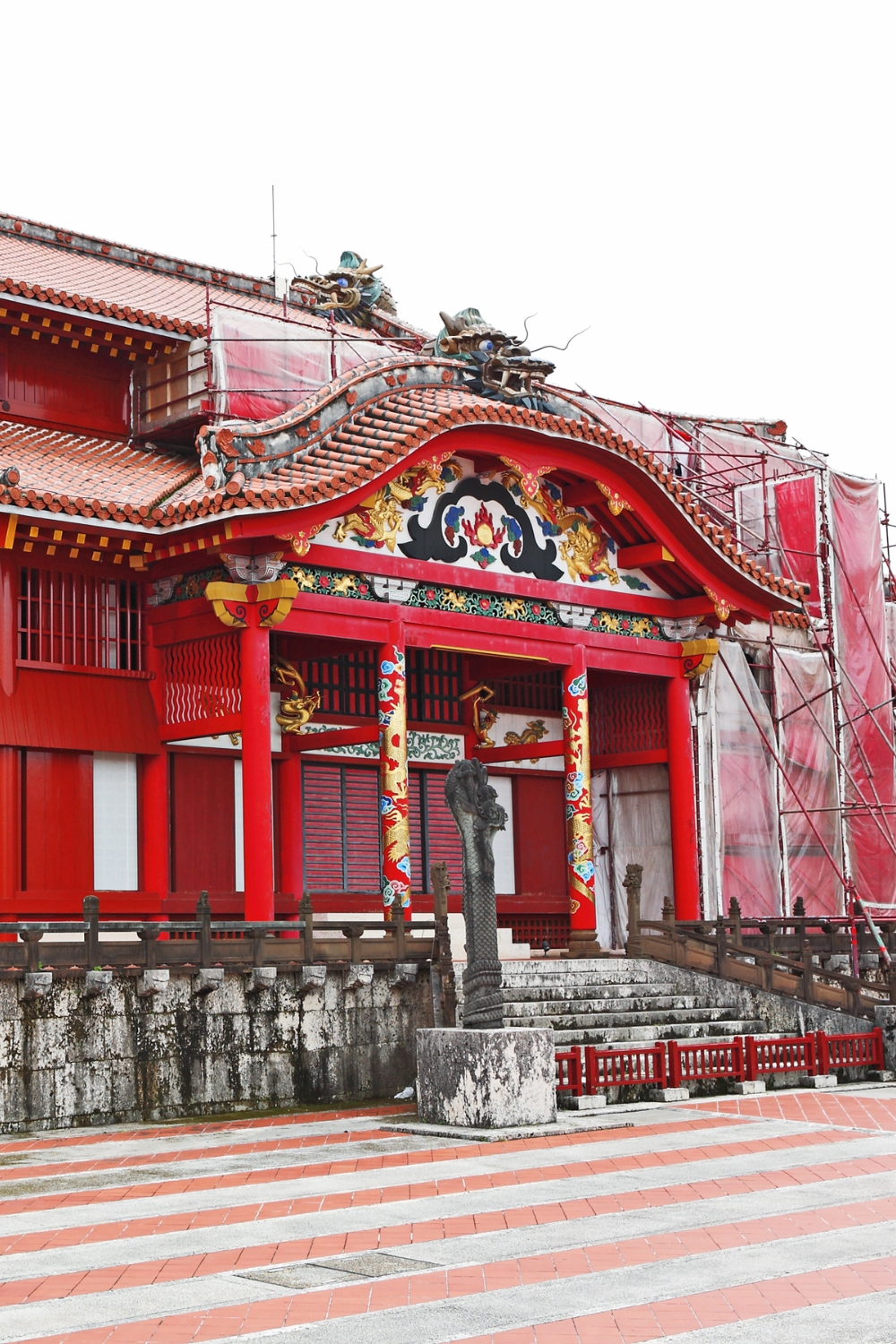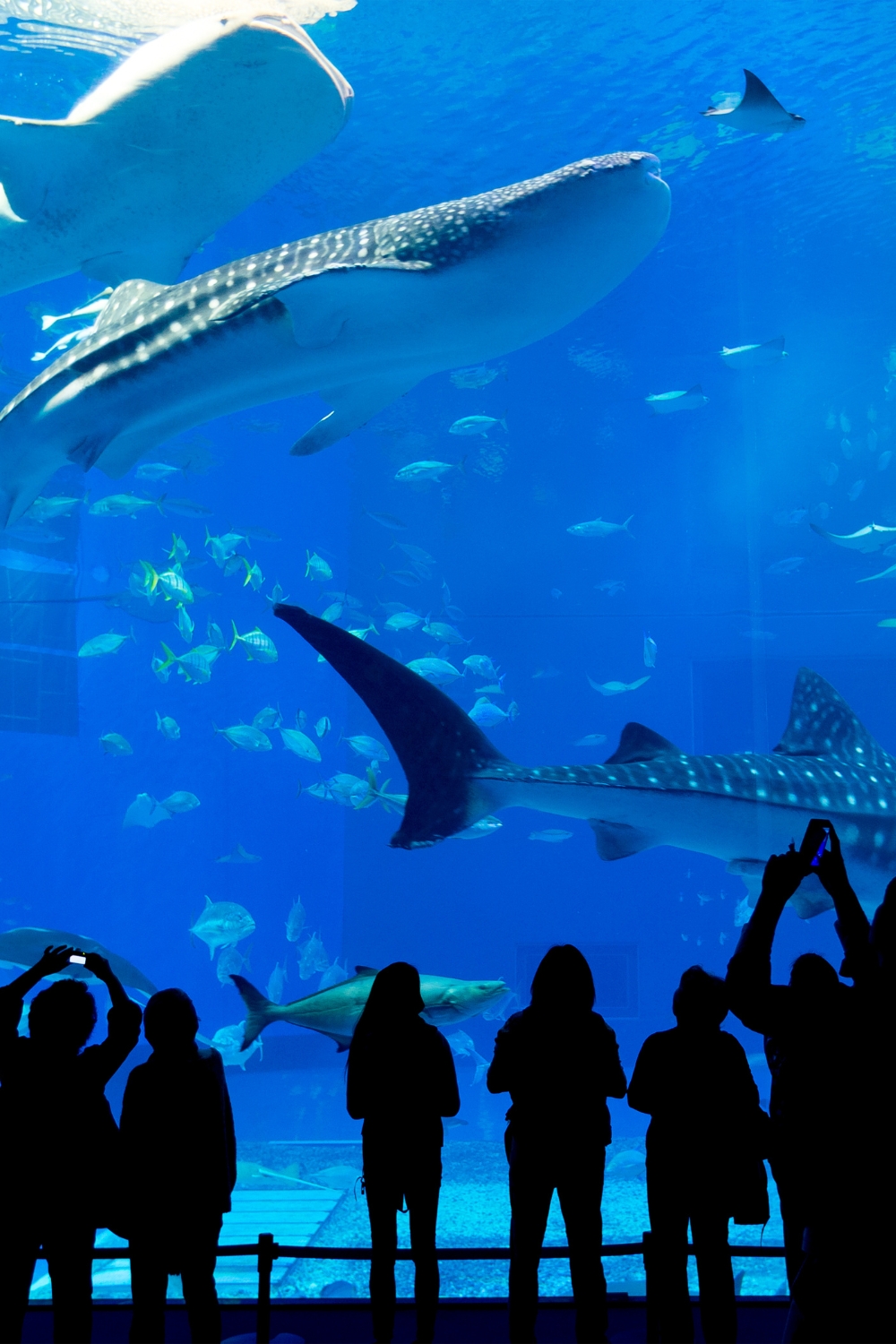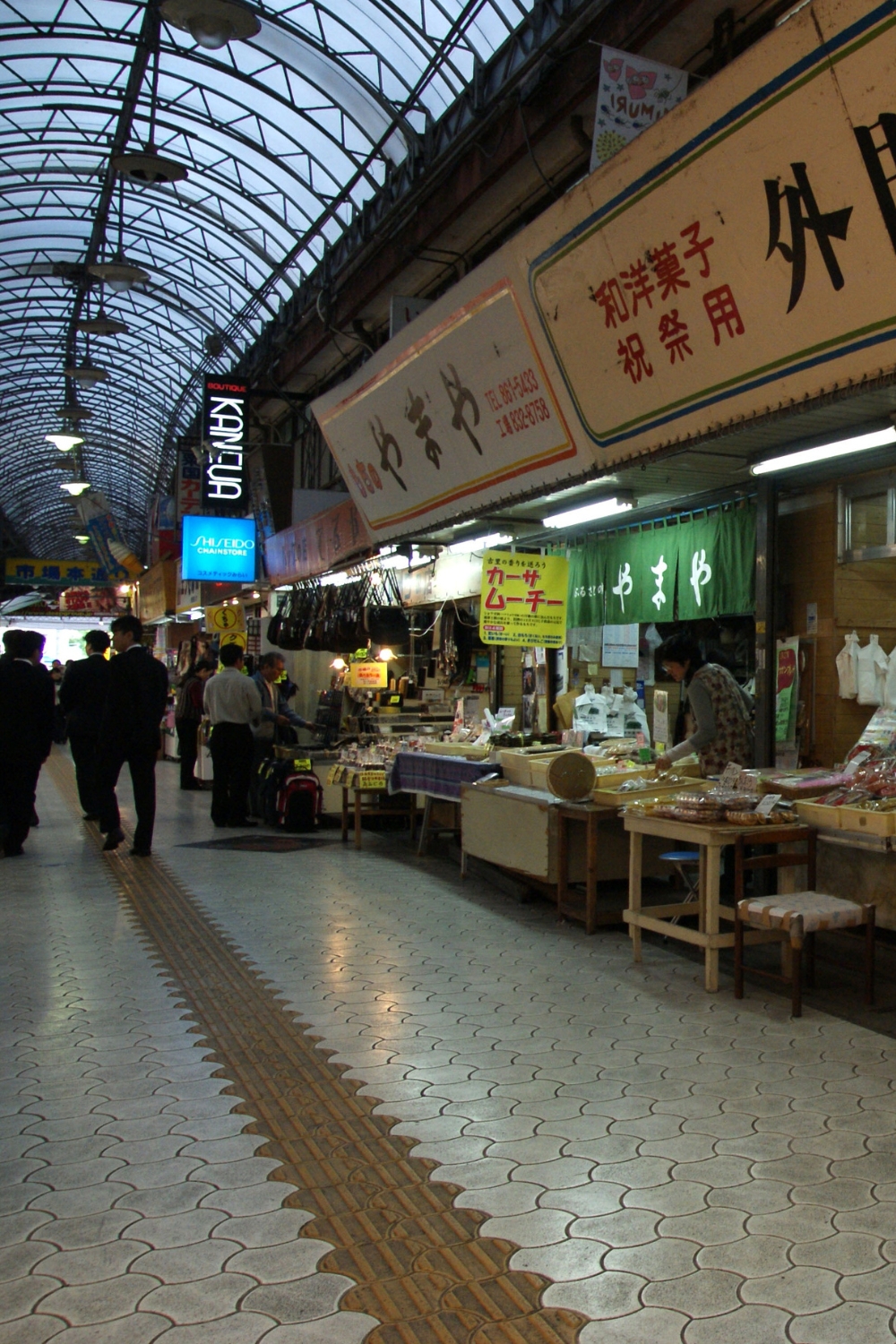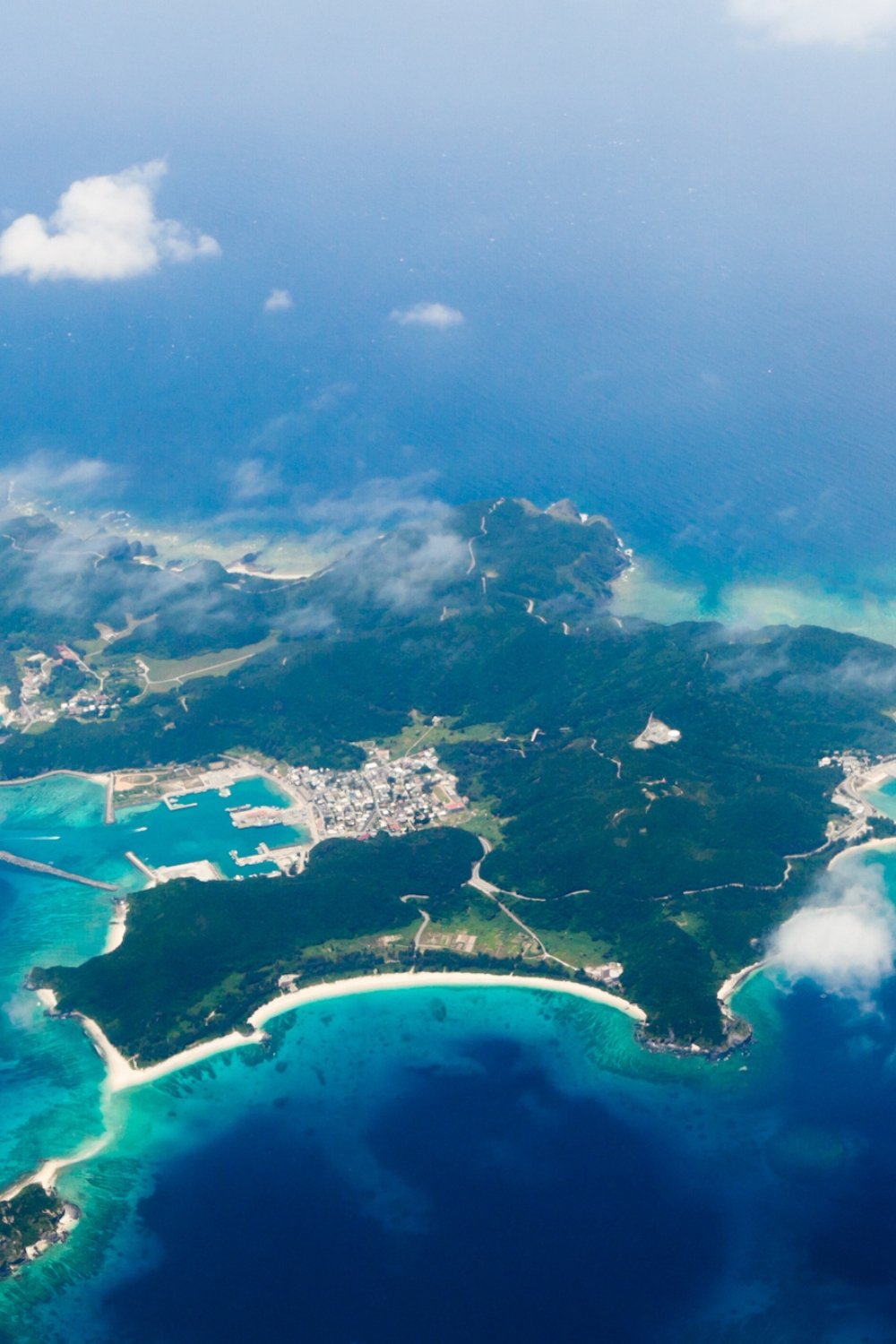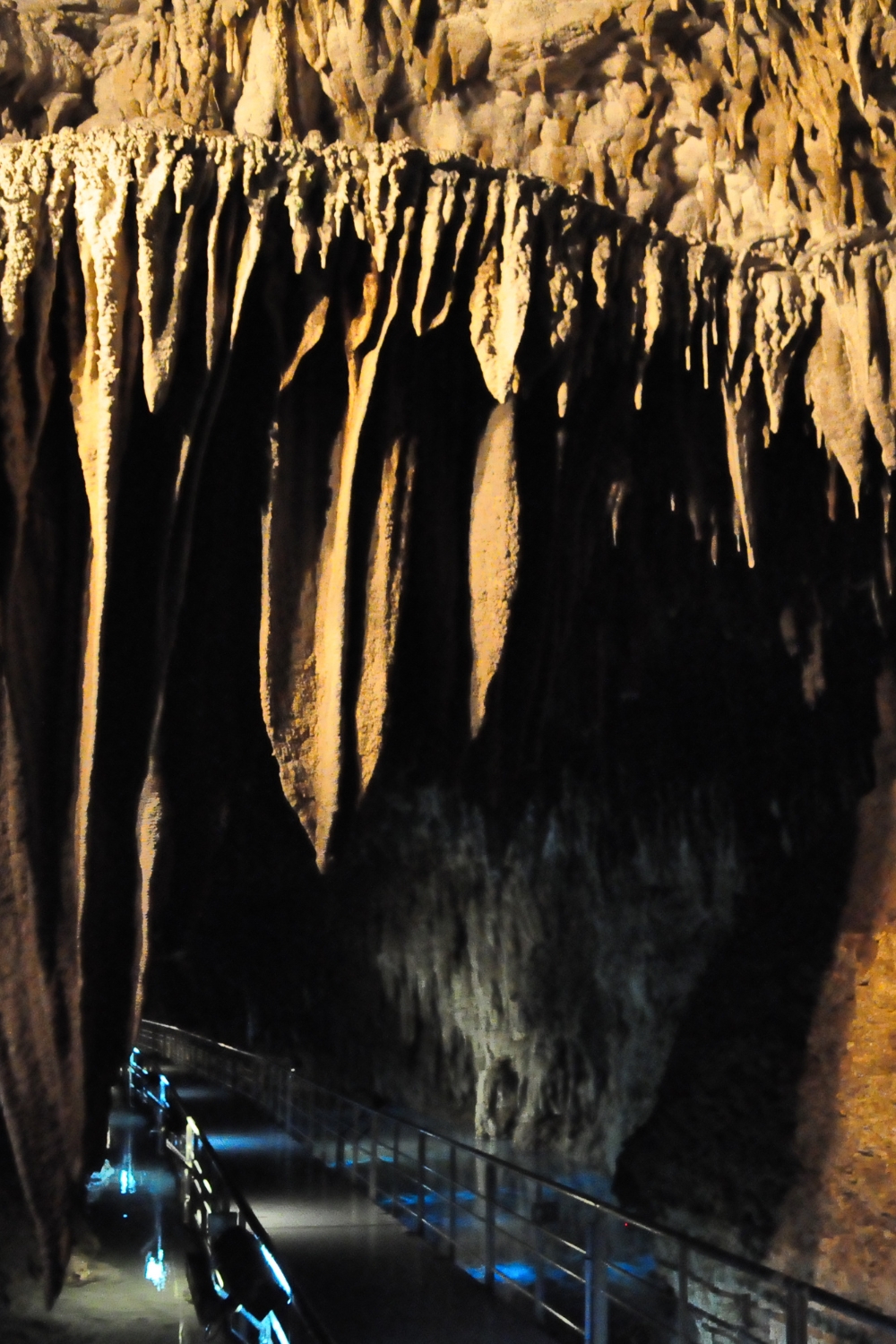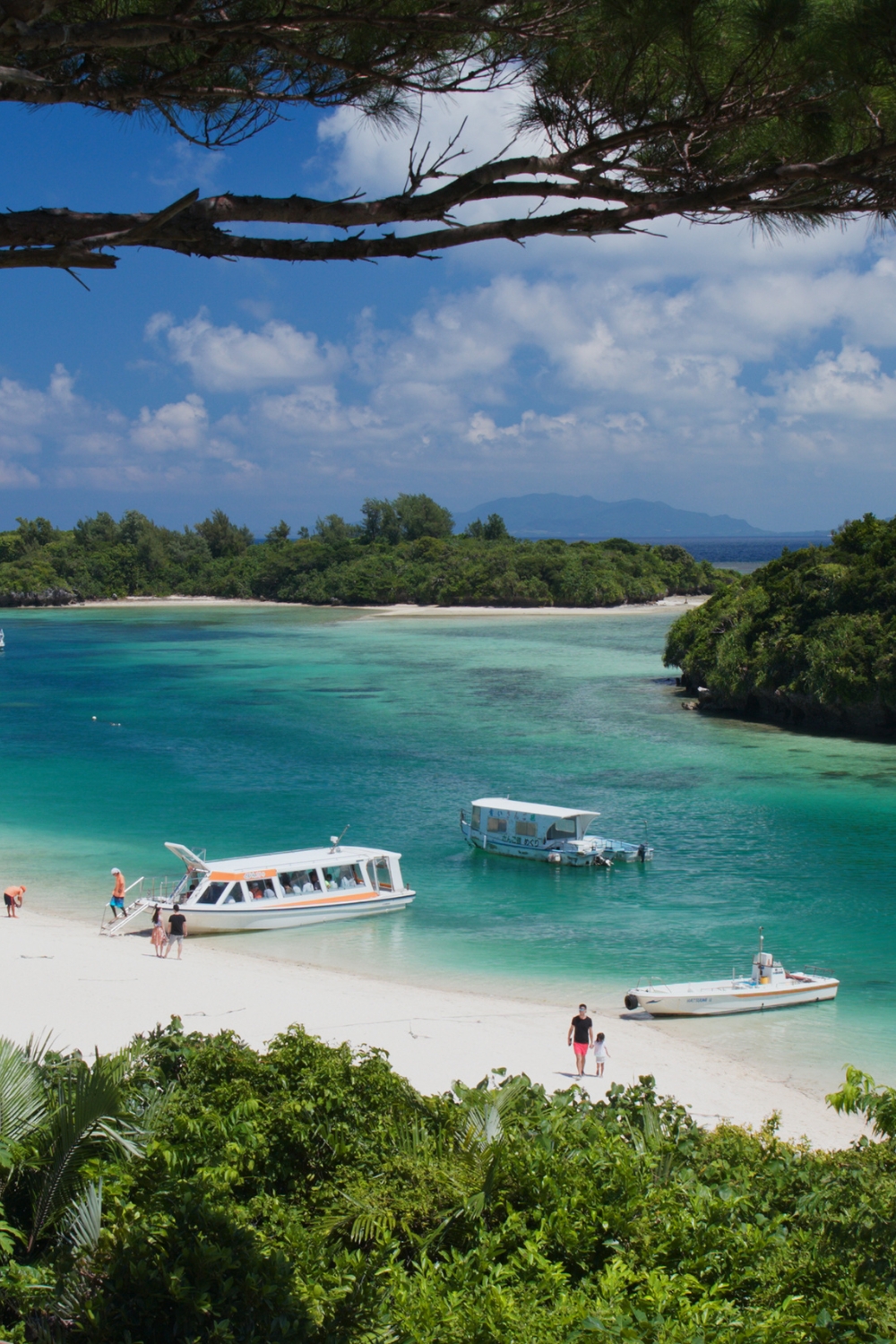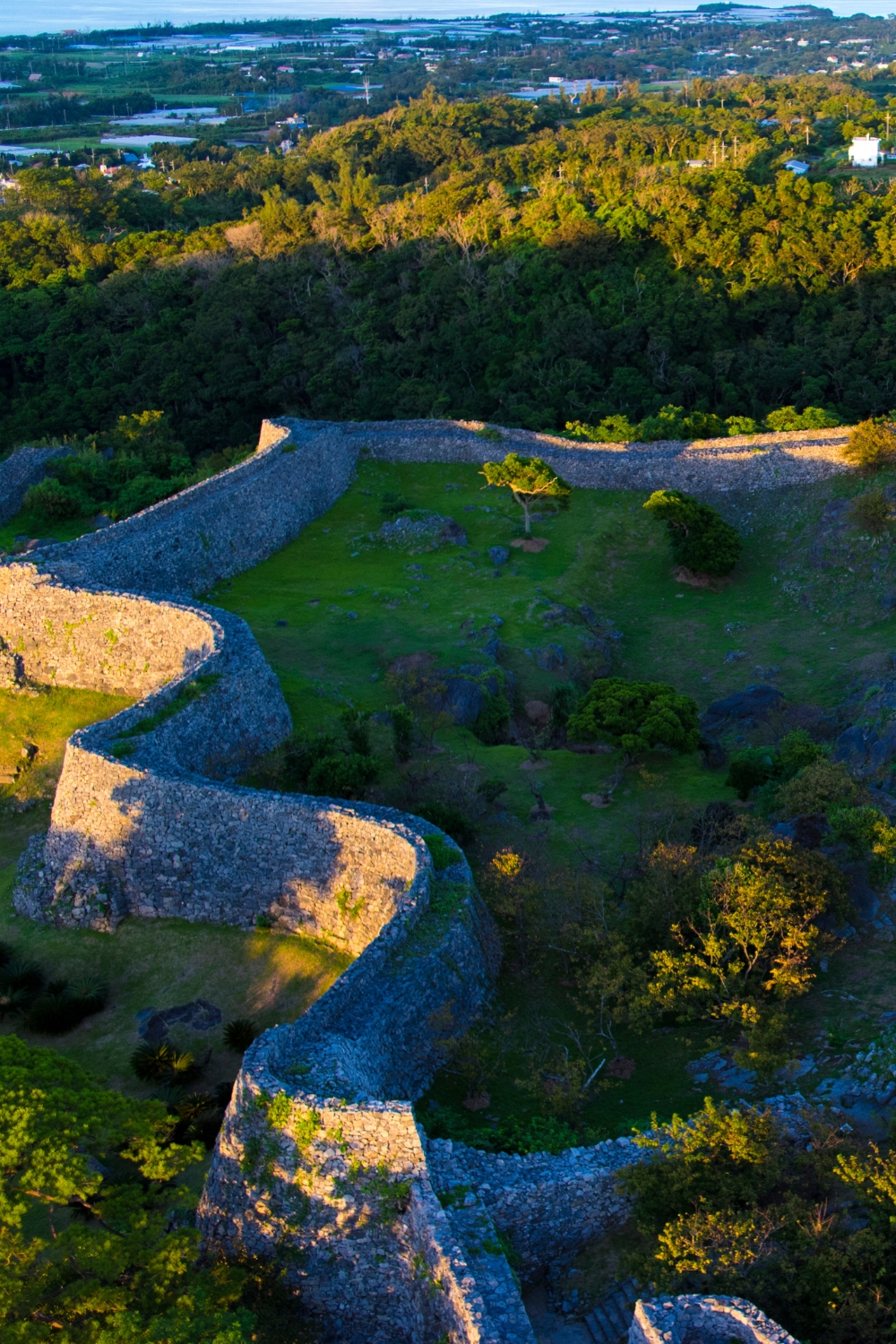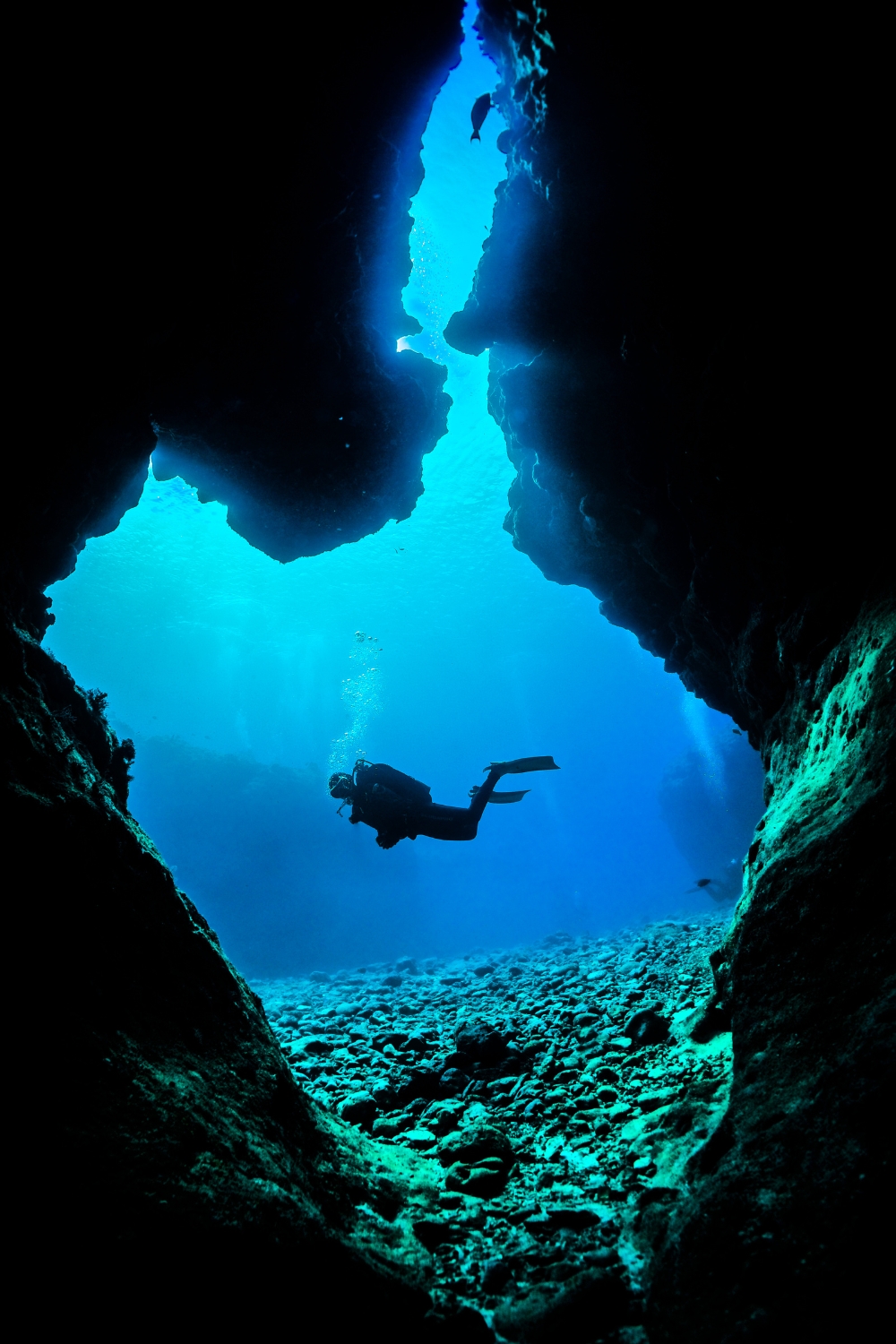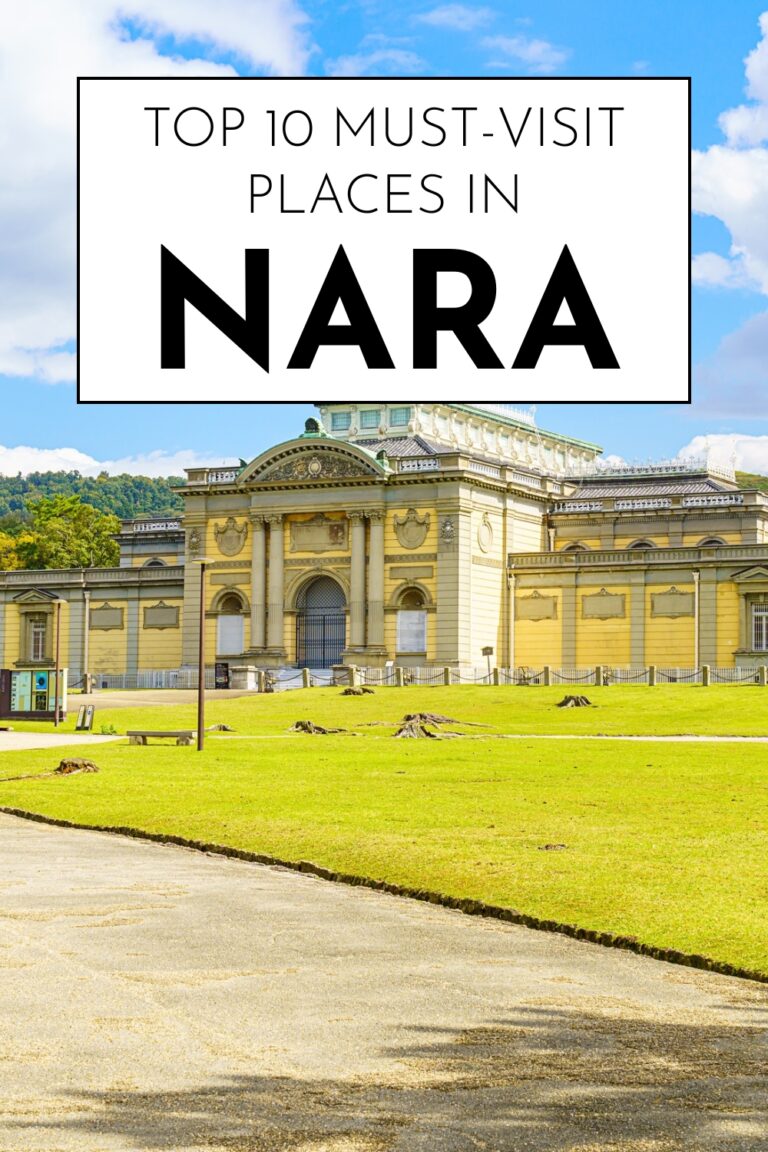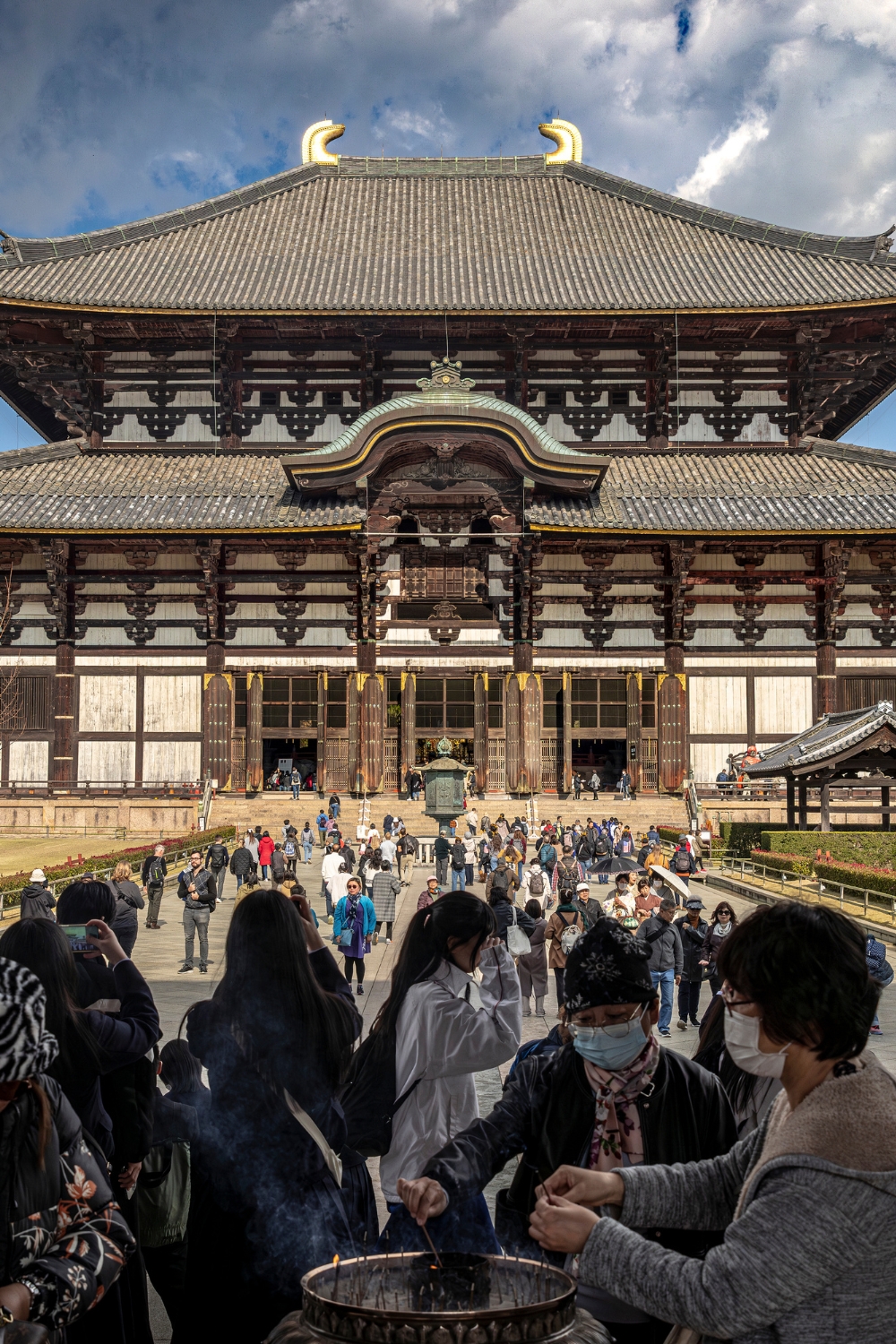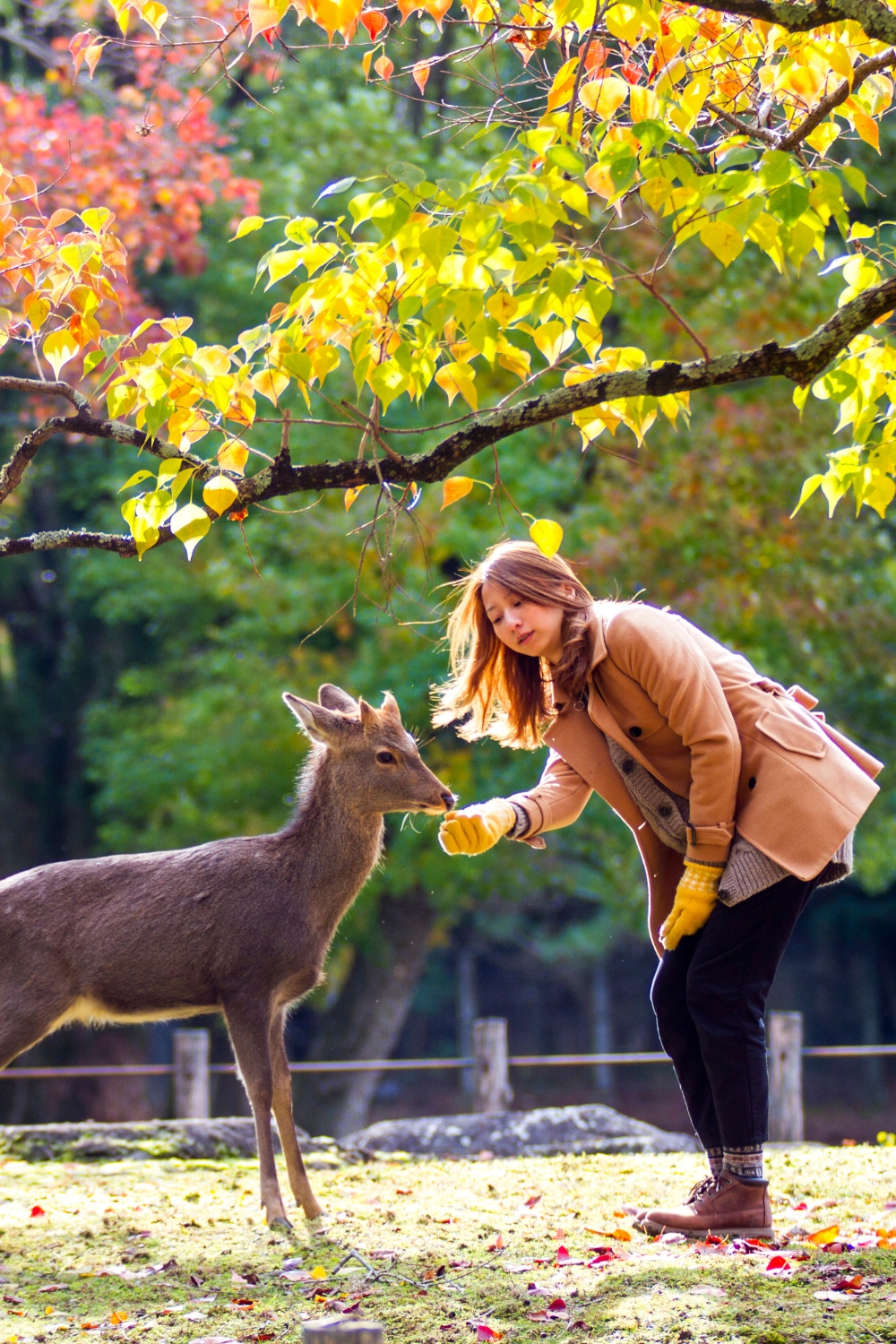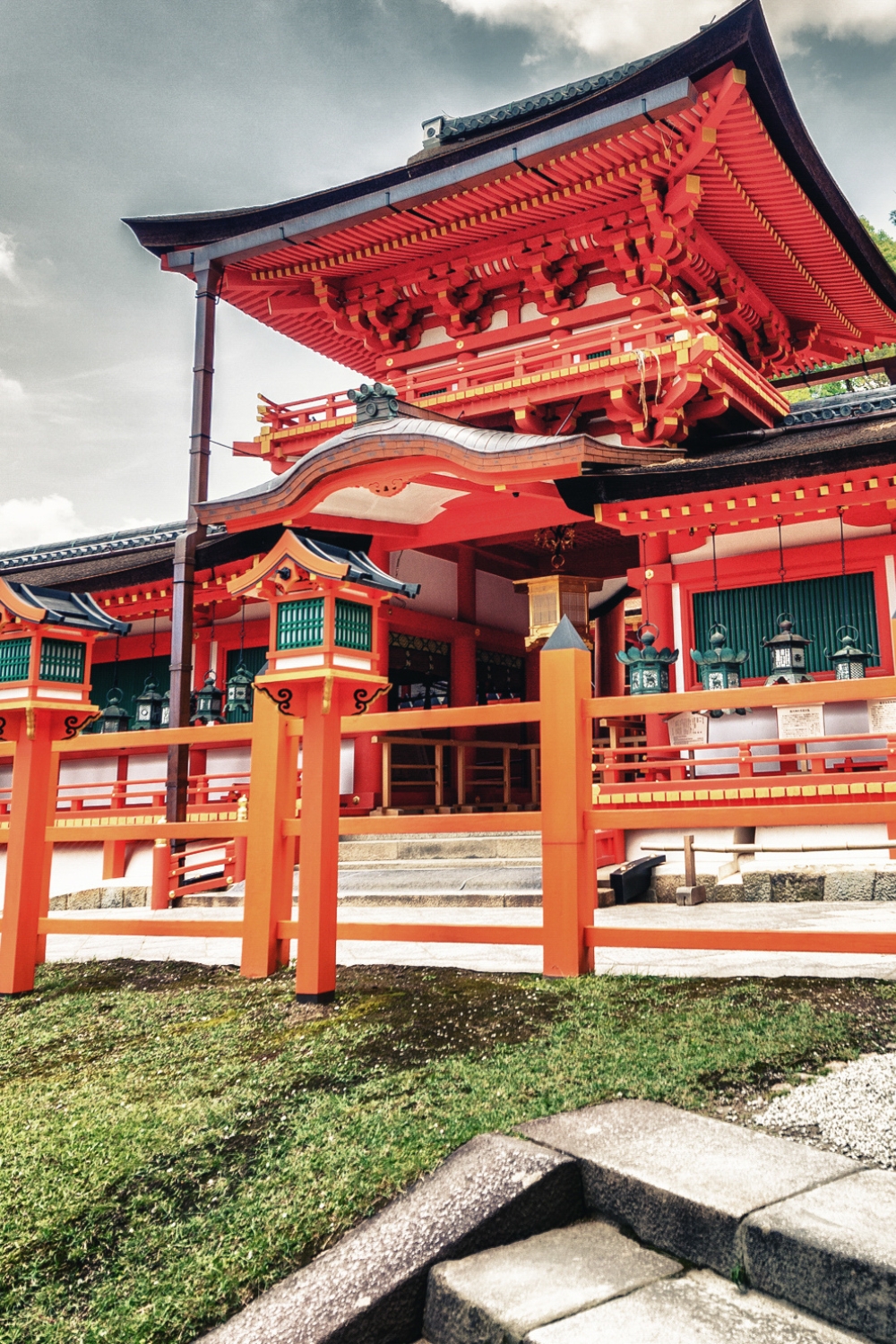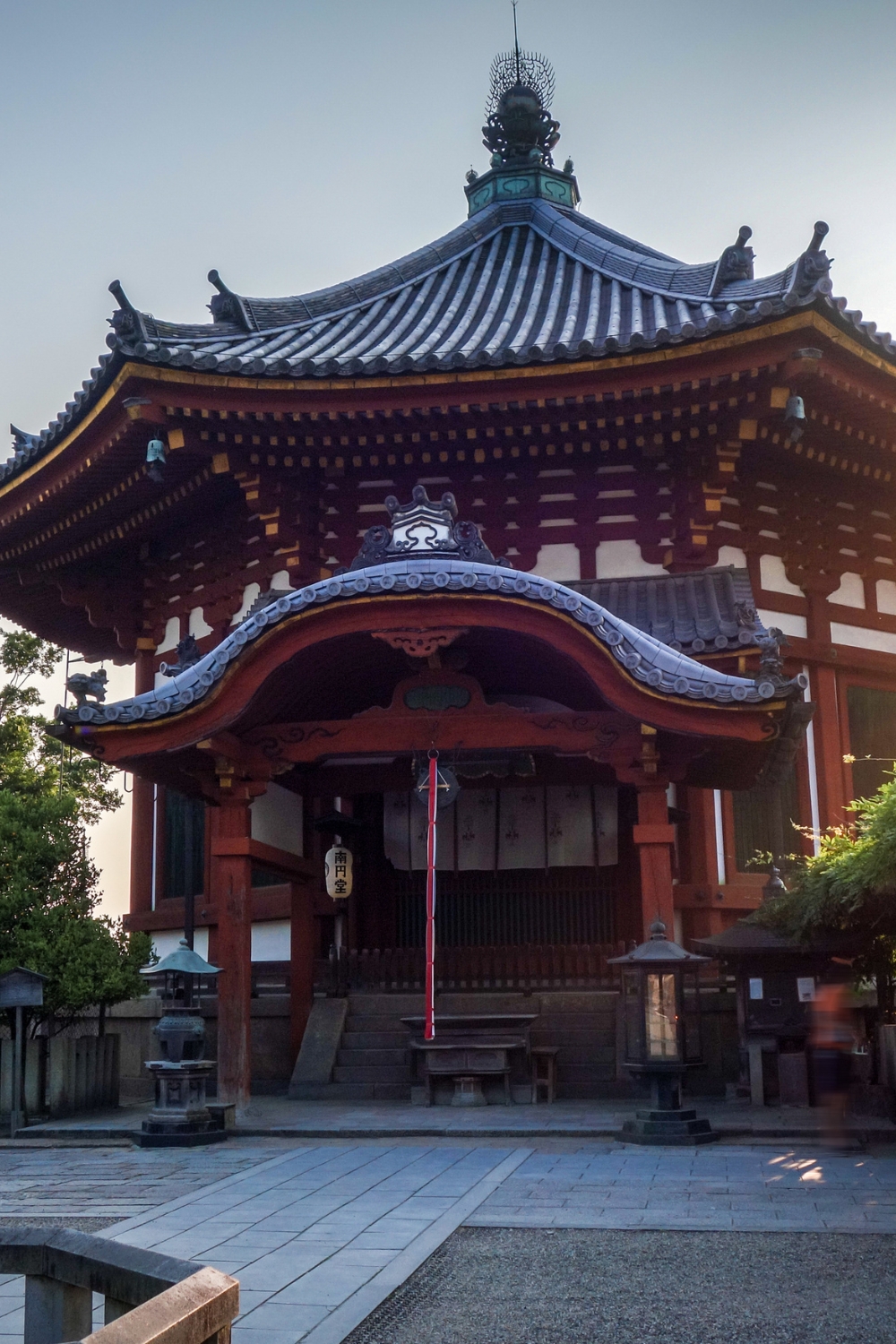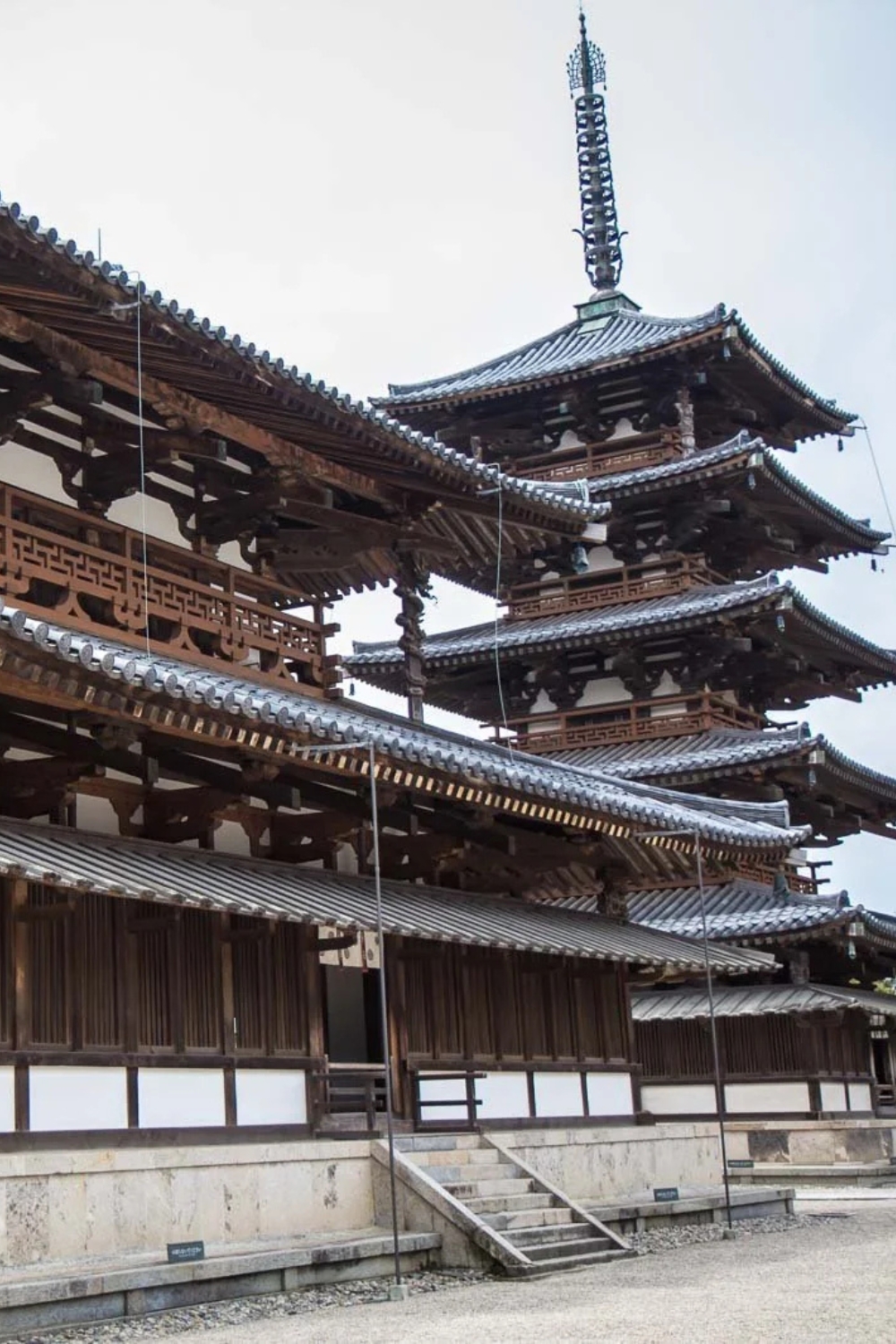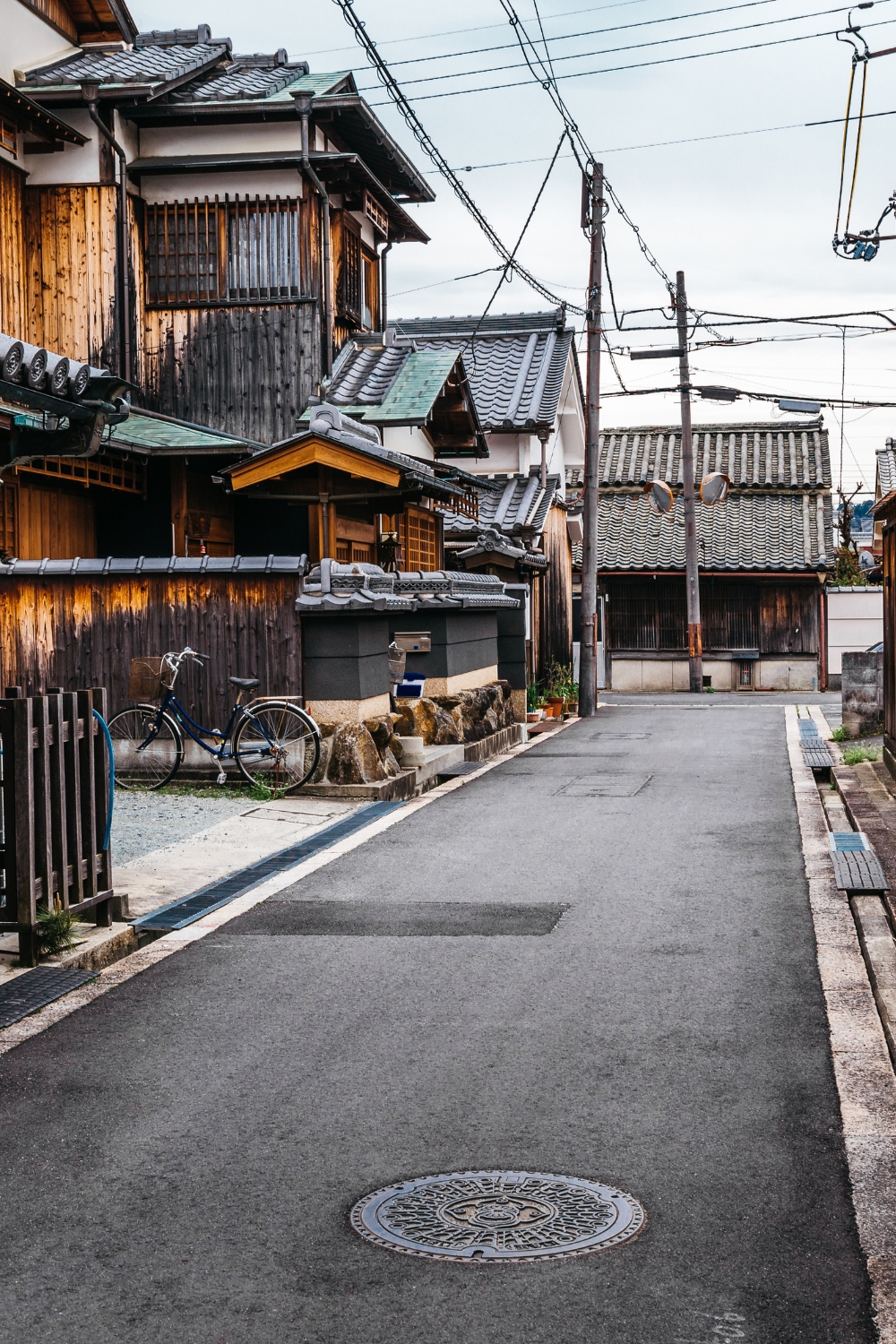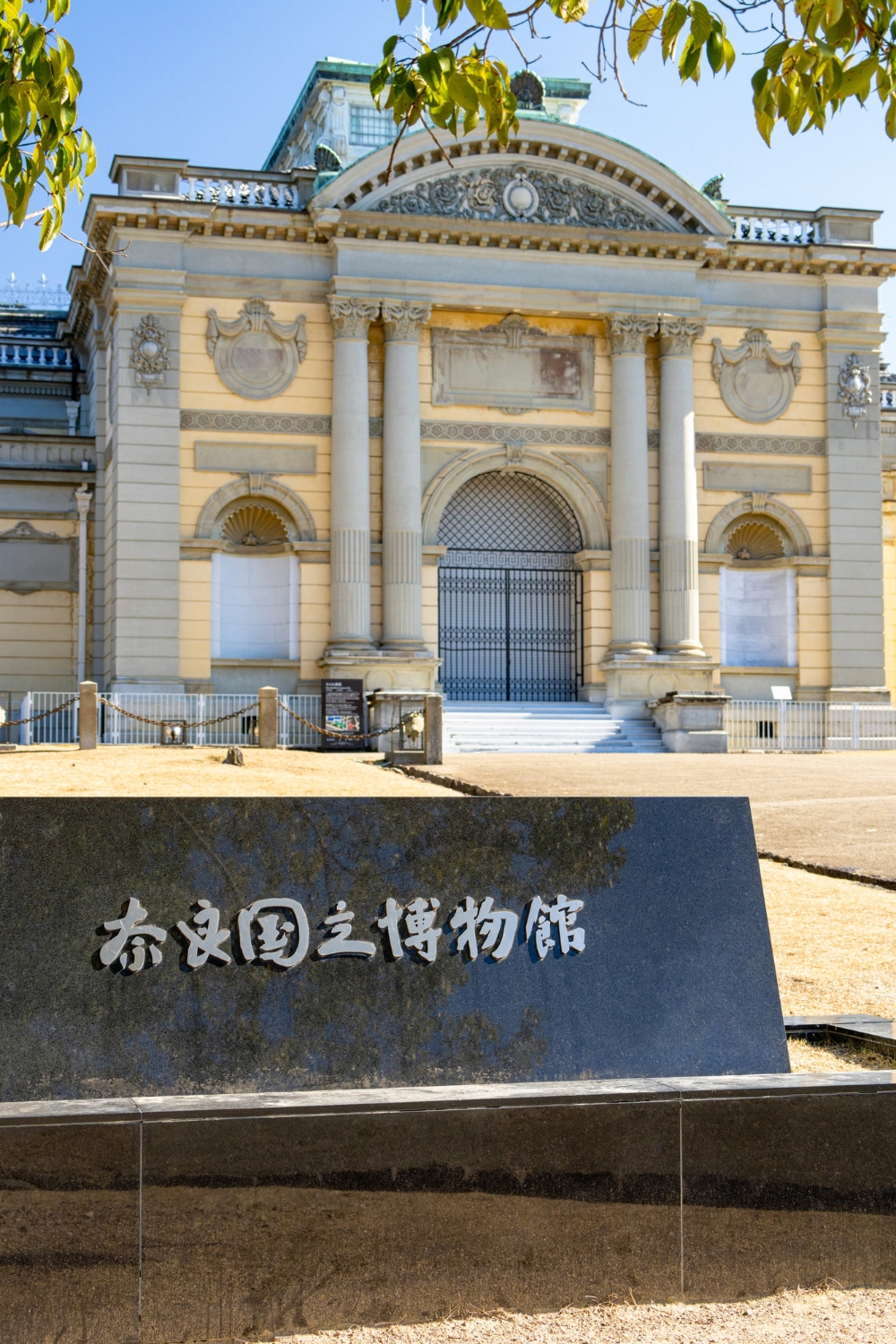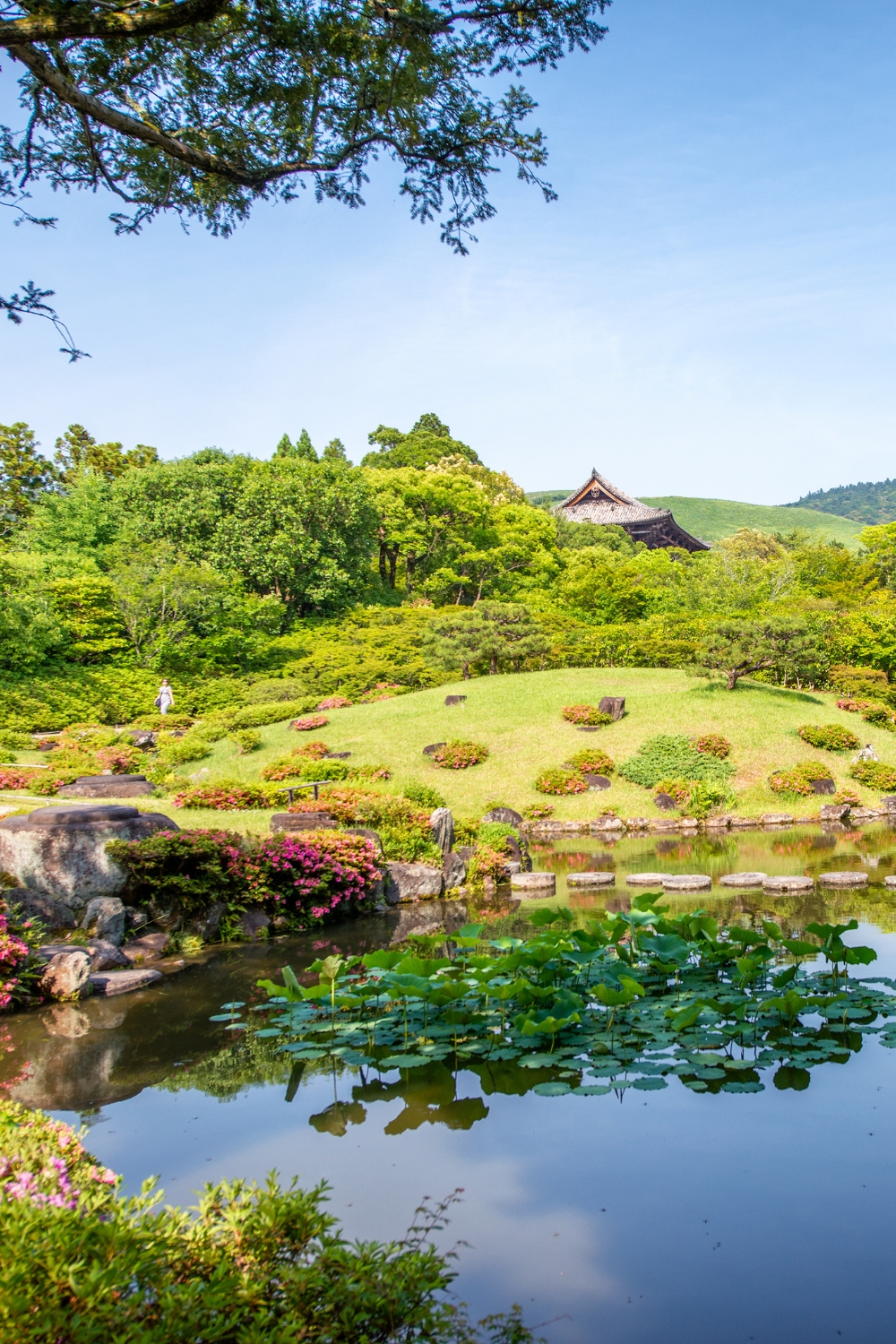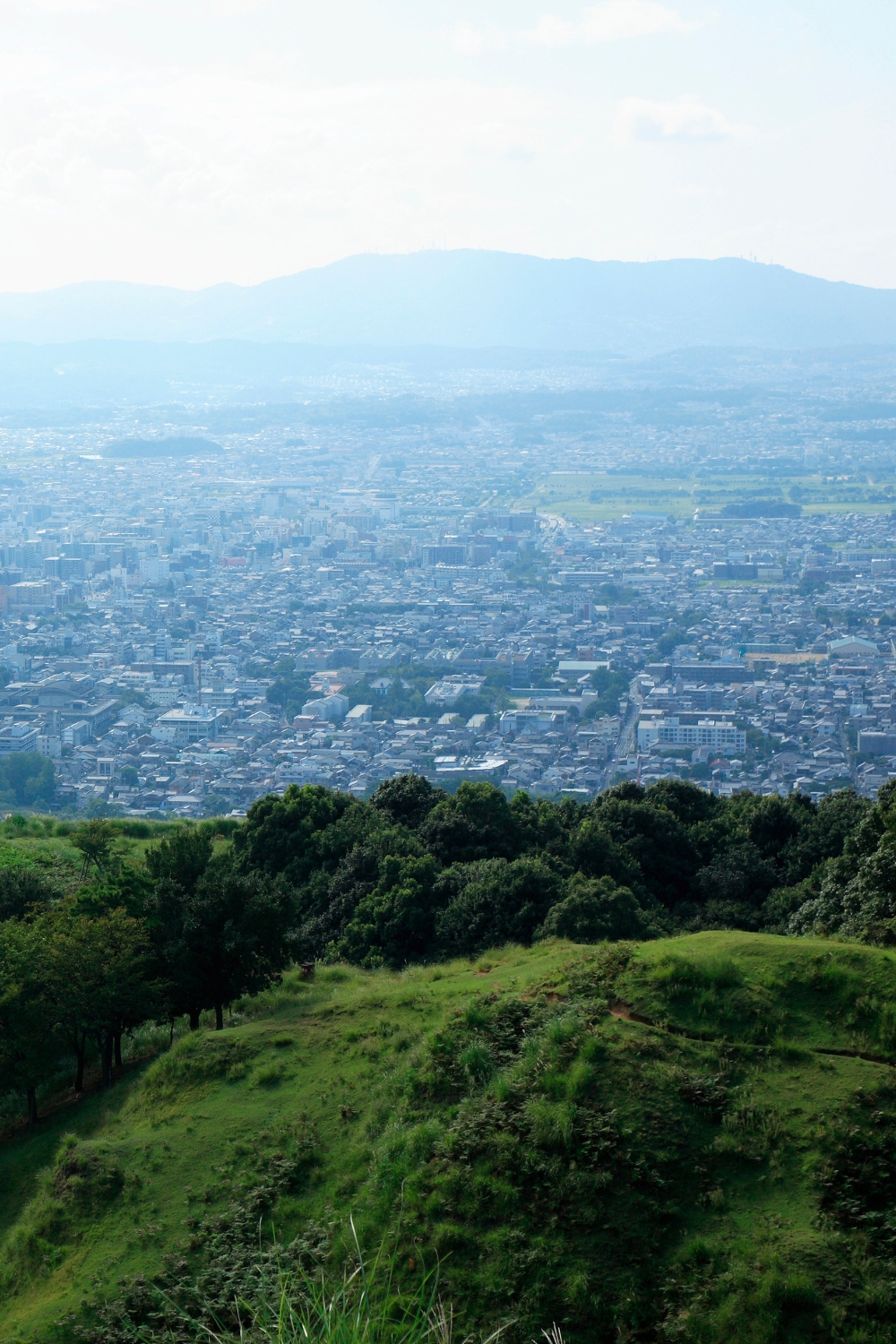Singapore, the Lion City, stands as one of Asia’s most remarkable success stories. This small island nation has transformed itself from a humble trading post into a gleaming metropolis that perfectly balances tradition with innovation, east with west, and nature with urbanization.
Located at the southern tip of the Malay Peninsula, Singapore occupies just 278 square miles but packs an incredible diversity of experiences into its compact borders. The city-state serves as a melting pot where Chinese, Malay, Indian, and Western cultures blend seamlessly, creating a unique identity that’s distinctly Singaporean.
What makes Singapore truly special is its commitment to excellence in everything from urban planning to culinary experiences. The city’s skyline showcases architectural marvels that seem to defy gravity, while its streets remain impeccably clean and safe at all hours. This dedication to quality extends to every aspect of the visitor experience, making Singapore one of the world’s most tourist-friendly destinations.
The tropical climate means Singapore is warm year-round, but the city’s innovative design incorporates cooling elements like covered walkways, underground passages, and abundant green spaces. Shopping malls, hotels, and attractions feature world-class air conditioning that provides relief from the humidity while maintaining comfort for visitors from any climate.
Singapore’s efficiency is legendary, and this extends to its tourism infrastructure. The city’s excellent public transportation system, clear English signage, and tourist-friendly policies make navigation simple even for first-time visitors. The currency is stable, credit cards are widely accepted, and the service standards consistently exceed expectations.
Let’s explore the ten most spectacular destinations that showcase why Singapore has earned its reputation as the “Garden City” and one of the world’s premier travel destinations.
1. Gardens by the Bay – Futuristic Nature Paradise
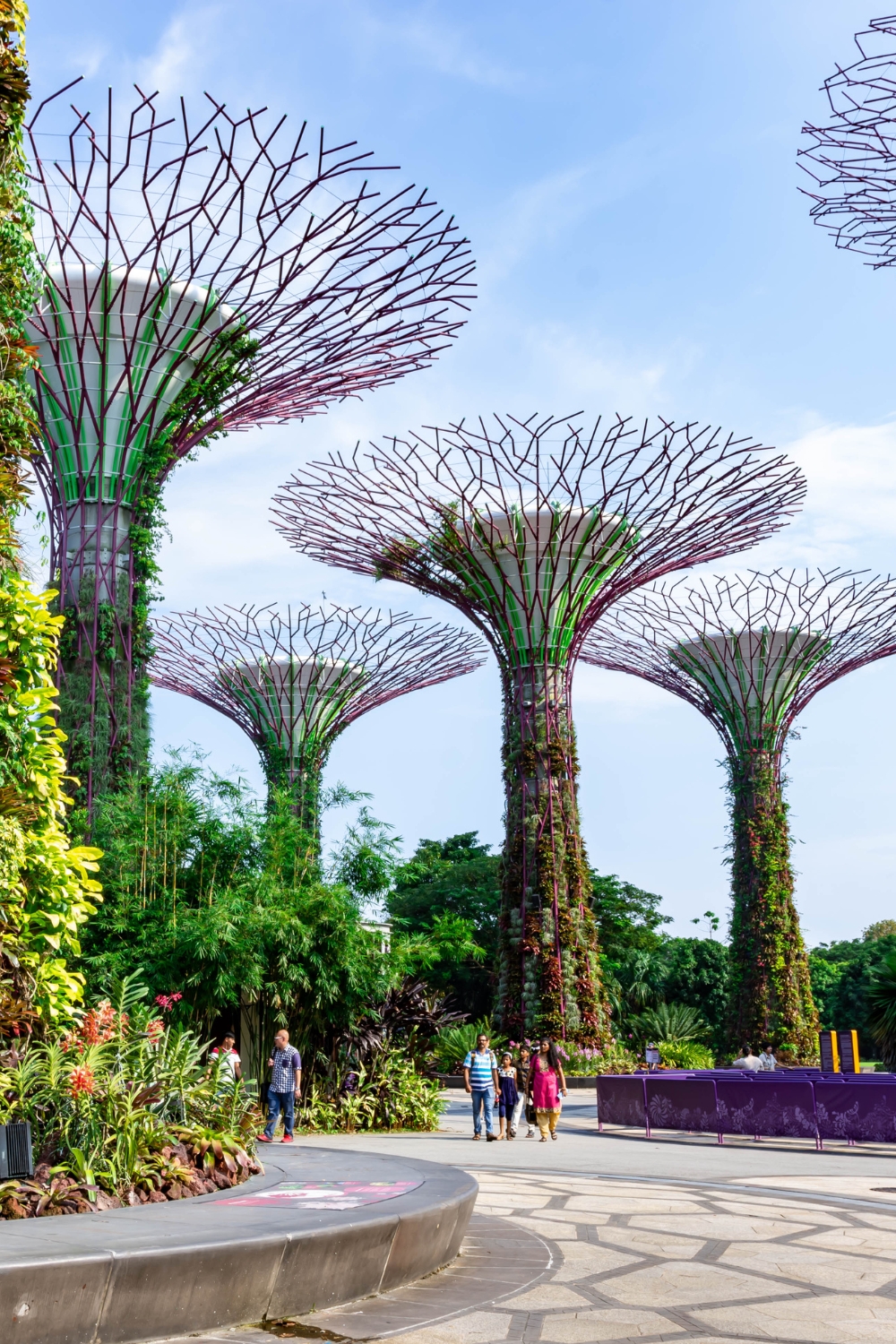
Gardens by the Bay represents Singapore’s vision of the future, where technology and nature coexist in perfect harmony. This 250-acre park showcases innovative design concepts that have redefined what urban green spaces can achieve in the 21st century.
Supertrees and Vertical Gardens
The park’s iconic Supertrees stand as vertical gardens that rise 25 to 50 meters high, creating a forest-like canopy in the heart of the city. These architectural marvels serve multiple functions: they collect rainwater, generate solar power, and provide cooling through their vertical gardens while creating one of the world’s most photographed skylines.
The OCBC Skyway connects several Supertrees at a height of 22 meters, offering breathtaking views of the Marina Bay area and the city skyline. Walking among these towering structures feels like stepping into a science fiction movie, especially during the evening light and sound show when the Supertrees illuminate in synchronized patterns.
Climate-Controlled Conservatories
The Flower Dome and Cloud Forest represent engineering marvels that recreate different climate zones within massive glass structures. The Flower Dome maintains a cool, dry climate that supports Mediterranean and semi-arid plants, while the Cloud Forest creates a misty, cool environment that houses plants from tropical mountain regions.
The Cloud Forest features the world’s tallest indoor waterfall at 35 meters, surrounded by a walking path that spirals down through different elevation zones. Each level showcases different plant species and provides educational information about mountain ecosystems and climate change.
Best time to visit: Evening for Supertree light show (7:45 PM and 8:45 PM)
Duration: 3-4 hours
Entry fee: Free for outdoor gardens, paid entry for conservatories
Must-see: Evening light show, Cloud Forest waterfall
2. Marina Bay Sands – Iconic Luxury Destination
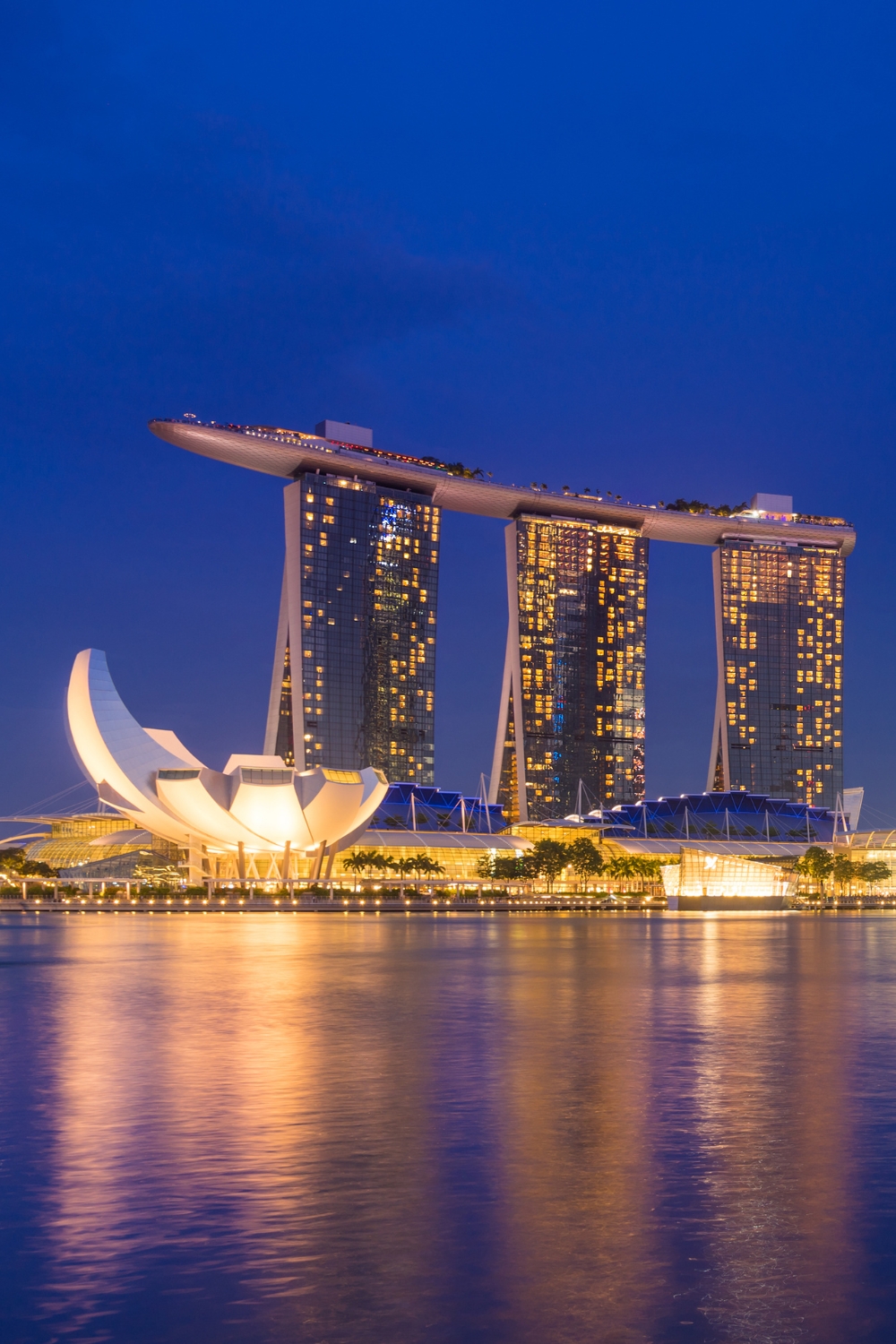
Marina Bay Sands has become Singapore’s most recognizable landmark since its opening in 2010. This integrated resort complex combines luxury accommodation, world-class shopping, fine dining, and entertainment in an architectural masterpiece that dominates the city’s skyline.
SkyPark and Infinity Pool
The resort’s most famous feature is the SkyPark, located 200 meters above ground level across the three towers. The infinity pool, exclusive to hotel guests, offers unparalleled views of the city while creating the illusion of swimming at the edge of the world.
Non-guests can access the SkyPark observation deck, which provides 360-degree views of Singapore’s landmarks including Gardens by the Bay, the Singapore Flyer, and the historic Raffles Hotel. The views are particularly spectacular during sunset when the city lights begin to twinkle.
Shopping and Entertainment Complex
The Shoppes at Marina Bay Sands spans 800,000 square feet and houses luxury brands, unique boutiques, and Singapore’s first Apple Store. The shopping experience extends beyond retail with an indoor canal complete with sampan boat rides, creating a Venice-like atmosphere in the heart of the mall.
The resort’s entertainment options include the ArtScience Museum, whose lotus-inspired architecture houses rotating exhibitions that blend art, science, and technology. The resort also features celebrity chef restaurants, a casino, and theaters that host world-class performances.
Height: 200 meters
Pool access: Hotel guests only
Observation deck: Open to public with admission fee
Best for: Luxury shopping, fine dining, panoramic views
3. Sentosa Island – Tropical Playground
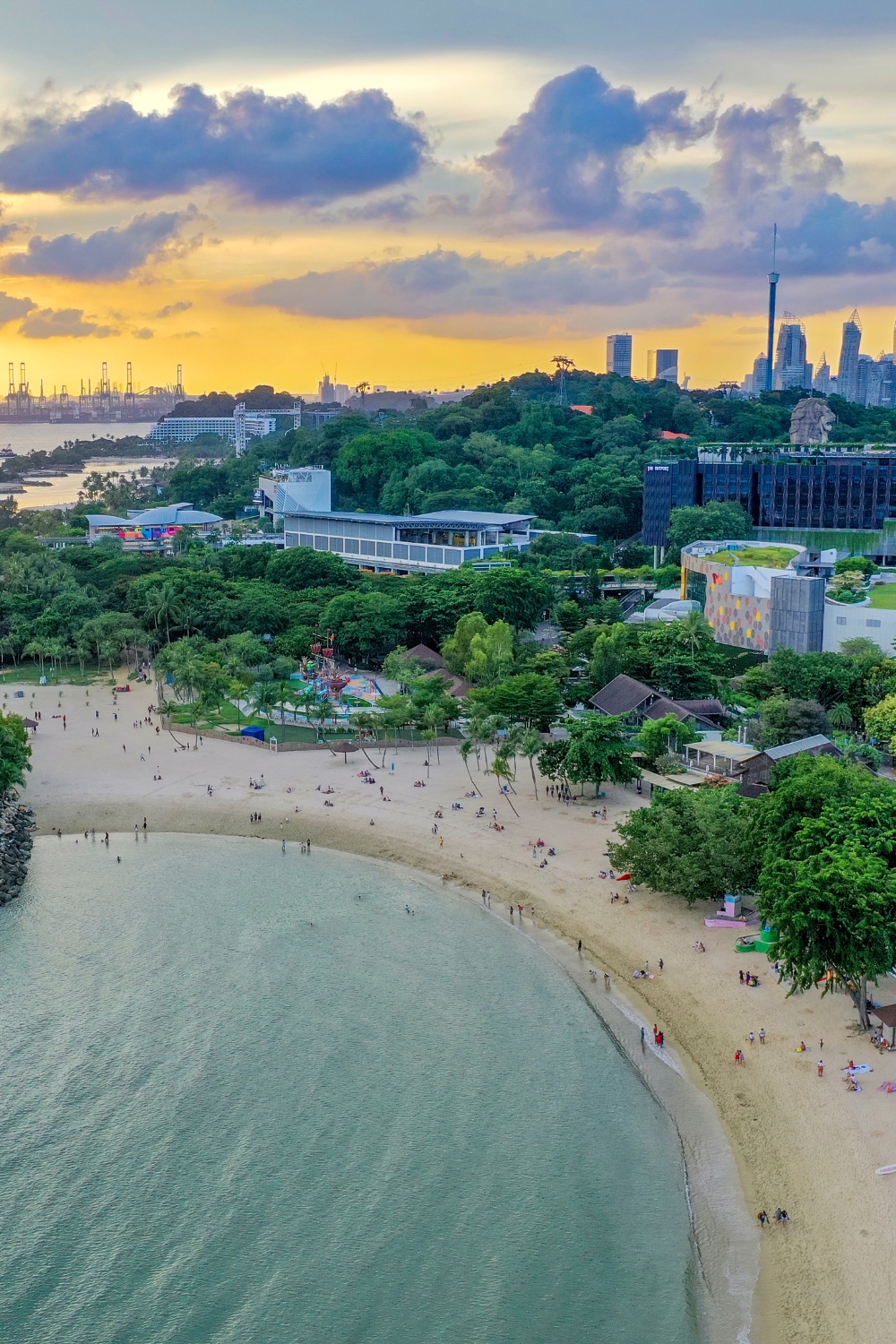
Sentosa Island serves as Singapore’s premier resort destination, offering beaches, theme parks, luxury hotels, and recreational activities just minutes from the city center. This 1,200-acre island has been transformed from a military base into a world-class leisure destination.
Universal Studios Singapore
Universal Studios Singapore brings Hollywood magic to Southeast Asia with seven themed zones featuring rides, shows, and attractions based on popular movies and TV shows. The park’s unique attractions include the world’s tallest dueling roller coasters and immersive experiences that can’t be found at other Universal parks.
The park’s compact size makes it possible to experience all major attractions in a single day, while the tropical setting adds a unique dimension to the Universal Studios experience. Special events and seasonal celebrations provide additional entertainment throughout the year.
Beach Recreation and Water Activities
Sentosa’s three beaches – Siloso, Palawan, and Tanjong – offer different atmospheres and activities. Siloso Beach caters to party-goers and water sports enthusiasts with beach bars, volleyball courts, and equipment rentals. Palawan Beach claims to be the southernmost point of continental Asia and features a suspension bridge to a small islet.
The beaches provide a tropical escape with imported sand, calm waters, and beachfront dining options. Water sports include jet skiing, parasailing, and stand-up paddleboarding, while the beaches also offer quieter spots for relaxation and sunbathing.
Getting there: Cable car, monorail, or walking from HarbourFront
Best for: Theme parks, beaches, family entertainment
Duration: Full day recommended
Highlights: Universal Studios, cable car ride, beach activities
4. Chinatown – Cultural Heritage Hub
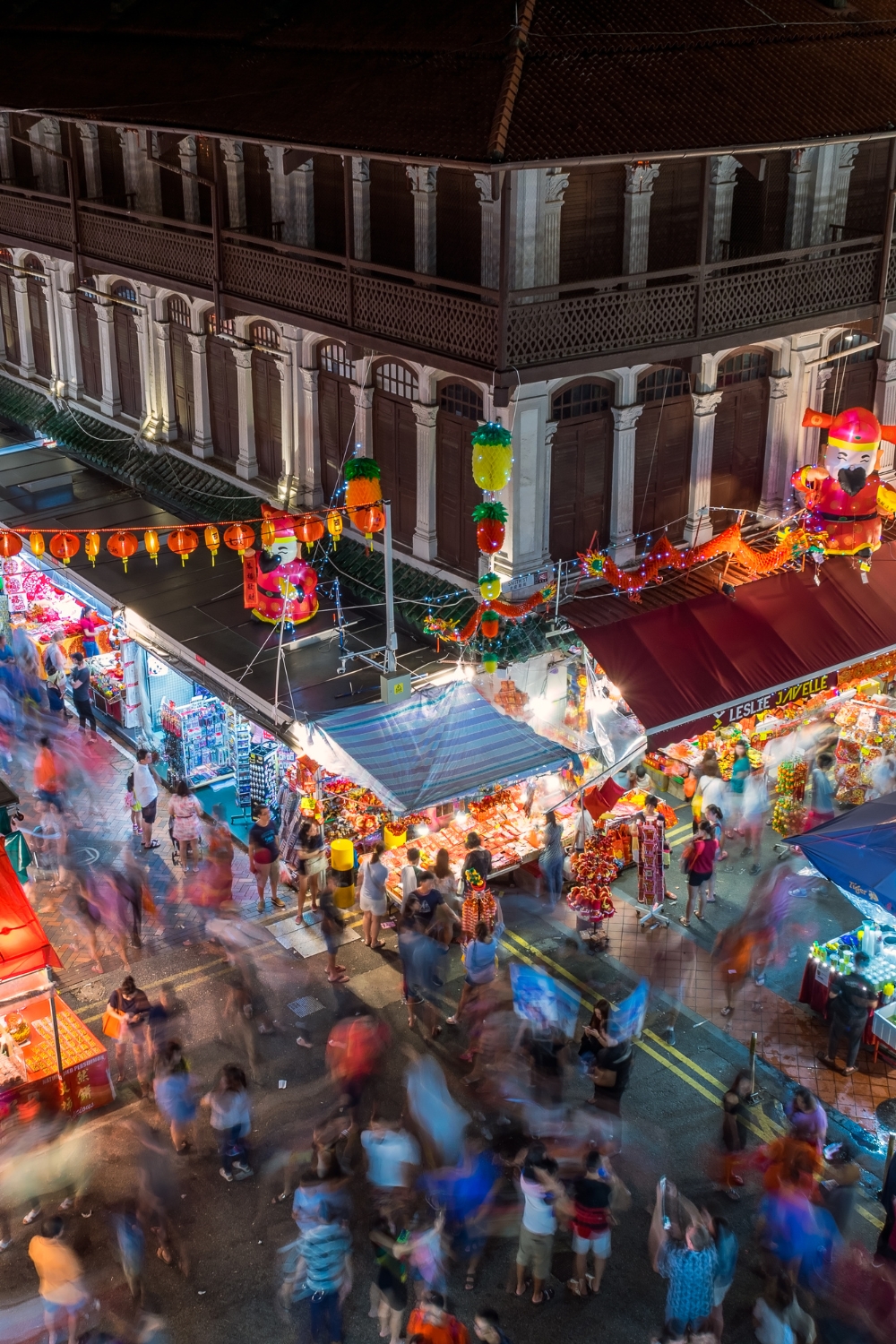
Singapore’s Chinatown preserves the city’s Chinese heritage while embracing modern development. This historic district offers a fascinating journey through traditional culture, authentic cuisine, and architectural heritage that tells the story of Singapore’s Chinese community.
Heritage Architecture and Temples
The neighborhood features beautifully preserved shophouses with ornate facades, colorful shutters, and intricate tile work that represents various architectural periods. These heritage buildings now house restaurants, boutiques, and cultural attractions that maintain the area’s authentic character.
The Buddha Tooth Relic Temple stands as Chinatown’s most impressive religious site, featuring Tang Dynasty architecture and housing what Buddhists believe to be Buddha’s tooth relic. The temple’s rooftop garden provides a peaceful retreat with traditional landscaping and city views.
Street Food and Traditional Markets
Chinatown’s hawker centers and street food stalls offer some of Singapore’s most authentic and affordable dining experiences. The Chinatown Food Street and Smith Street food centers serve everything from traditional dim sum to contemporary fusion dishes created by both veteran hawkers and young chefs.
The neighborhood’s markets sell everything from traditional Chinese medicines and tea to modern souvenirs and handicrafts. The Chinatown Street Market operates in the evenings, creating a vibrant atmosphere with bargaining opportunities and local interactions.
Best time to visit: Evening when markets are active
Must-try: Hainanese chicken rice, bak kut teh, traditional dim sum
Cultural sites: Buddha Tooth Relic Temple, Chinatown Heritage Centre
Activities: Temple visits, street food tours, souvenir shopping
5. Singapore Botanic Gardens – UNESCO World Heritage Site
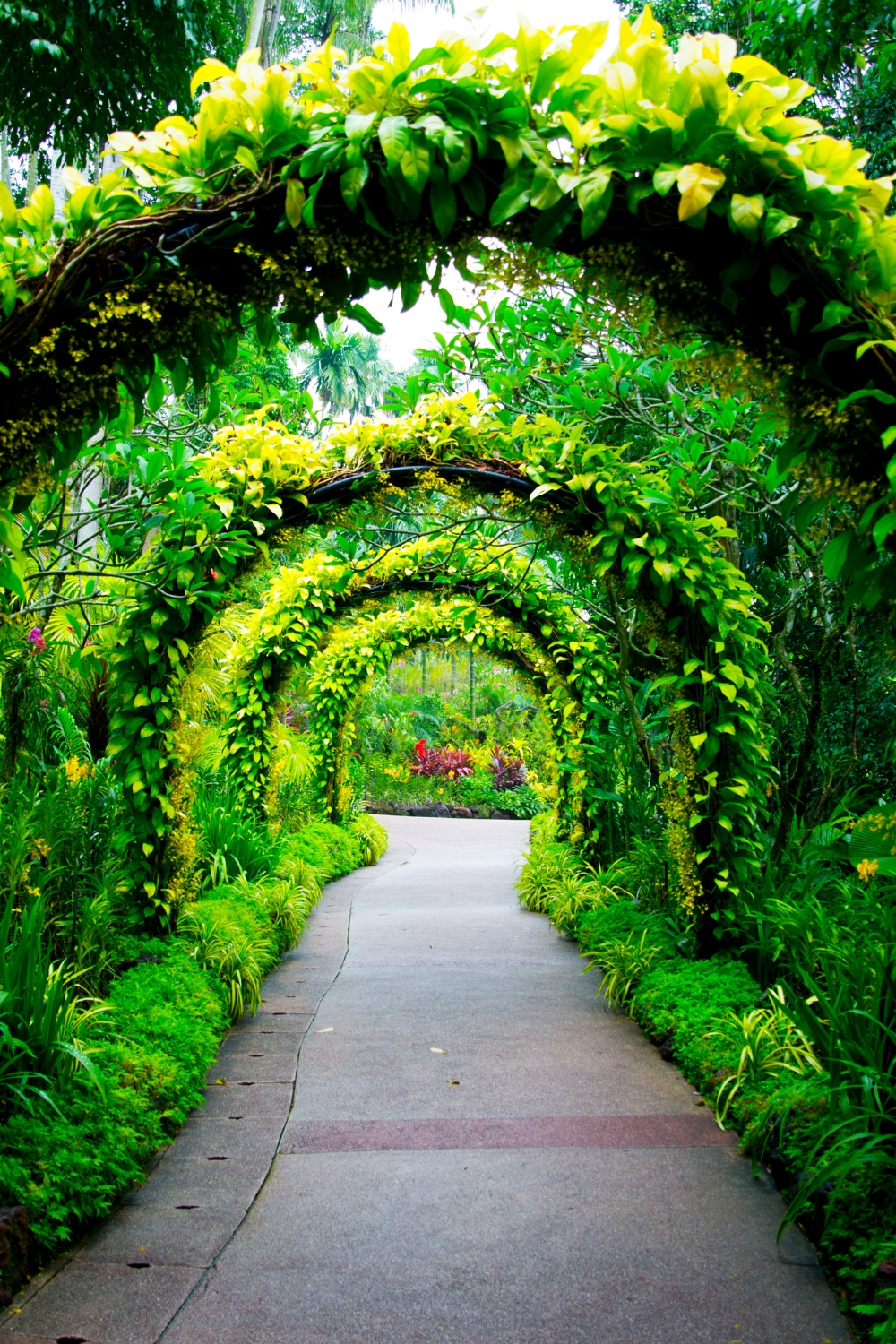
The Singapore Botanic Gardens, established in 1859, represents one of the world’s most important tropical botanical collections. This 183-acre site earned UNESCO World Heritage status in 2015, recognizing its role in botanical research and conservation.
National Orchid Garden
The National Orchid Garden within the Botanic Gardens houses the world’s largest display of tropical orchids with over 1,000 species and 2,000 hybrids. The garden’s four color zones – spring, summer, autumn, and winter – showcase different orchid varieties and create year-round blooming displays.
The VIP Orchid Garden features orchids named after visiting dignitaries and celebrities, creating a unique combination of horticulture and diplomatic history. The garden’s breeding program has produced numerous award-winning hybrids that are displayed throughout the facility.
Heritage Trees and Rainforest
The gardens preserve Singapore’s original rainforest ecosystem, including heritage trees that are over 150 years old. The primary rainforest area provides a glimpse into Singapore’s natural heritage before urban development transformed the landscape.
Walking trails wind through different botanical zones, from formal gardens to wild rainforest areas. The gardens serve as both a recreational space for locals and an educational resource for visitors interested in tropical botany and conservation.
Entry fee: Free for main gardens, paid entry for Orchid Garden
Best time: Early morning when it’s cooler
Duration: 2-3 hours
Educational value: Botanical conservation, tropical ecosystems
6. Clarke Quay – Riverside Entertainment District
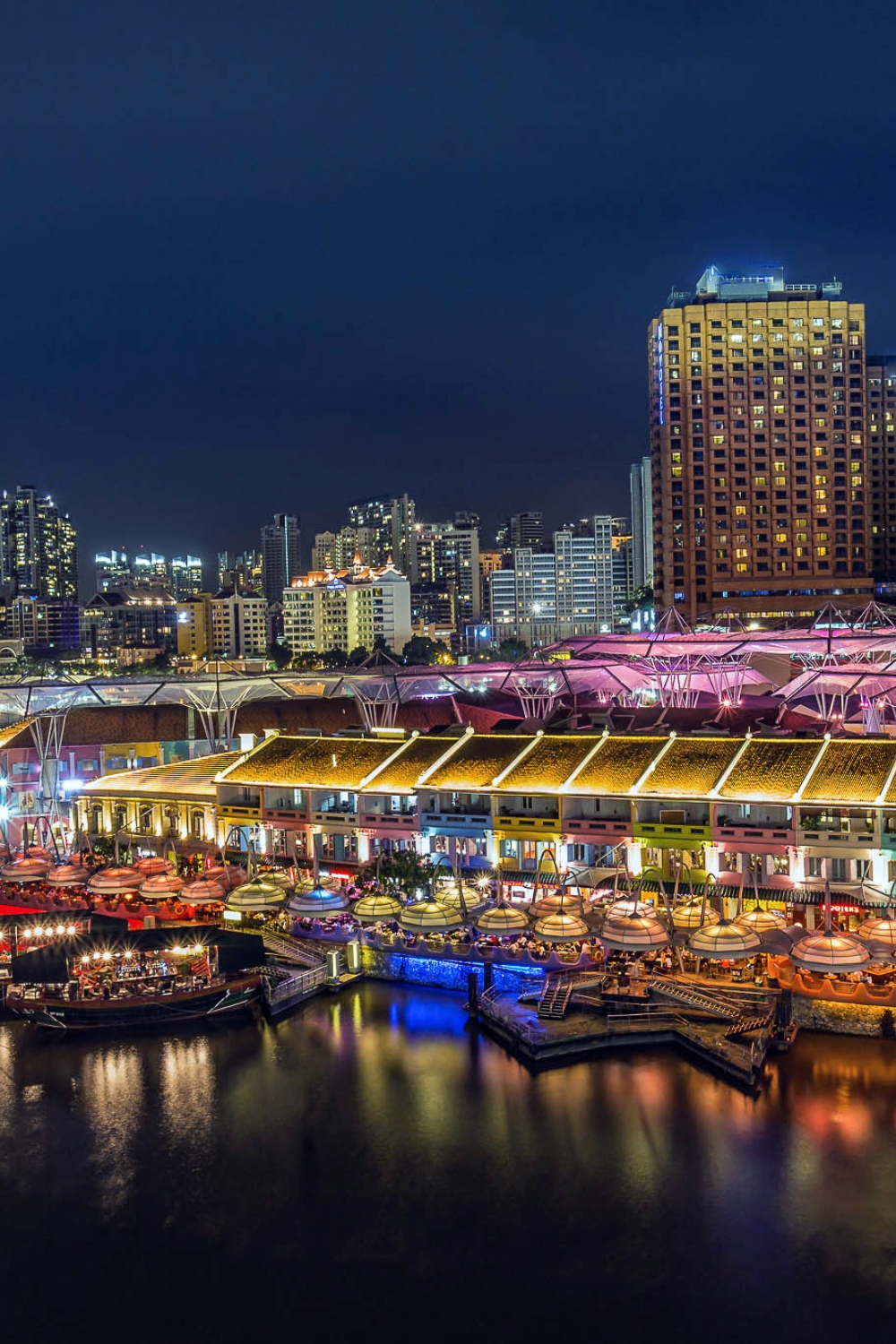
Clarke Quay transforms Singapore’s historic riverside into a vibrant entertainment district that combines heritage preservation with modern nightlife. This pedestrian-only area along the Singapore River offers dining, shopping, and entertainment in a unique setting.
Historic Shophouses and Modern Entertainment
The district features restored 19th-century shophouses that now house restaurants, bars, and clubs. The colorful facades and traditional architecture create an Instagram-worthy backdrop for Singapore’s most active nightlife scene.
The area’s transformation from a traditional trading post to an entertainment district represents Singapore’s ability to preserve history while embracing modern development. The result is a unique atmosphere that appeals to both history enthusiasts and nightlife seekers.
River Cruises and Dining
Clarke Quay serves as a departure point for Singapore River cruises that provide unique perspectives on the city’s landmarks. These boat tours showcase Singapore’s transformation from a trading port to a modern metropolis while passing historic sites and contemporary developments.
The district’s restaurants offer everything from traditional Singaporean dishes to international cuisine, with many featuring outdoor seating that overlooks the river. The dining options range from casual hawker-style food courts to upscale establishments with celebrity chefs.
Best time to visit: Evening and night
Activities: River cruises, dining, nightlife
Atmosphere: Historic charm meets modern entertainment
Getting there: MRT to Clarke Quay station
7. Little India – Authentic Cultural Experience
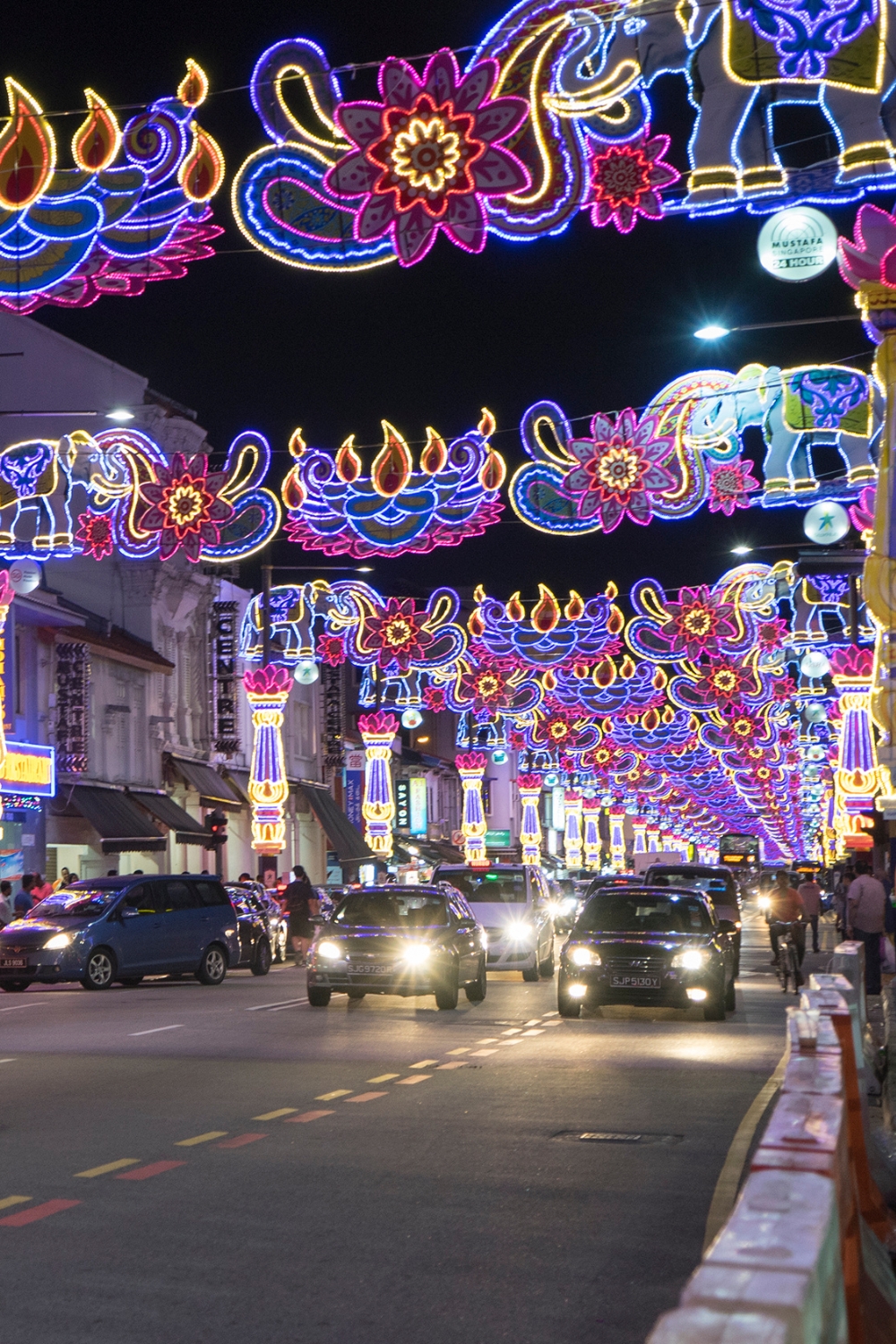
Little India preserves Singapore’s Indian heritage in a vibrant district that assaults the senses with colors, aromas, and sounds that transport visitors to the Indian subcontinent. This neighborhood offers authentic cultural experiences that showcase the diversity of Singapore’s Indian community.
Temples and Religious Sites
The Sri Veeramakaliamman Temple serves as Little India’s most important Hindu temple, dedicated to the goddess Kali. The temple’s colorful gopuram (tower) features intricate sculptures and serves as a landmark visible throughout the neighborhood.
The area also houses the Sri Srinivasa Perumal Temple, which plays an important role in the annual Thaipusam festival. These active temples welcome visitors respectfully and provide insight into Hindu religious practices and architecture.
Shopping and Authentic Cuisine
Little India’s shops sell everything from traditional Indian clothing and jewelry to spices, sweets, and religious items. The 24-hour shopping culture means many stores remain open late, creating a bustling atmosphere that mirrors Indian cities.
The neighborhood’s restaurants serve authentic Indian cuisine from various regions, including South Indian vegetarian dishes, North Indian curries, and street food favorites like prata and biryani. The authentic flavors and affordable prices make Little India a favorite among locals and tourists alike.
Best time to visit: Evening when shops are busy
Must-try: Fish head curry, prata, traditional sweets
Cultural sites: Hindu temples, Indian heritage center
Shopping: Traditional Indian goods, spices, textiles
8. Merlion Park – Singapore’s National Symbol
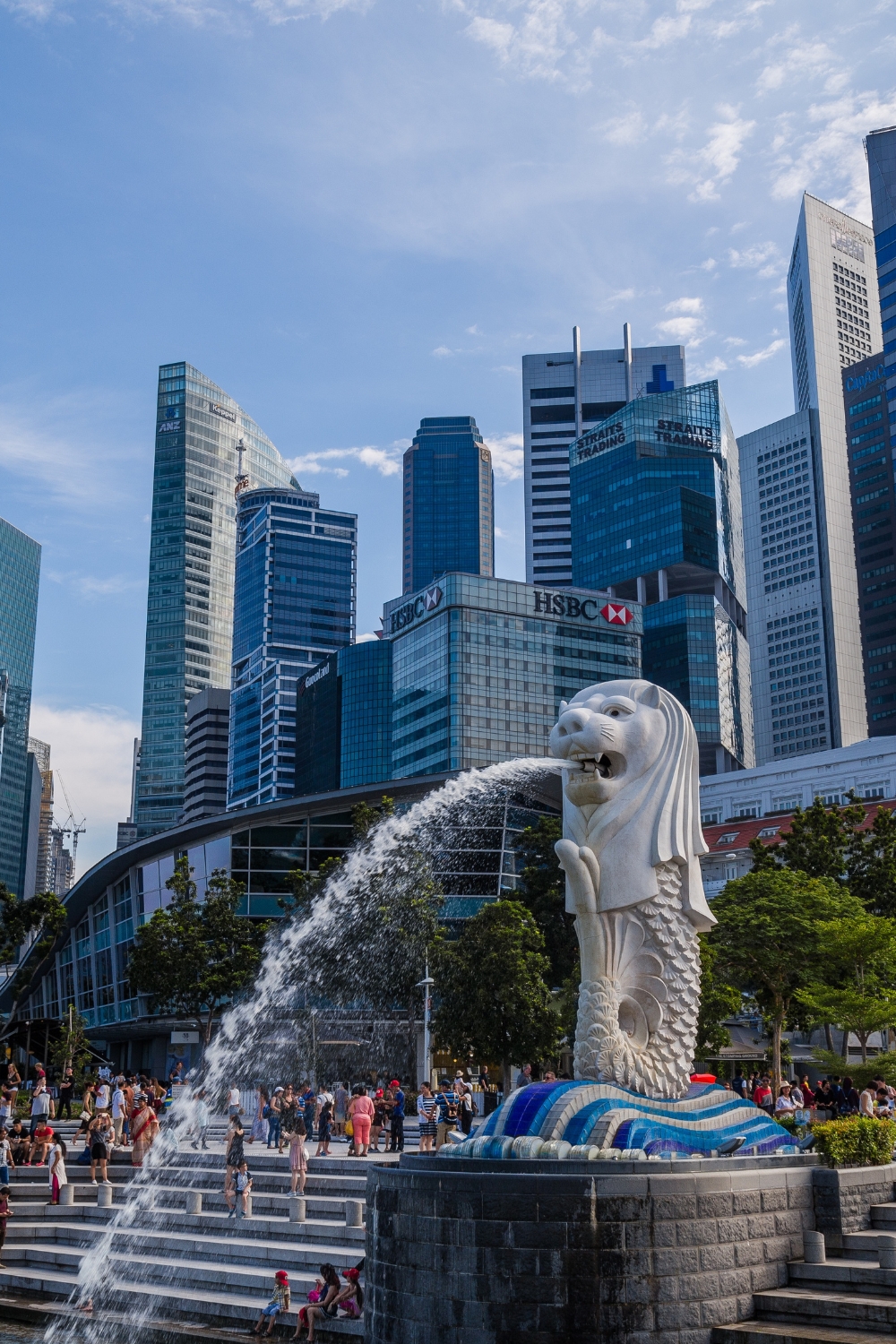
The Merlion, Singapore’s national symbol, stands proudly at Merlion Park overlooking Marina Bay. This mythical creature with a lion’s head and fish’s body represents Singapore’s origins as a fishing village and its transformation into the “Lion City.”
Iconic Photography and City Views
The 8.6-meter tall Merlion statue provides one of Singapore’s most popular photo opportunities, with Marina Bay Sands and the city skyline creating a perfect backdrop. The statue’s water spout adds a dynamic element to photographs, especially when captured with the urban landscape.
The park’s waterfront location offers unobstructed views of Marina Bay’s landmarks, including the Singapore Flyer, ArtScience Museum, and the Esplanade theaters. The area serves as an excellent vantage point for understanding Singapore’s urban development and architectural achievements.
Historical Significance and Cultural Importance
The Merlion represents Singapore’s transformation from Temasek (Sea Town) to Singapura (Lion City), combining the maritime heritage with the legendary lion sighting that gave the city its name. The symbol appears throughout Singapore on everything from official documents to tourist souvenirs.
The park itself sits on reclaimed land that demonstrates Singapore’s ongoing land reclamation projects. The location provides insight into how Singapore continues to expand its territory through innovative engineering and urban planning.
Best time for photos: Early morning or late afternoon
Duration: 30-45 minutes
Nearby attractions: Marina Bay Sands, Gardens by the Bay
Cultural significance: National symbol, historical representation
9. Orchard Road – Shopping Paradise
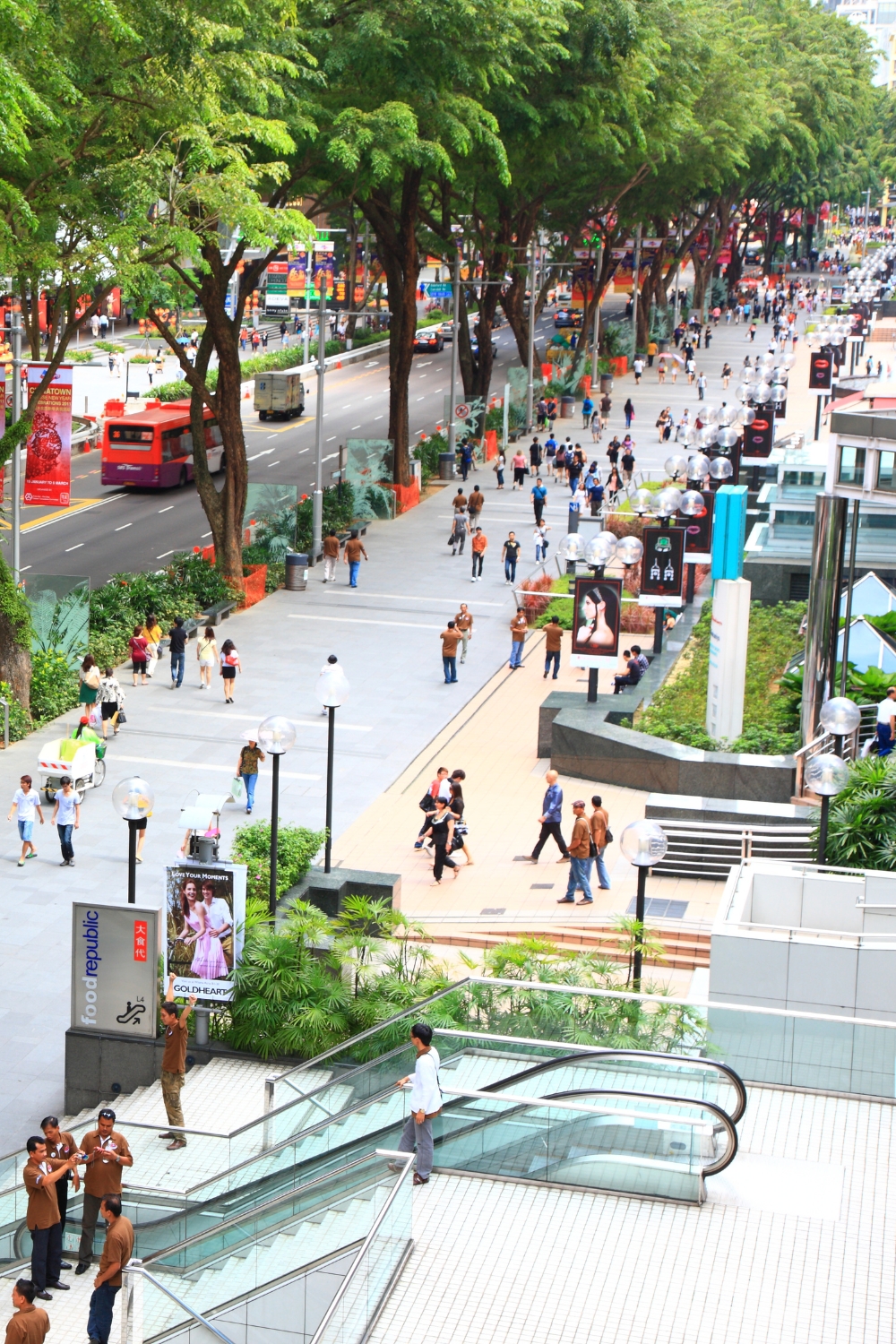
Orchard Road stands as Singapore’s premier shopping destination, stretching for 2.2 kilometers and featuring more than 5,000 retail stores in air-conditioned comfort. This shopping belt caters to every budget and style preference, from luxury boutiques to affordable fashion chains.
Luxury Shopping and International Brands
The street houses flagship stores of international luxury brands, including multi-level concept stores that can’t be found elsewhere in Southeast Asia. ION Orchard, Takashimaya, and Ngee Ann City represent the pinnacle of luxury shopping with carefully curated brand selections and exclusive merchandise.
The shopping experience extends beyond retail with personal shopping services, tax-free shopping for tourists, and seasonal sales that attract bargain hunters from across the region. The concentration of luxury brands makes Orchard Road a significant destination for high-end shopping tourism.
Diverse Shopping Options and Entertainment
Beyond luxury shopping, Orchard Road offers options for every budget. From the affordable finds at Lucky Plaza to the trendy selections at 313@Somerset, the street caters to diverse shopping preferences and demographics.
The area’s entertainment options include cinemas, art galleries, and rooftop bars that provide breaks from shopping. The street’s underground network connects major malls and MRT stations, allowing comfortable shopping even during Singapore’s tropical downpours.
Best time to visit: Weekday mornings for less crowds
Transportation: Multiple MRT stations along the route
Shopping range: Luxury to budget options
Duration: Half day to full day
10. Singapore Zoo – World-Class Wildlife Experience
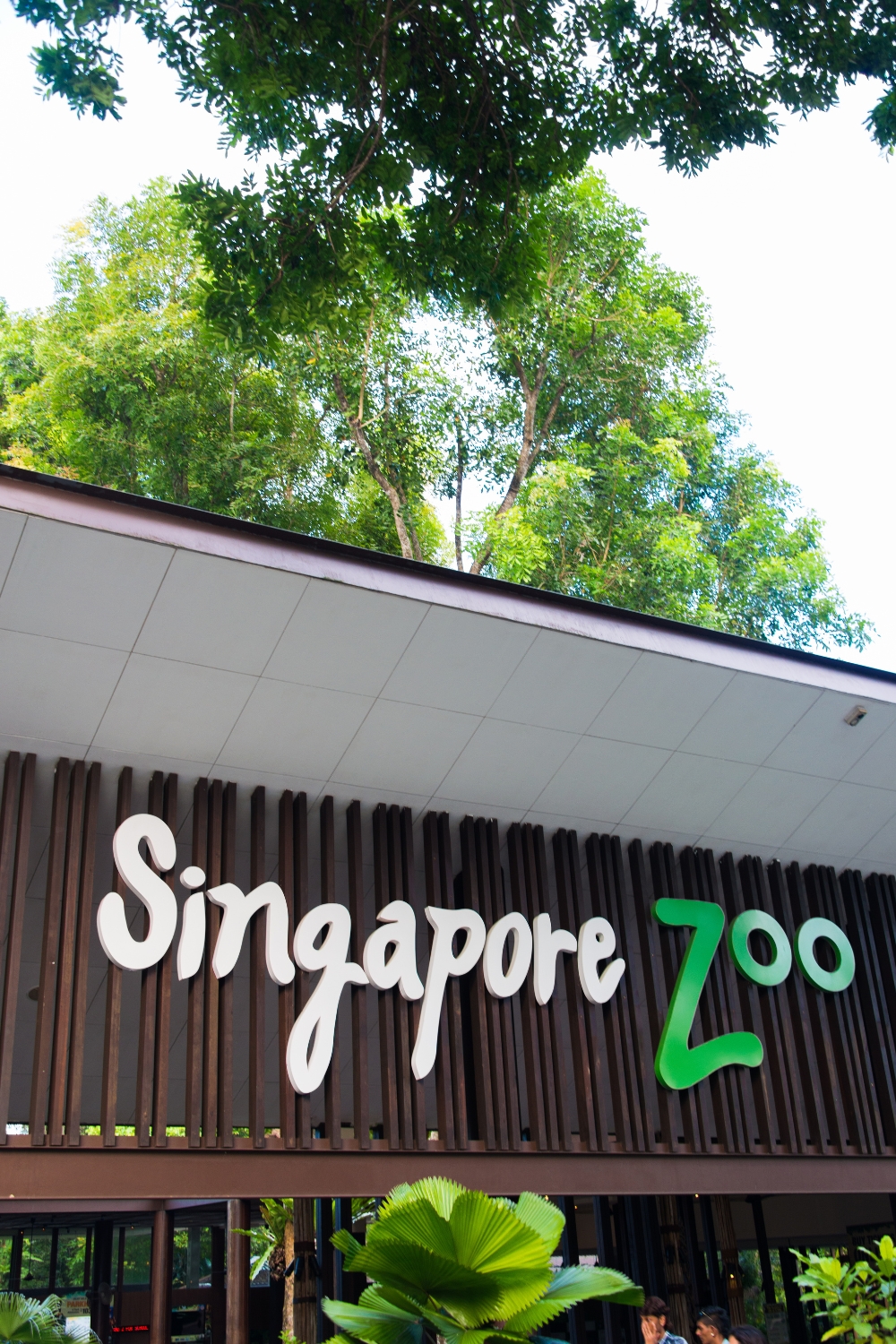
Singapore Zoo has earned international recognition as one of the world’s best zoos through its commitment to conservation, education, and animal welfare. The 64-acre facility houses over 2,800 animals representing more than 300 species in environments that prioritize both animal well-being and visitor experience.
Open-Concept Design and Natural Habitats
The zoo’s revolutionary open-concept design minimizes barriers between animals and visitors while ensuring safety and animal welfare. Natural barriers like moats, glass panels, and vegetation create immersive experiences that allow close encounters with wildlife.
The Fragile Forest biodome recreates a rainforest environment where visitors walk through free-ranging butterflies, lemurs, and other small animals. This interactive experience provides education about rainforest ecosystems and conservation challenges.
Conservation Programs and Educational Value
Singapore Zoo participates in international breeding programs for endangered species and conducts research that contributes to global conservation efforts. The facility serves as both a recreational destination and an educational resource about wildlife conservation.
Interactive shows and feeding sessions provide entertainment while educating visitors about animal behavior and conservation needs. The zoo’s commitment to education extends to school programs and public outreach that promote environmental awareness.
Best time to visit: Early morning when animals are most active
Duration: 4-6 hours
Educational programs: Animal shows, feeding sessions
Conservation focus: Endangered species breeding programs
Planning Your Singapore Adventure
Getting Around Singapore
Singapore’s public transportation system ranks among the world’s best, with the MRT (Mass Rapid Transit) system connecting all major attractions efficiently and affordably. The network’s clear English signage and user-friendly design make navigation simple for first-time visitors.
The Singapore Tourist Pass offers unlimited travel on public transport and includes discounts at major attractions. Taxis and ride-sharing services provide convenient options for direct transport, while the city’s walkable design makes exploring on foot both safe and enjoyable.
Best Time to Visit
Singapore’s tropical climate means warm weather year-round, but certain periods offer advantages for different activities. The dry season (February-April) provides the most comfortable weather for outdoor activities, while the shopping season (May-July) features major sales and promotions.
The city’s indoor attractions remain comfortable year-round thanks to excellent air conditioning, making Singapore a destination that can be enjoyed in any season. Rain is frequent but usually brief, and the city’s covered walkways and underground passages minimize weather-related disruptions.
Cultural Considerations and Local Customs
Singapore’s multicultural society creates a welcoming environment for visitors from all backgrounds. The city’s strict laws regarding cleanliness, noise, and public behavior ensure a safe and pleasant experience for everyone.
English serves as the primary language for tourism, though learning basic phrases in Mandarin, Malay, or Tamil can enhance cultural interactions. The local custom of removing shoes before entering certain religious sites and homes should be respected.
Budget Planning and Money-Saving Tips
Singapore offers options for every budget, from affordable hawker centers to luxury fine dining experiences. The city’s efficient public transport system and abundance of free attractions help keep costs manageable for budget-conscious travelers.
Many attractions offer combination tickets or tourist passes that provide significant savings for multiple visits. The city’s commitment to tourism means excellent value for money across all price ranges.
Conclusion
Singapore proves that small size doesn’t limit big dreams. This island nation has created a destination that successfully balances efficiency with charm, tradition with innovation, and urban sophistication with natural beauty. Each of these ten must-visit places represents a different facet of Singapore’s multifaceted identity.
From the futuristic Gardens by the Bay to the traditional shophouses of Chinatown, from the luxury of Marina Bay Sands to the authentic flavors of Little India, Singapore offers experiences that cater to every interest and travel style. The city’s commitment to excellence ensures that each attraction maintains world-class standards while preserving its unique character.
What makes Singapore truly special as a travel destination is its accessibility and efficiency. The compact size makes it possible to experience multiple attractions in a single day, while the excellent infrastructure ensures smooth transitions between different areas and activities. The city’s safety, cleanliness, and tourist-friendly policies create an environment where visitors can focus on enjoying their experiences rather than worrying about logistics.
Singapore’s success as a tourist destination stems from its ability to offer both familiar comforts and exotic experiences. International visitors find familiar brands and services alongside unique cultural experiences that can’t be found elsewhere. This balance makes Singapore an ideal destination for both first-time visitors to Asia and experienced travelers seeking new perspectives.
The Lion City continues to evolve and innovate, with new attractions and experiences constantly being developed. However, the ten destinations highlighted in this guide represent the essential Singapore experience – a perfect introduction to a city that has mastered the art of creating memorable travel experiences.
Whether you’re interested in cutting-edge architecture, cultural immersion, culinary adventures, or family-friendly entertainment, Singapore delivers experiences that will exceed your expectations and leave you planning your return visit before you’ve even left.
